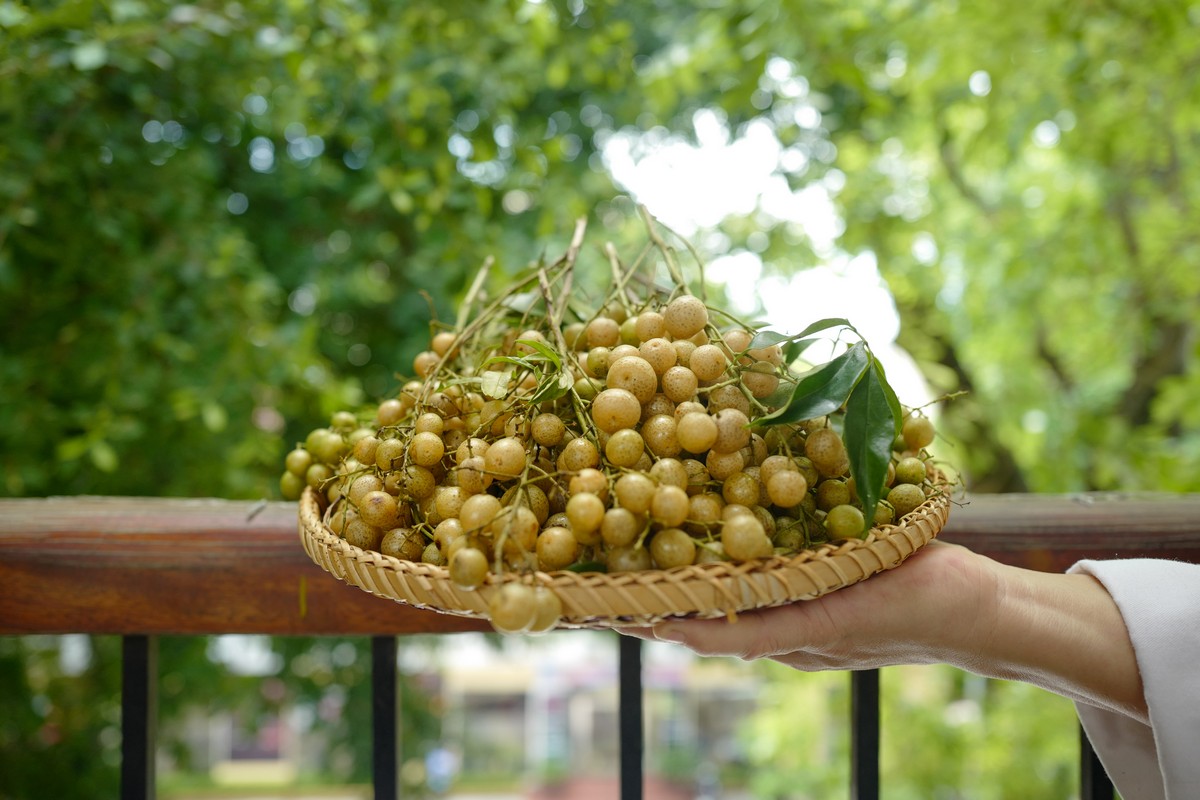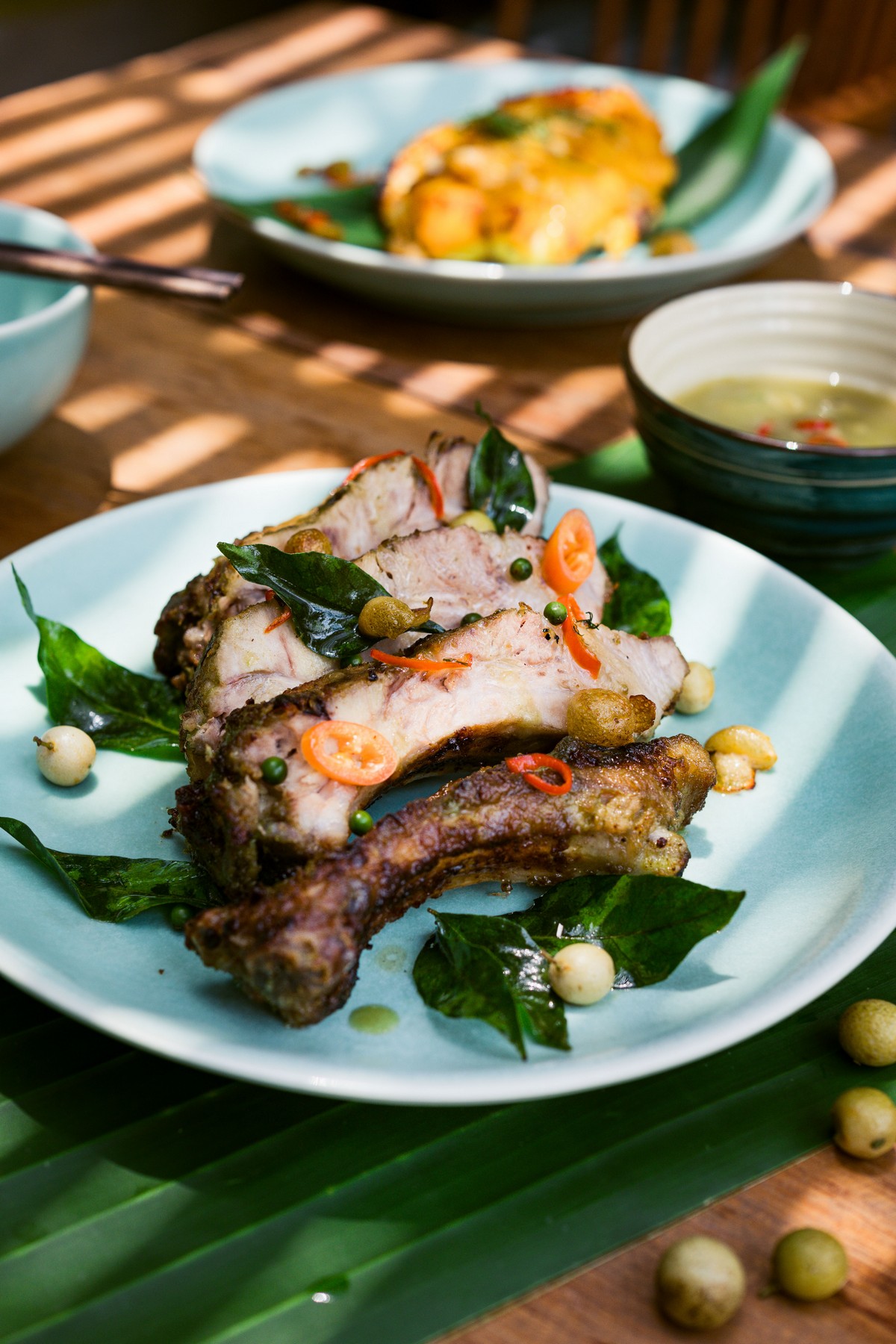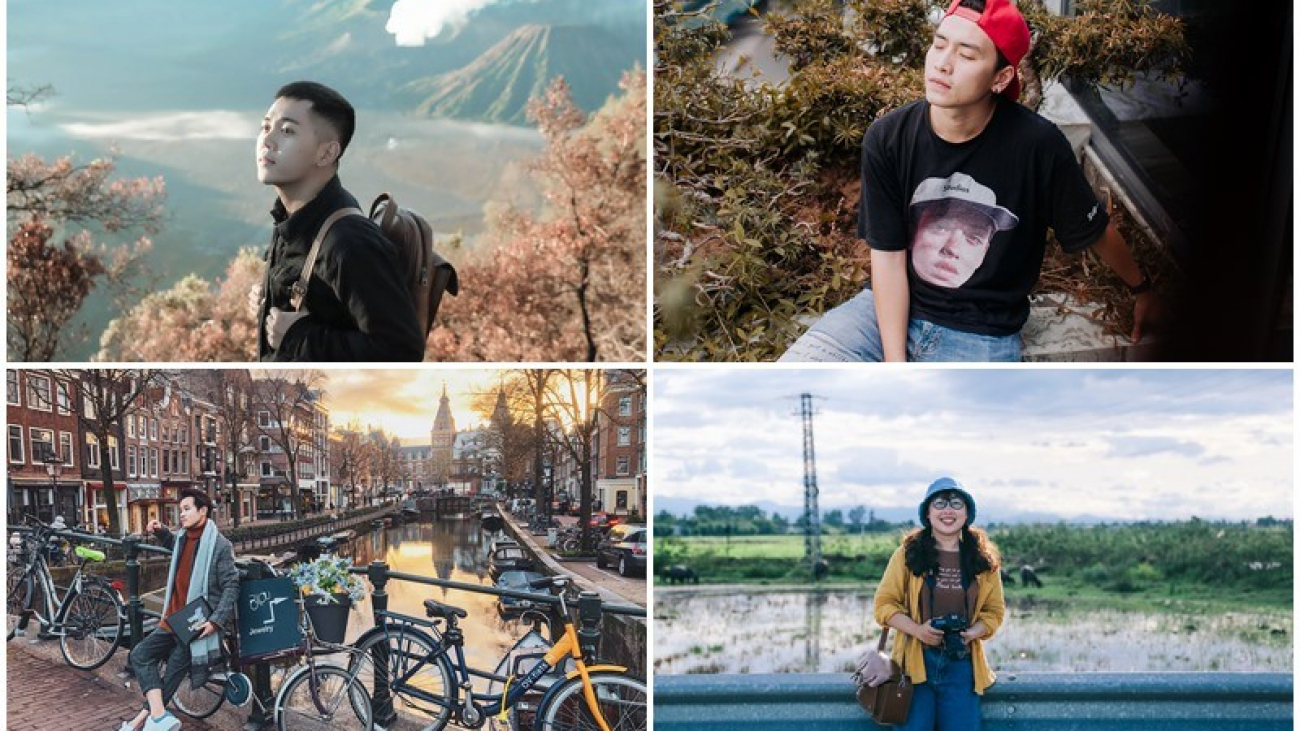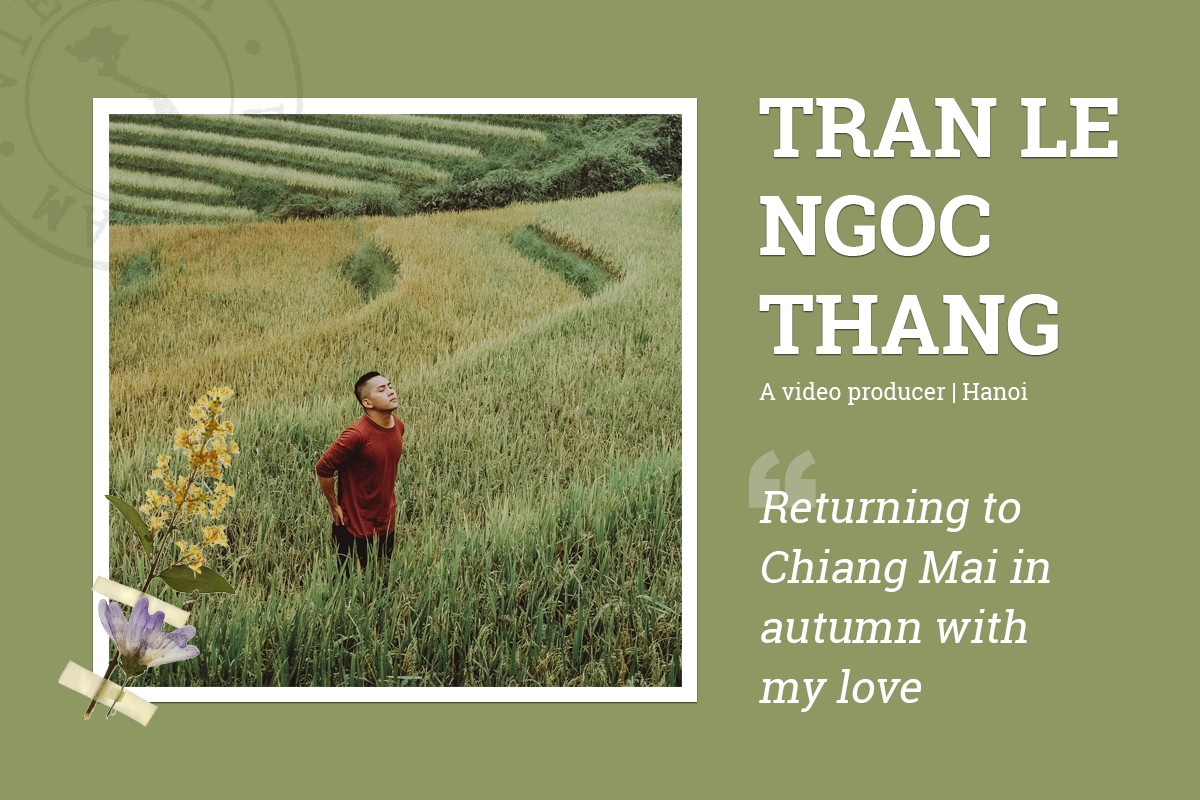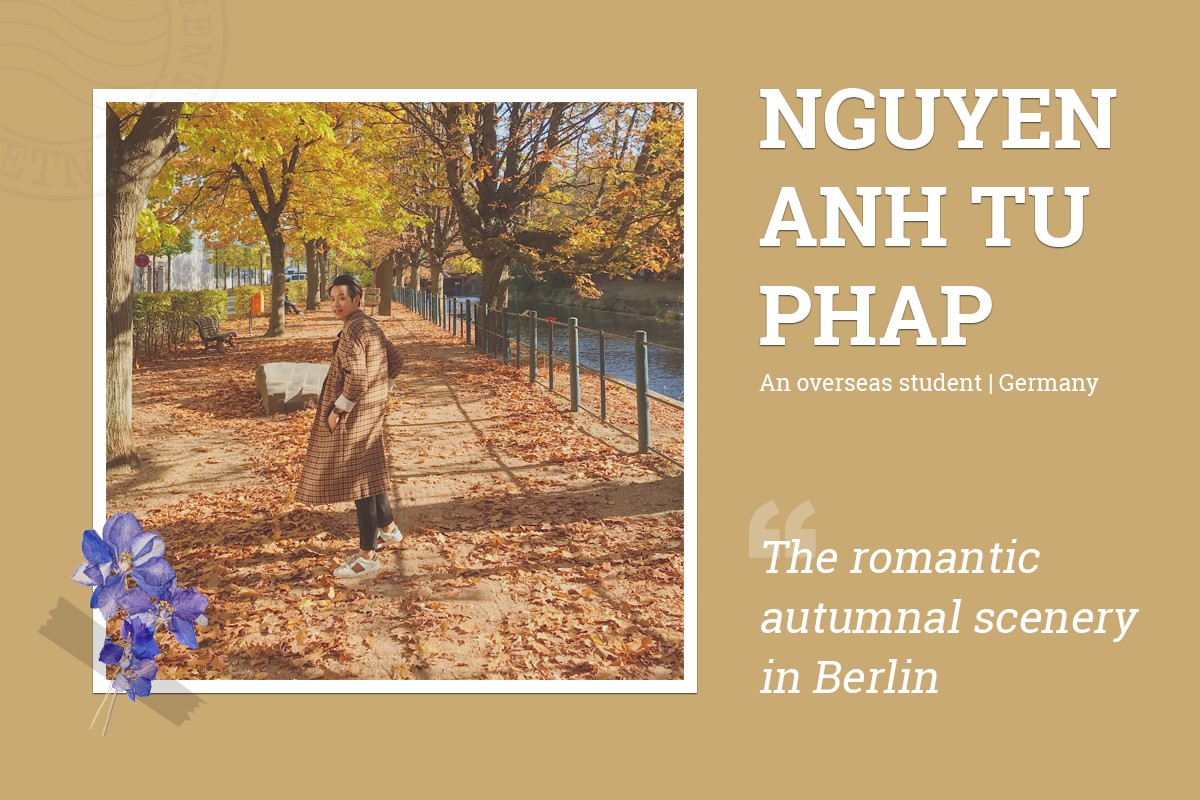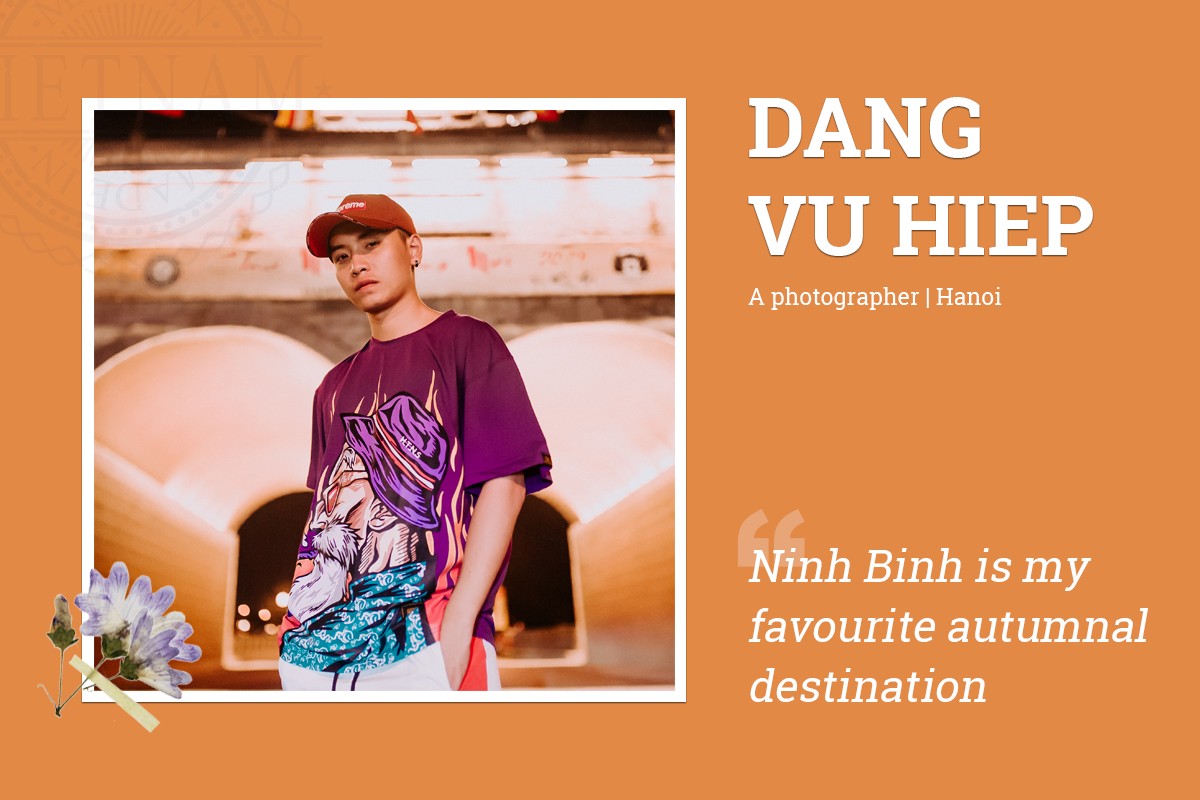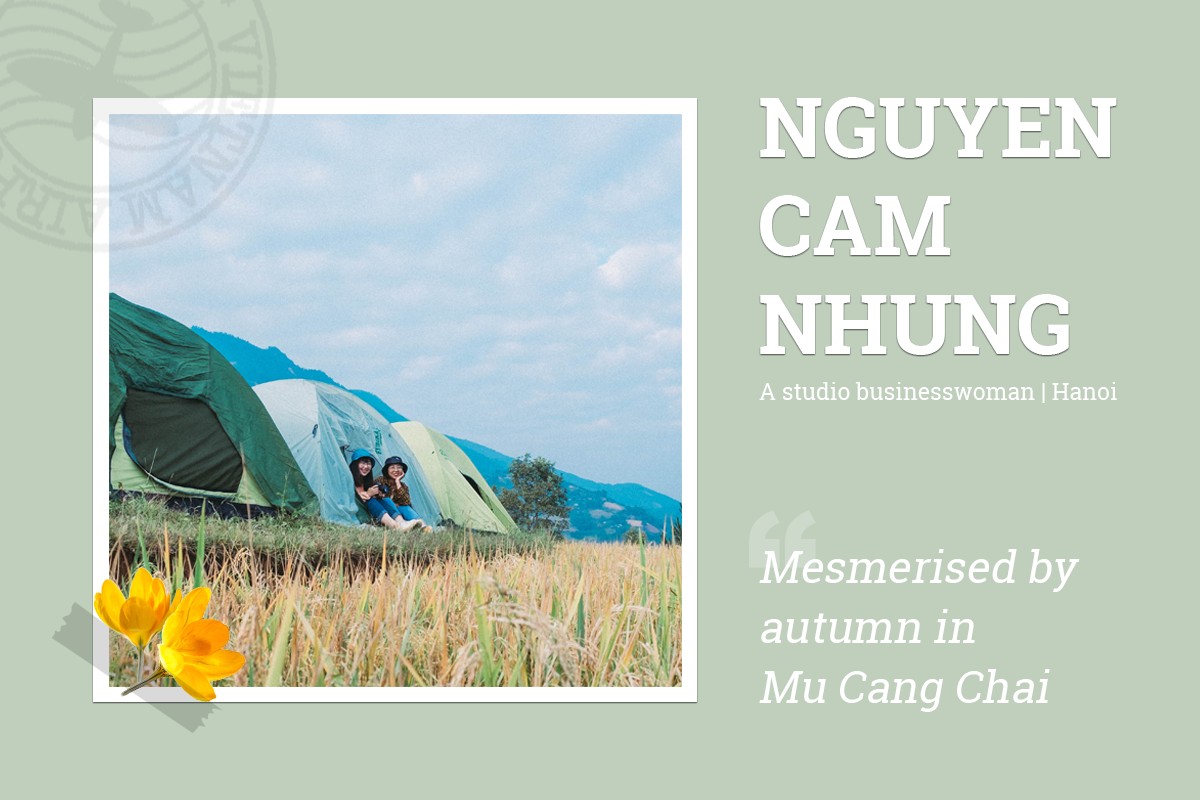I am always in love with the markets, especially the Vietnamese markets because I seem to relive an amazing variety of homeland memories through my trips to there. It is undeniable that Vietnamese cultural life has always been closely tied to the markets. From early childhood, we would go to the markets with our mothers and grandmothers.
[rpi]
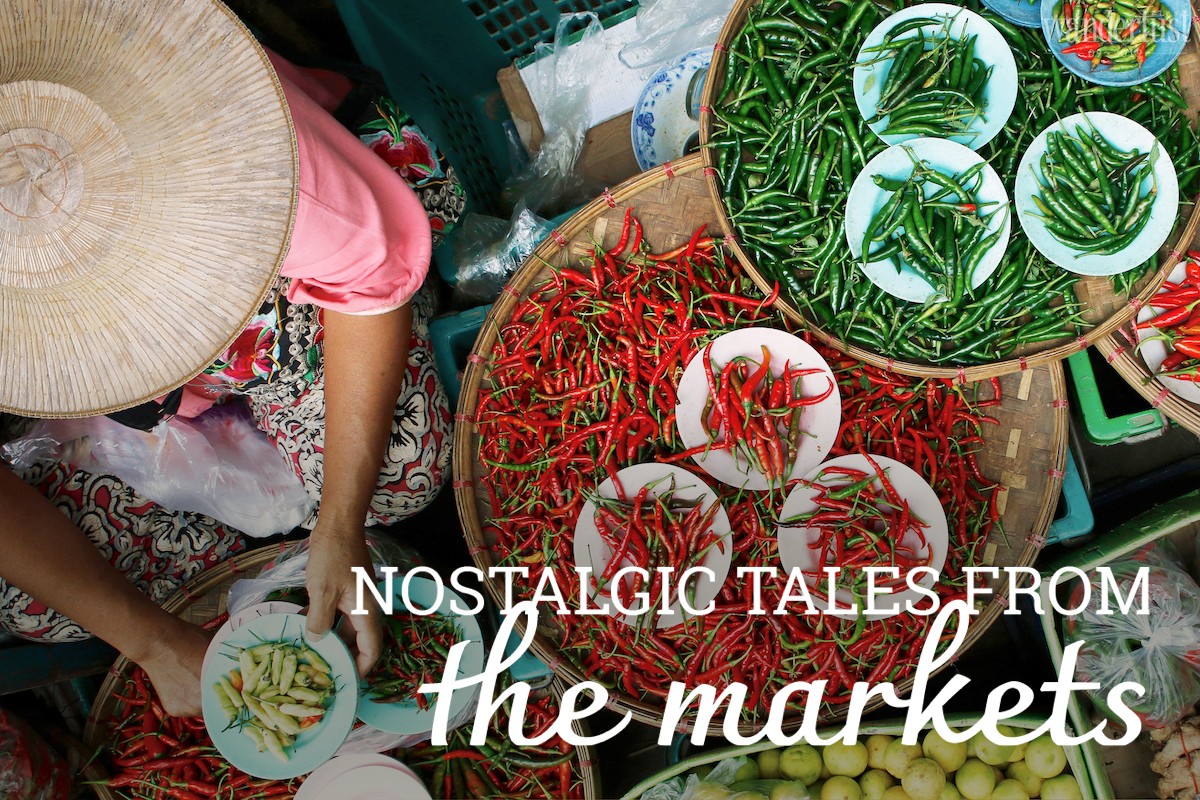
We visited many different types of markets, for instance, the clearly named indoor markets and the spontaneous markets that popped up along the roadside – those were the ones that attracted street vendors. Obviously, we are familiar with going to the markets during the Tet holidays. Tet markets differ significantly depending on regional culture, but no matter how much they change, the markets for Tet retain their buzzing atmosphere and hold many happy memories for both traders and shoppers. The markets are home to a cacophony of sounds, potent smells, chaos of items, an abundance of colours and the fluctuating change of seasons.
MY CHILDHOOD IN THE MARKETS
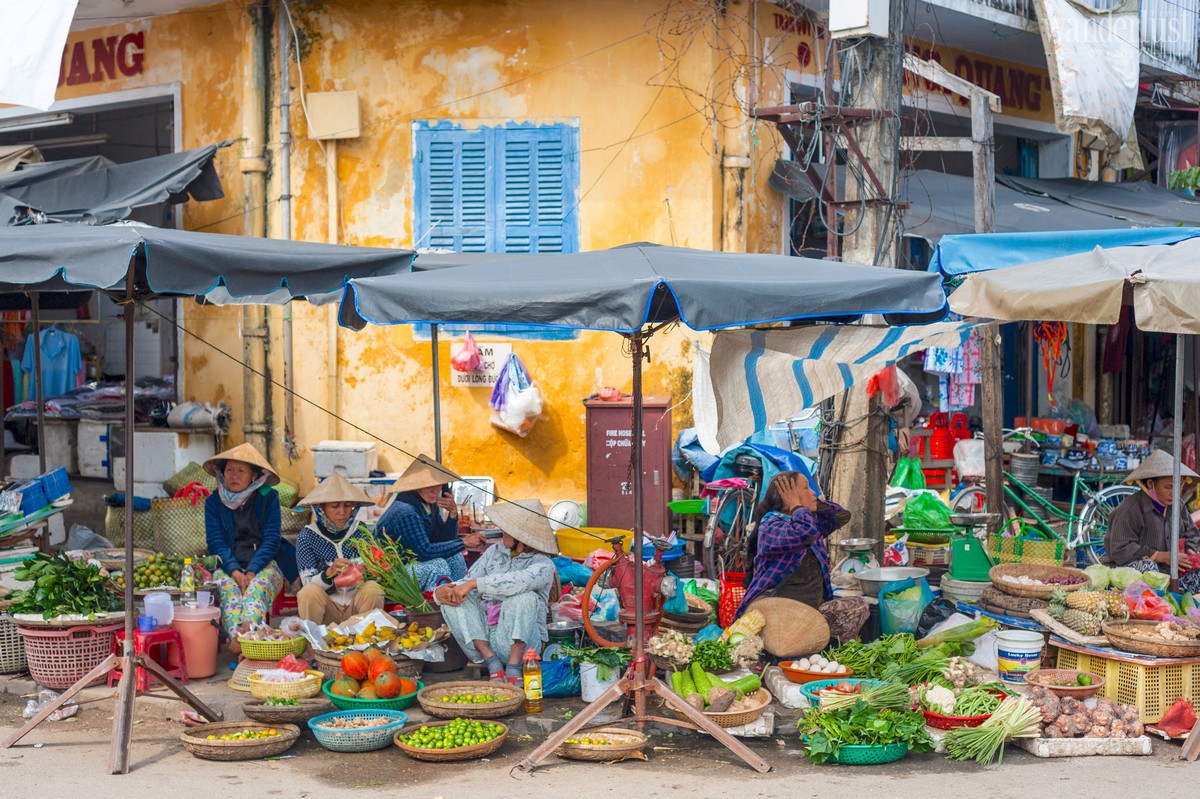
When I was a child, my house was located between two markets. We lived right on the edge of one of them and only a ten-minute walk from the other. I remember my mother often carrying a green latex basket, wearing plastic sandals, a conical hat and a flower-patterned outfit. Sometimes she took me with her and held my little hand whilst I consumed the atmosphere of the market. Paddling my little feet in the puddles on the rugged asphalt. The floor always got wet and muddy despite the midday sunshine.
My mom often went to the top of the market, the end furthest from our house, to buy things first. There was a wide array of food stalls at the top of the market selling barbecue pork, roasted meat and sauerkraut pickled in glass jars with red lids. Sometimes, my mum stopped to buy things from a man whose name I cannot recall but I still remember his stern face at the stall in front of the house. His house had blue-painted walls and the green floorboards were darkened by the “market”, more accurately by plenty of his goods. He displayed a basket of fresh green vegetables as the centrepiece of his stall, and he would scoop minced garlic and chopped red chillies into small bags for his buyers. Additionally, he also owned an indoor grocery, where they could buy cooking oil, instant noodles, soy sauce and even infant formula.
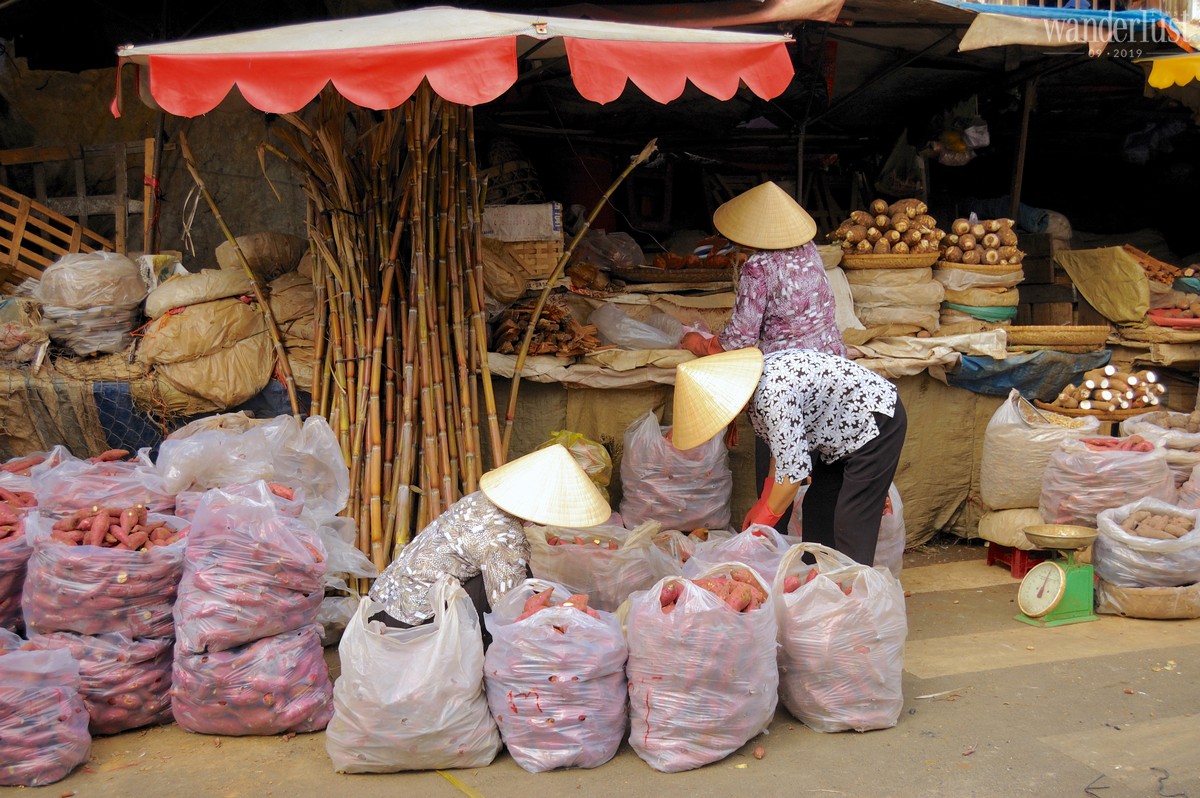
Not far from him was a butcher. Her stall was a large and sturdy wooden table with a white mica surface that displayed all kinds of red and pink flesh. Like all stalls in the market without a canvas, hers was covered with a large umbrella. Although its sole and body were rusted and the cover fabric was worn and torn, the umbrella still shielded her from the sun and rain. She had a gourd-shaped knife and a steel stick that she often used to “sharpen” the knife, the sound of metal scraping metal, was both alarming and intriguing.
The meat stall was close to the bakery. The early morning was the time when the unique smell of the market was not too strong, you could inhale the exquisite scent of freshly baked bread and feel the heat of the bread on a frosty morning. On the other side of the market was a vermicelli seller. Her noodle baskets resembled an upside-down cage lined with green banana leaves. There are many types of rice vermicelli including thin vermicelli served with marinated char-grilled pork, large vermicelli to eat with broth and even larger vermicelli that is only served as Hue beef vermicelli. There are also fresh noodles, soft noodles and noodles for soup. Instead of wearing a pair of gloves, she used a plastic bag to pack the noodles quickly before weighing.
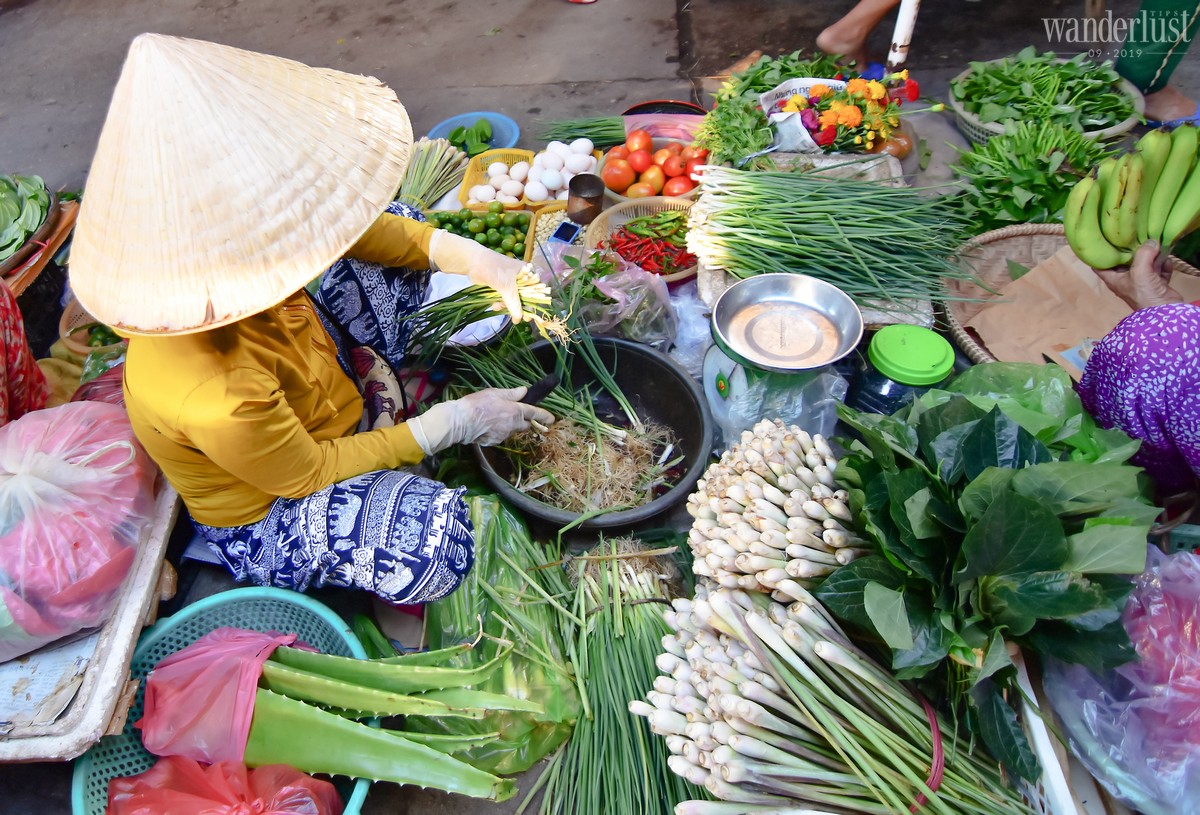
The market was bustling like other markets. It was messy. It reeked of fish, meat, onions, garlic with an unmistakable whiff of human sweat. The chaos of smells built up from years of hardship, merriment, foolishness and simple happiness. No rice fields, no kites and flutes, no days of childhood games, the fond memories of my childhood were carved in that market.
FOOTSCRAY AND THE DISTINCTIVE SOUND OF TRADERS HAWKING
The Bilo market in Footscray situated in the western suburbs of Melbourne, Australia was once the busiest shopping place. However, a few years ago, the local government decided to increase parking fees and there was a fire at the Bilo market, as a result, the residents moved on the Sunshine area further west of the city. Bilo is not the real name of the market. Westerners call it by the official name “Little Saigon Market”, but for the Vietnamese community, it is still called the Bilo market after the Bilo supermarket located in its former location.
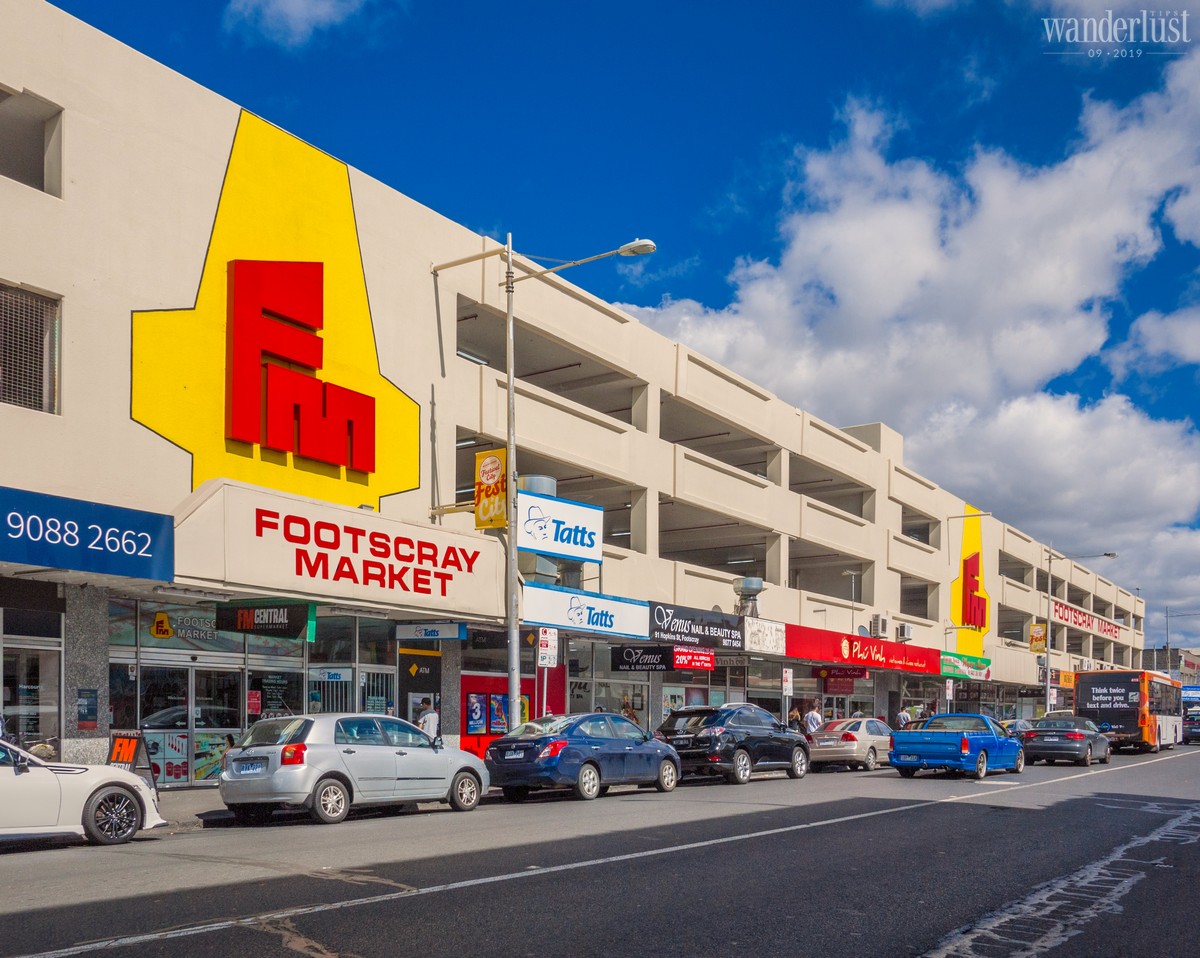
The market is amazing. It bears a very close resemblance to the branded markets in Vietnam. There are many separate stalls, all of these stalls are undercover with a parking lot. I had lived for more than five years in the western region, so I often took a tram or a train to go to the market.
There are several stalls selling fruits and vegetables. Every stall has a variety of Vietnamese vegetables and seasonal fruits, which are all fresh, for instance, water spinach, Tung Ho, mustard greens, watercress, Vietnamese coriander, rice paddy leaf, coriander, scallions and fresh garlic. Back in the day when lemons were sold by the kilo or sometimes by the number of fruits, three lemons would cost you two dollars (lime was more expensive than lemon). I once took quite a long time to ensure that I chose the three biggest and juiciest lemons, so the saleswoman looked at the lemons and said jokingly: “You are too smart! How will I make a profit?” I laughed then dropped two dull gold coins into her palm.
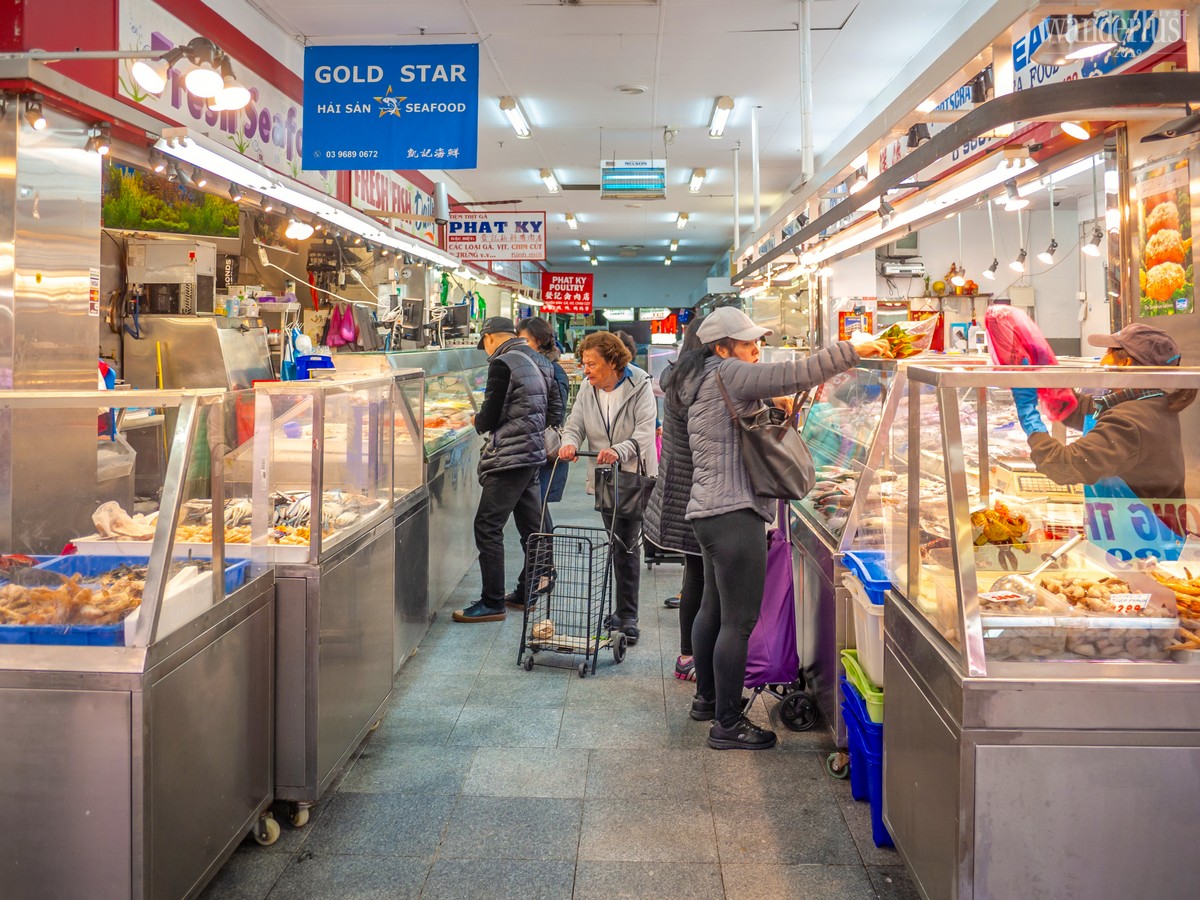
The meat shops here are very different from those in Vietnam. They must adhere to the extremely strict food and safety hygiene standards in Australia, so the meat is stored in freezers and refrigerators. It was at this market that I found a variety of food which was not sold in Australia’s biggest supermarkets; for instance, baby chicken eggs, pig’s tripe and even baby cow’s thighs that I bought several times to cook in a hot pot. The grocers resemble the miniature supermarkets with an array of Vietnamese, Chinese, Indian, Malay, Japanese and Korean spices. There are many types of fish sauce. In spite of having detailed names, Vietnamese people still called them by the logo’s printed on the bottles. Hence, there are squid type, three-squid type, three-crab type and sail type. For rice, you could buy rose rice, fortune rice, global rice and unicorn rice.
The chaotic market was not dirty or muddy, but it also had the signature smells of the markets thanks to banana leaves lining the stalls, fresh fish and Darwin crabs swimming in glass tanks. Visiting the market, I regularly hear the traders hawking:
“Get your mangoes, sweet mangoes here. Three dollars for one, come on!”
“Everyone, jackfruits, get your jackfruits, scrumptious jackfruits are here!”
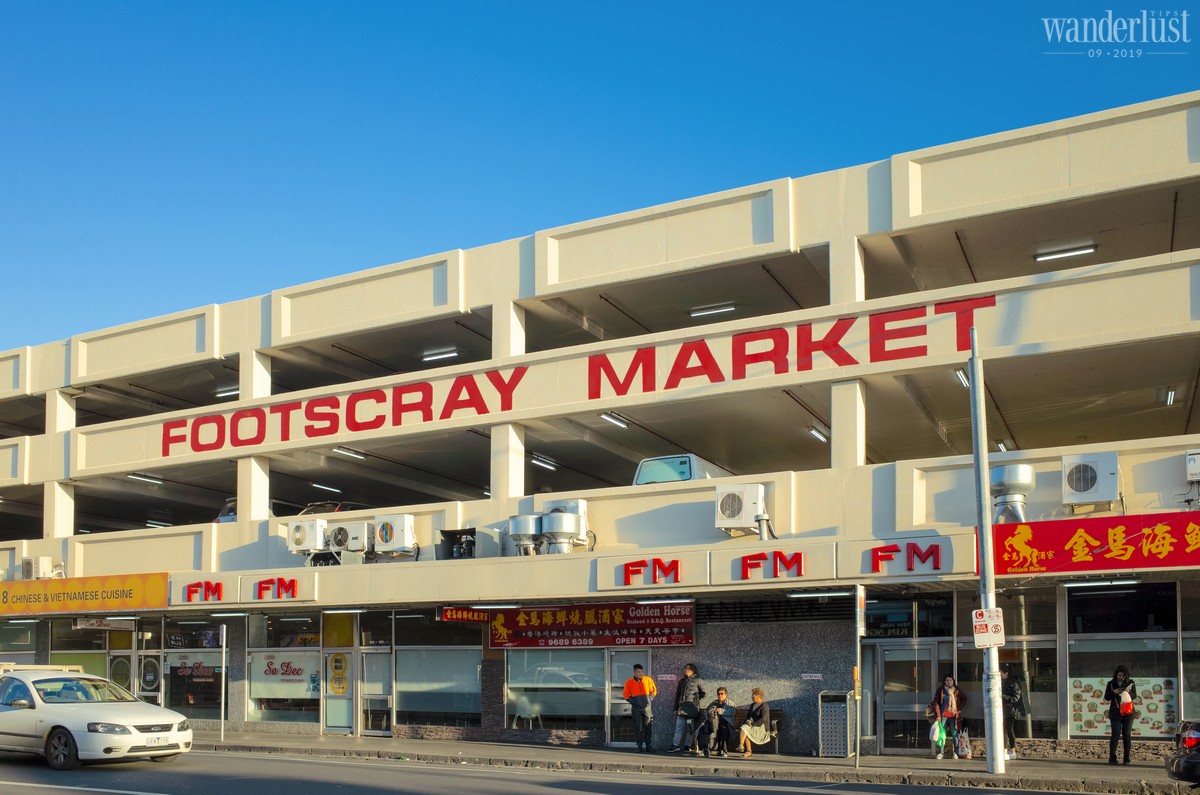
Amidst the hustle and bustle of the market, men coming from many different countries around the world shipped goods and advertised fruit stalls carefully and quickly. The sounds of the traders hawking made a great impression on my memory. The traders might not have Vietnamese origin, be able to speak Vietnamese and might not eat the strong-flavoured Vietnamese fish sauce but they have such a passion for Vietnamese produce. I often took a stroll around the Bilo market to hear the buzzing sounds of the market, to indulge in the alluring scent of fruit, onion and garlic, to get a taste for the mother tongue even in a distant land and to recall the sounds of the traders hawking on a peaceful afternoon.
NEW YEAR IN WESTMINSTER
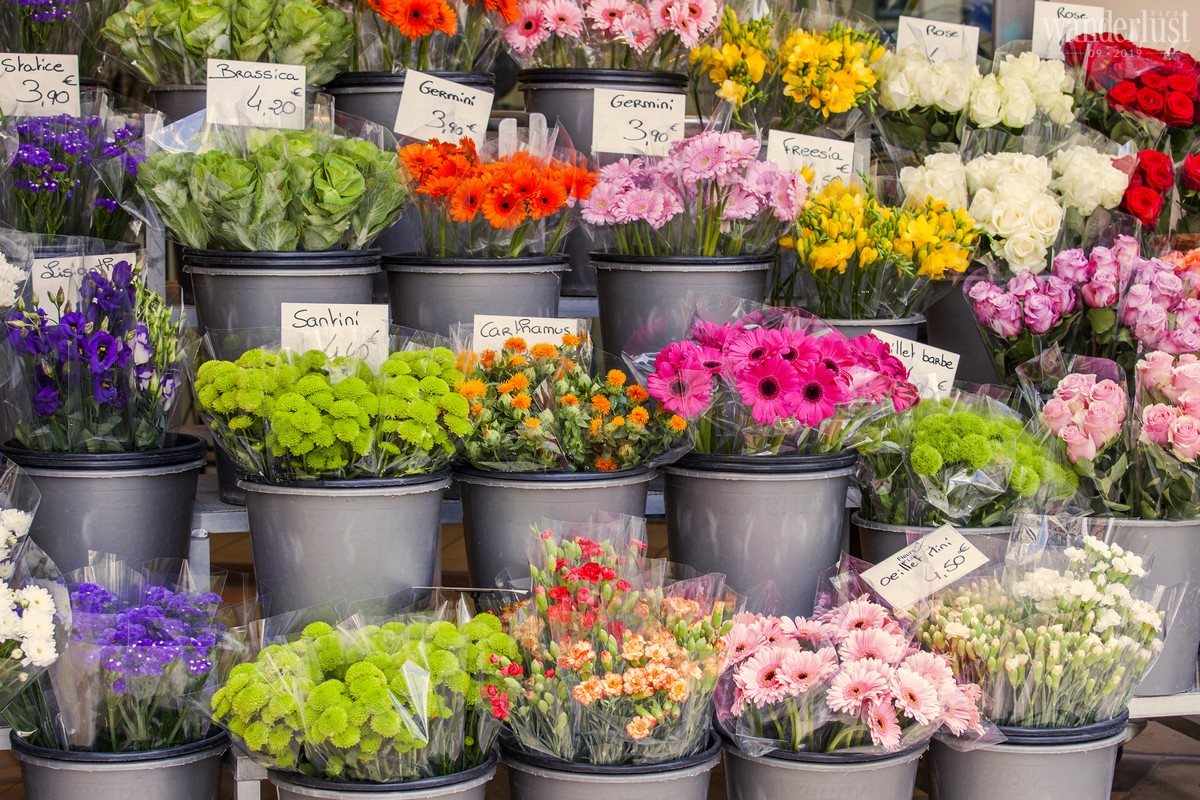
Winter in the United States was warmer that year, but it is true that Southern California was never really cold. The state was usually bathed in warm sunshine and crystal-clear blue skies during Tet. A few days before the Tet holiday, we arrived in Westminster and stroll around the Tet market in Phuc Loc Tho before getting in the car and heading north to Santa Clara. Phuc Loc Tho is not a market, it is more of a shopping centre. The indoor stalls were empty that day and only a handful of eateries were crowded for people to have breakfast at Lee Sandwich, for instance. The Tet flower market was very busy outside.
Some of the Tet flowers were brightly coloured, for instance, the cherry blossoms and the yellow apricot blossoms were beautiful in bloom. Unfortunately, the blossom of the American apricots was a little past their best – their drooping yellow petals dampened the Tet atmosphere somewhat. There were stalls dedicated to the display of orchids like phalaenopsis and paphiopedilum. The orchid baskets and even the pre-decorated orchid vases were available for buyers to take home easily, promising to bloom beautifully in the New Year. In a corner, a pile of peach branches was spread out for buyers to select comfortably, afterwards sellers charged and bound in paper tied with string for guests to take away.
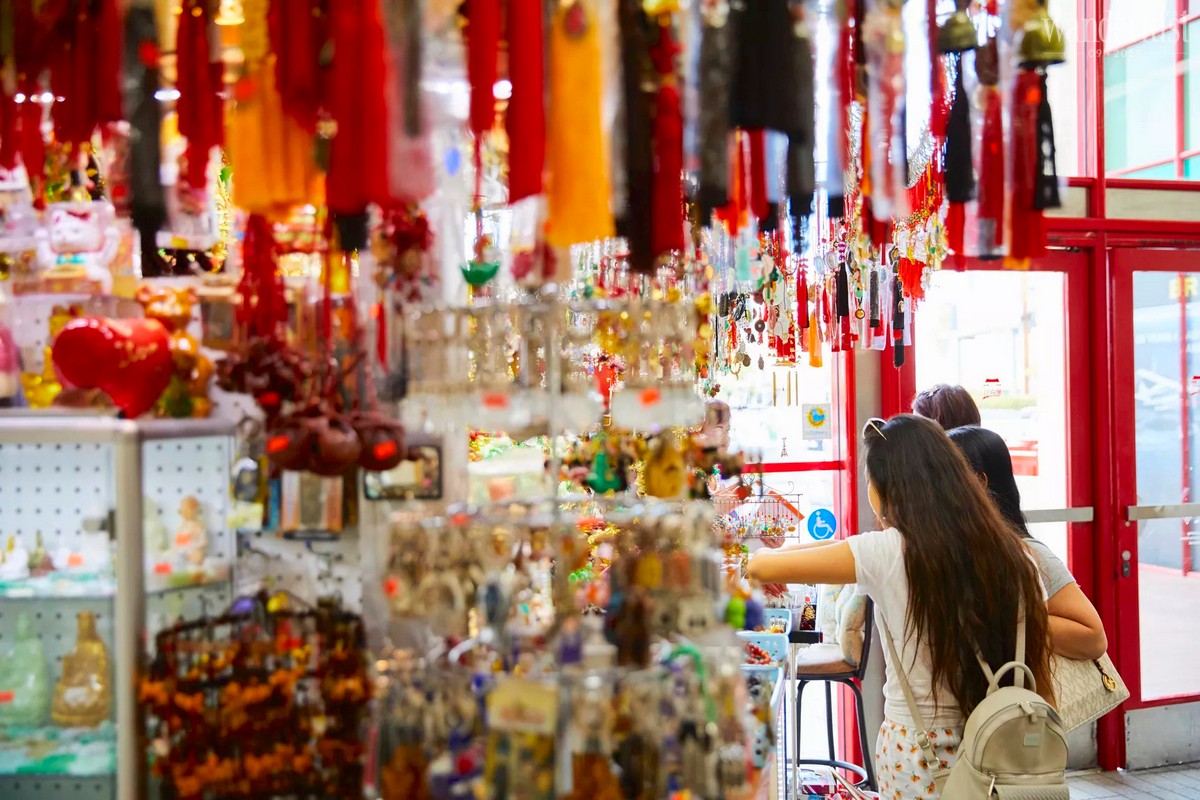
In another corner, the red lily branches were brightly coloured in the warm sunshine, reminding me of the former family ancestral altars decorated with yellow daisies, red lily, five-fruit tray and incense. Tet was coming, it felt familiar yet strange. It had been ten years since I celebrated the Tet holidays with my family. I made glutinous rice cakes, cooked a tiny pot of stewed meat and boiled bitter melons in the distant Southern hemisphere.
Though I was still obsessed with the Tet markets in my childhood, this made me both happy and sad. The hustle of sellers and buyers, the impressive colours of cakes and dried fruits, the crowds of mothers shepherding their children and the sweet tune of spring melodies made me nostalgic. The bygone memories of the Tet markets gently passed like a thin smoke, but it made me – a boy so far away from home, feel teary.
A JOURNEY TO FIND FERMENTED FISH IN AUCKLAND
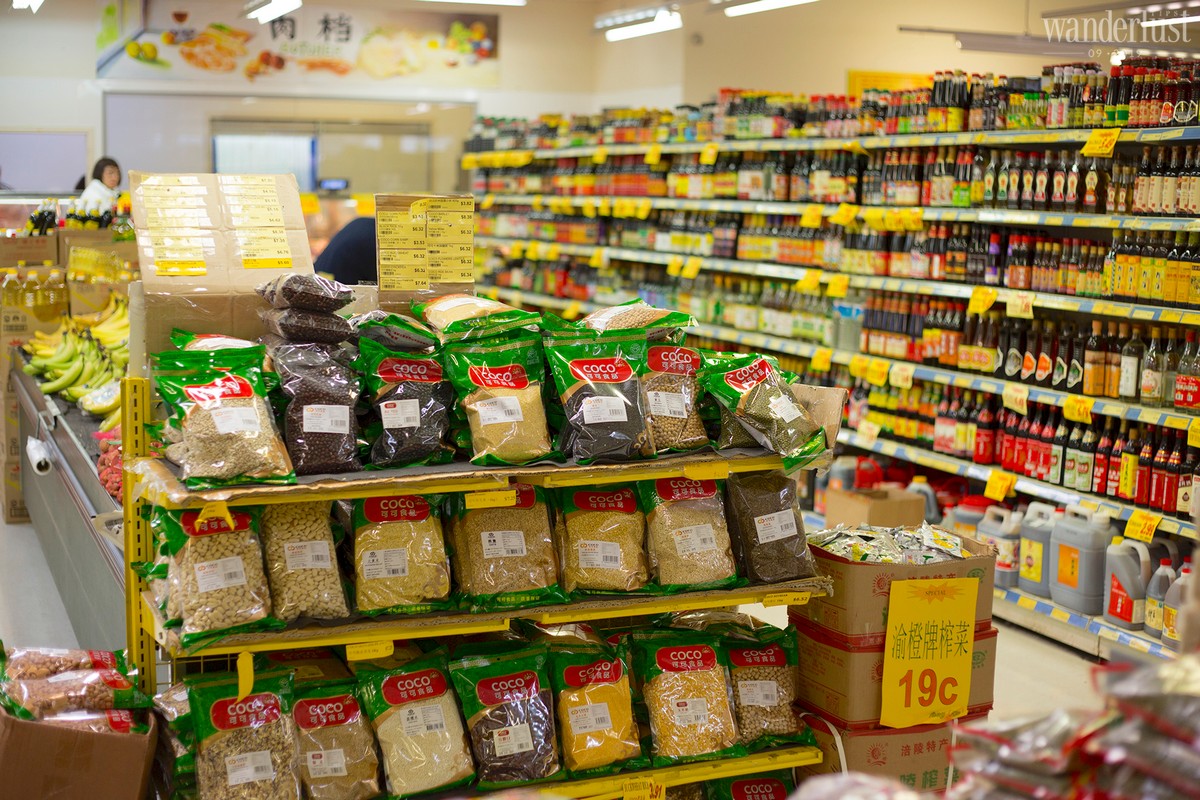
During the freezing cold New Zealand winter, I craved fermented fish. Hence, my whole family decided to eat “Bun Mam” – vermicelli with fermented fish together. Thus, I needed to make a trip to the market. It was an Asian supermarket, a sort of blend between a supermarket and market. The “market” was also very busy. At the top of the market, there was a row of vegetable stalls. It was still winter, so the vegetables were cheaper than that in early summer.
For instance, red and green lettuce, cabbage and Chinese cabbage were on sale for a bargain price. Yellow oranges were on sale for only 99 cents per kilogram and each person was allowed a maximum of 2 kilograms. Beansprouts also dropped to 99 cents a bag, but cucumber was too expensive. A four-inch-long telegraph cucumber costs 4,5 dollars. A small bunch of chives costs more than 2,5 dollars.
Despite its expensive price tag, the taste of Bun Mam would not be complete without chives. Unfortunately, water spinach and banana flower were not available in the winter. I bought enough meat, fish, shrimp, squid, pigskin, rice noodles and roasted pork but I could not find fermented fish. I went toing and froing between the stalls selling canned food and looked at each shelf carefully but still could not find the fermented fish. Therefore, I carried a lot of items out of the market then went to another nearby market.
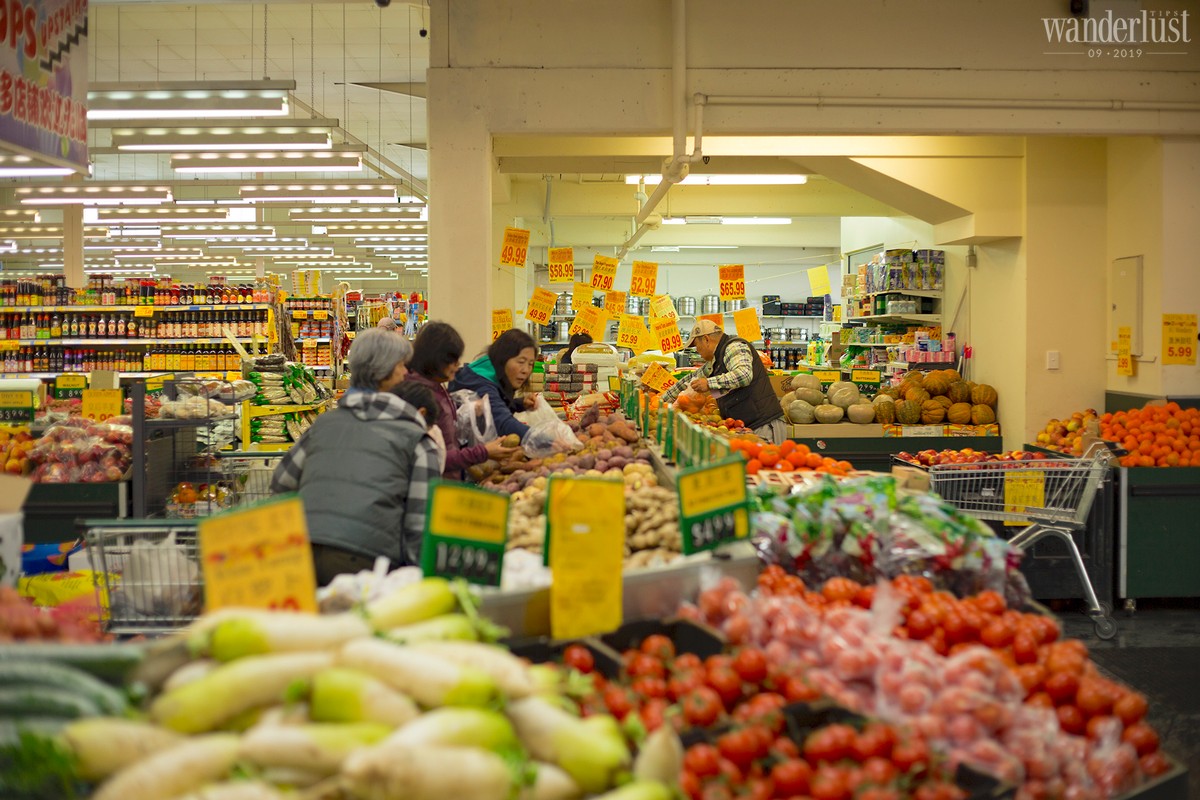
The market was smaller and less crowded, but there were many Thai people shopping, so I hoped to find the fermented fish. However, I was disappointed. By that point, I could have switched to making fish rice noodles or tom yum, but I did not want to give up. With nearly a dozen kilos of food, I took a bus to Northcote – a small district in the North Coast area with an infamous Asian shopping mall. However, I still had to swallow my disappointment and go to two other large markets. Dried fish and the Korean shrimp sauce were available, but I could still not see any jars of the fermented fish. It started to rain. I went home, but my craving for the fermented fish was not over.
After I had prepared the pigskin, fried rice, rice noodles, fish, shrimp, squid and paper rolls – a food to wrap pigskin and is only served with Bun Mam, I took a bus to the central area because surely there would be a place selling the fermented fish. It took around an hour to get from my house to the centre by bus. It rained continuously and the vehicles were very crowded in rush hour. When nearing Victoria Park, I got off the bus and took another bus route heading towards K Street in the south of the city centre. Lim Chhor is opposite St. Kevins Arcade – my former workplace and one of the biggest Asian markets in Auckland. Well, I was blessed! The fifth market finally brought me a jar of the scrumptious fermented fish.
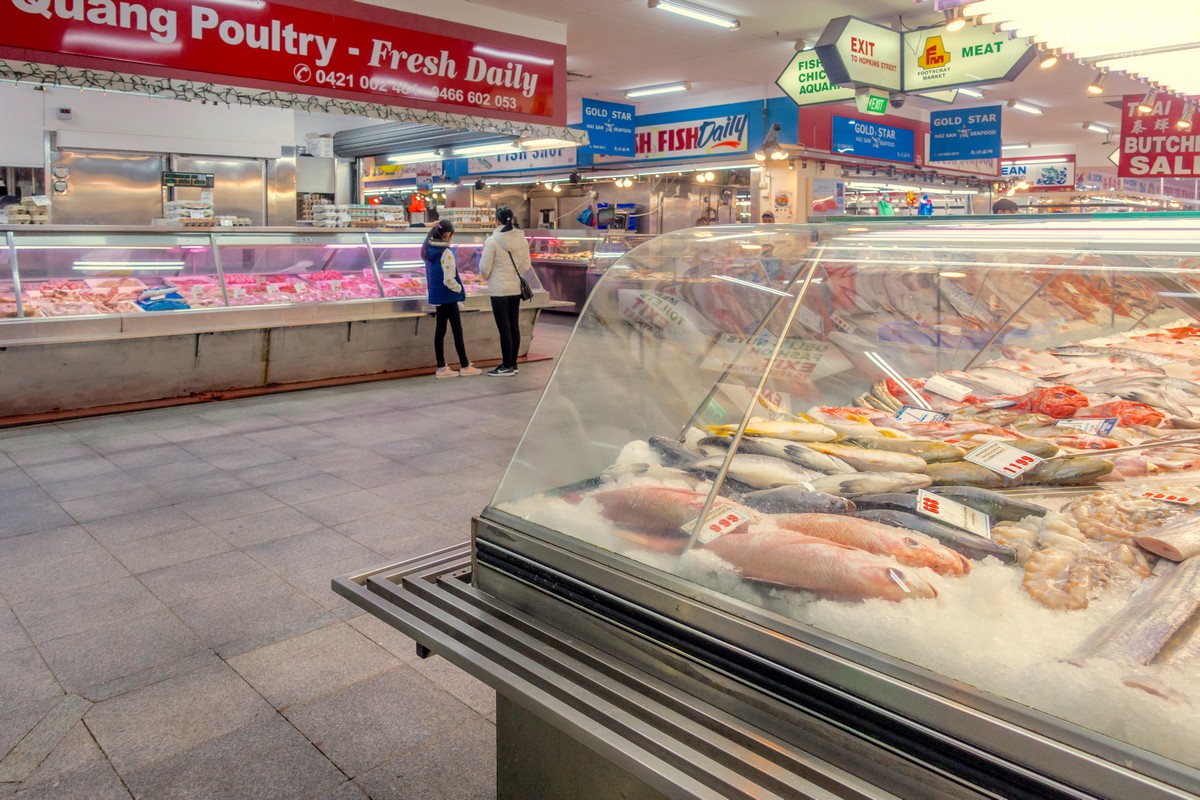
I watched the pot of boiling fermented fish in the kitchen, giving off a strong taste of my home. Sometimes, I felt that I had forgotten the Vietnamese flavours when savouring Chinese and Western cuisine more than Vietnamese dishes. There were some months when I did not eat any rice, just noodles, potatoes and bread. On cold days, I often cook ragu or baked dishes with tomato sauce and aromatic cheese.
But on that cold rainy afternoon, I was alone in the kitchen and indulged in the homeland taste of the fermented fish. Thus, I felt closer than ever to my Vietnamese identity at that moment and I was again filled with nostalgia for the trips to the markets in my childhood. Yes, there are no Vietnamese markets in the land of kiwi fruits, but there are still the markets scattered around. These markets are an iconic base of cultural fusion offering a diverse amount of cuisine. For example, dried rice noodles, udon noodles and Sichuan chilli sauce, jars of Vietnamese fermented fish were displayed on stalls in that little market on the edge of Auckland.
Alex Tran | Wanderlust Tips
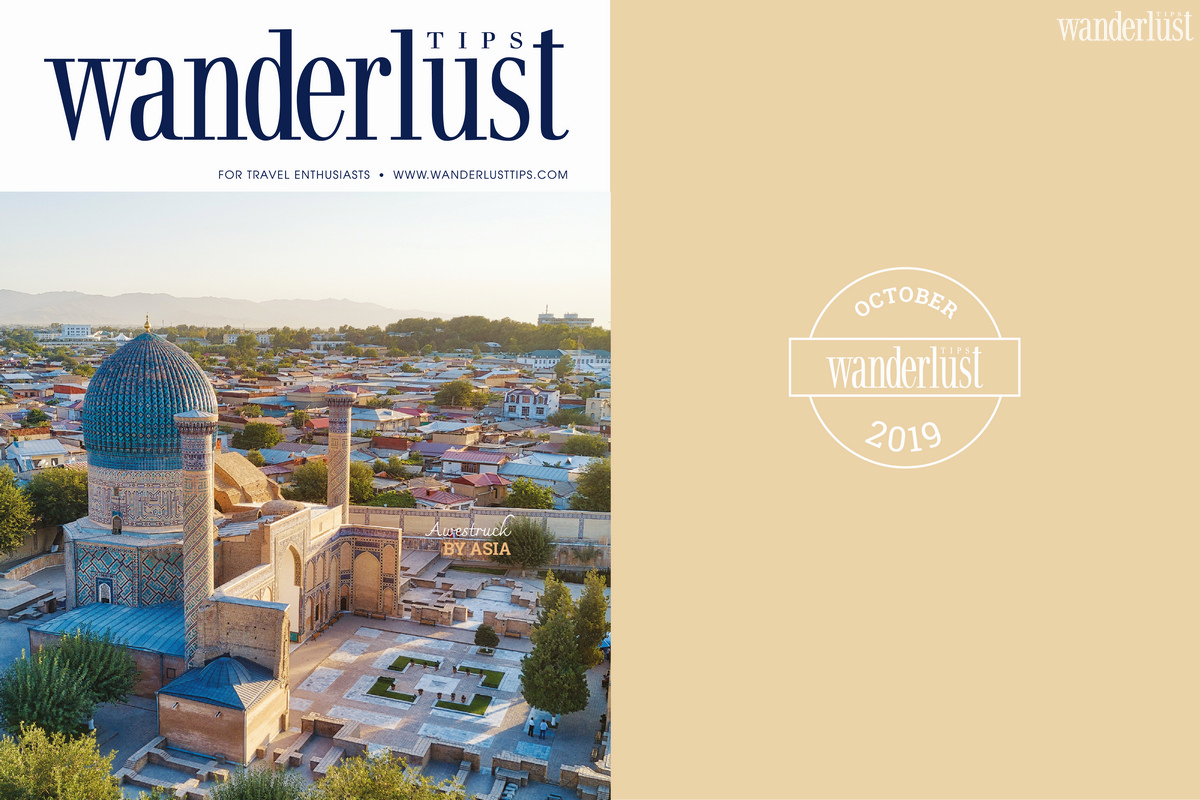
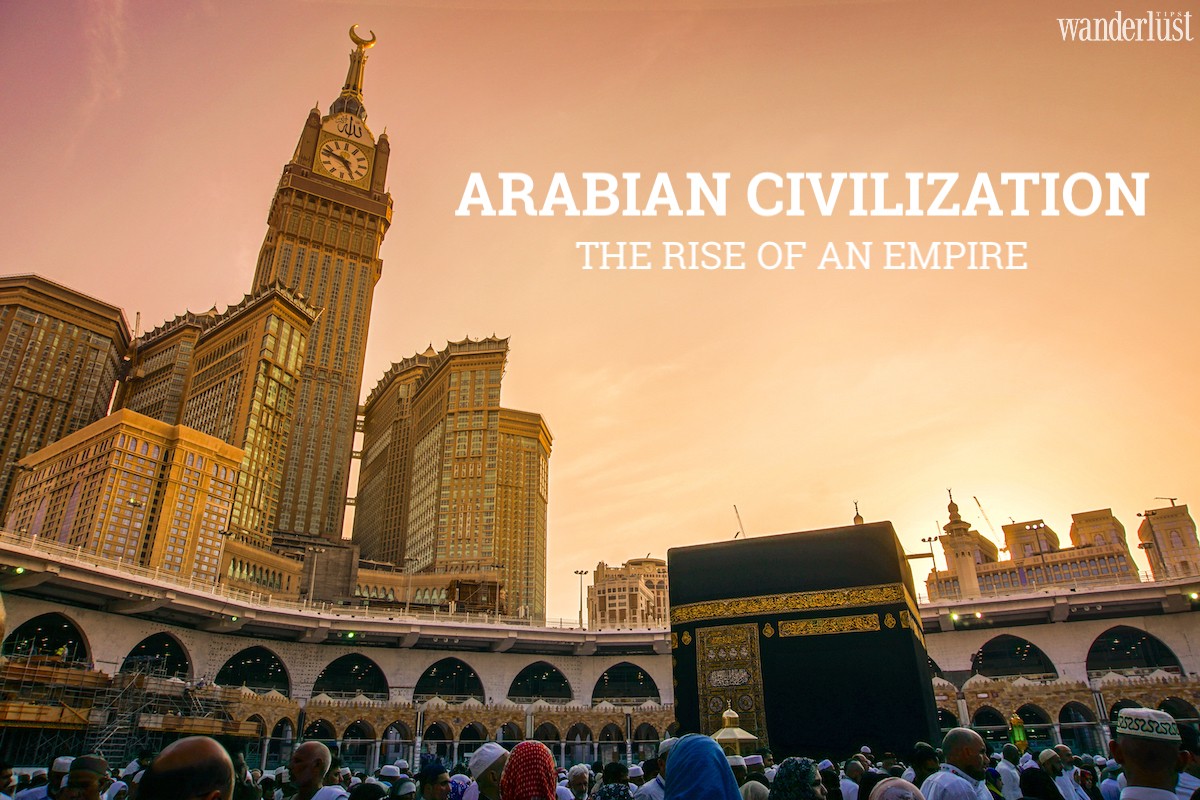
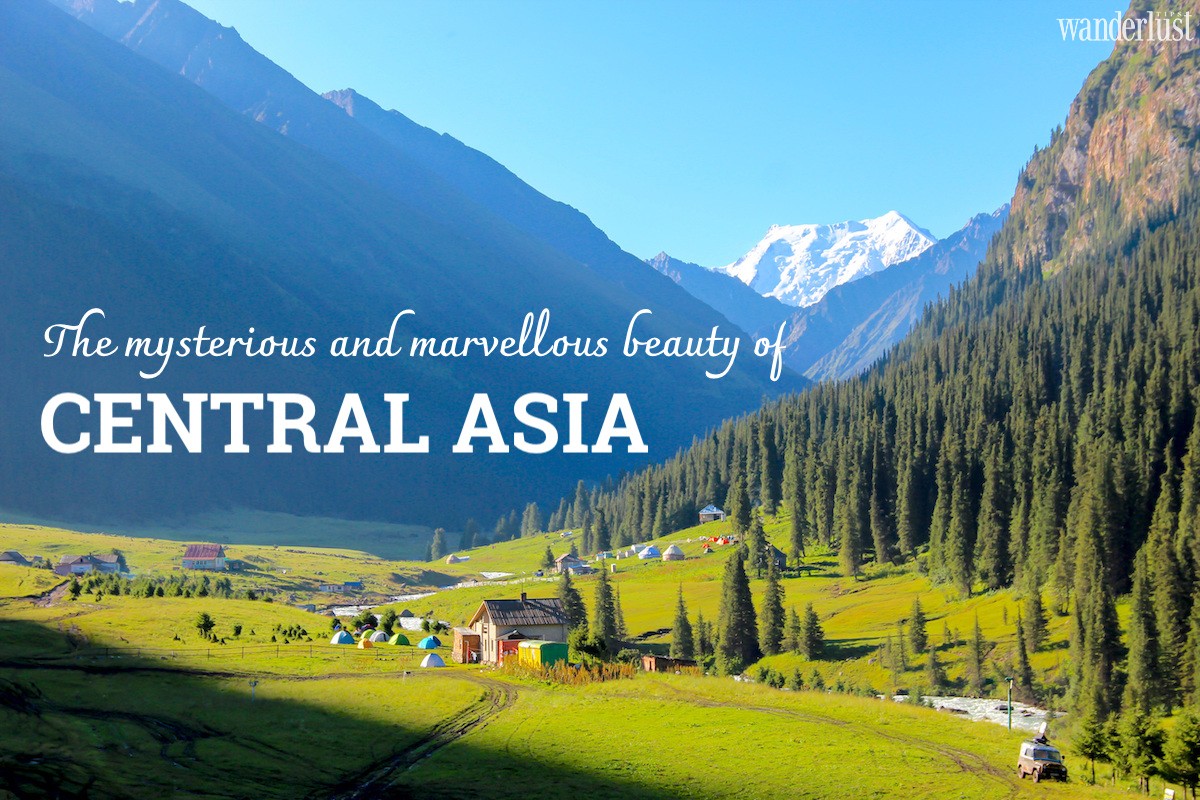
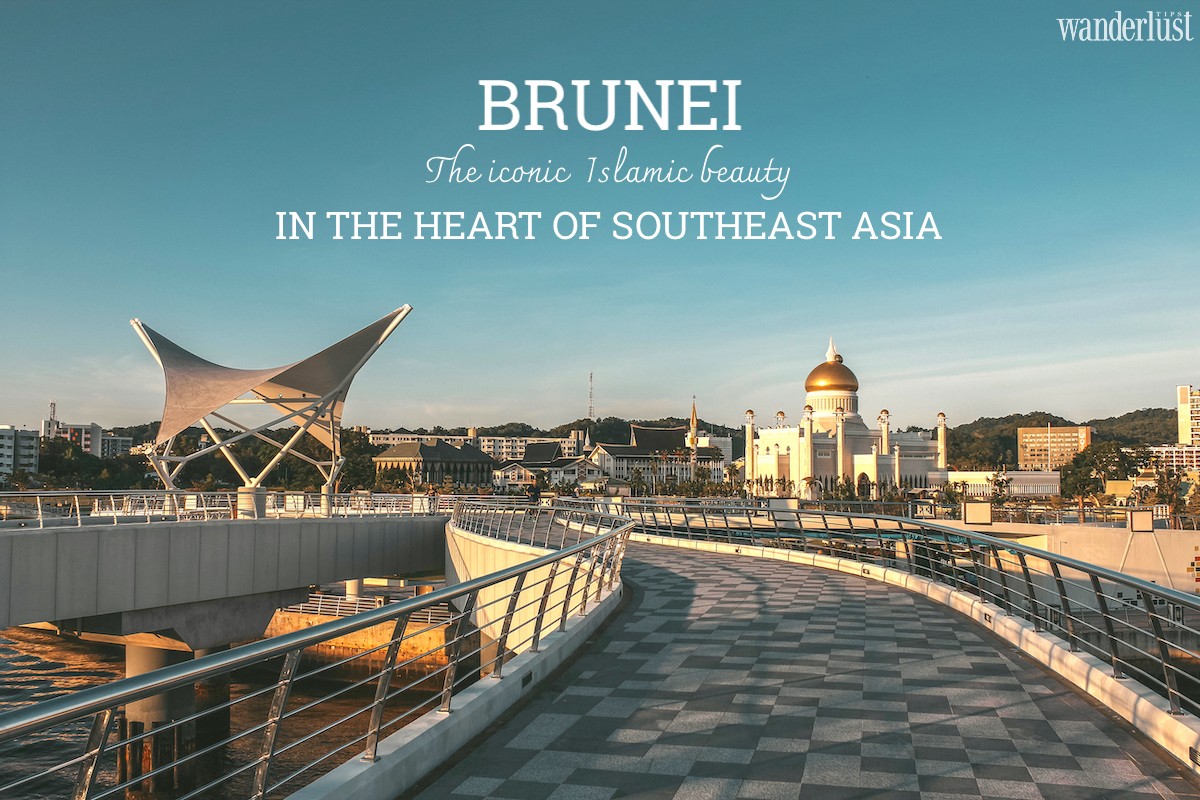
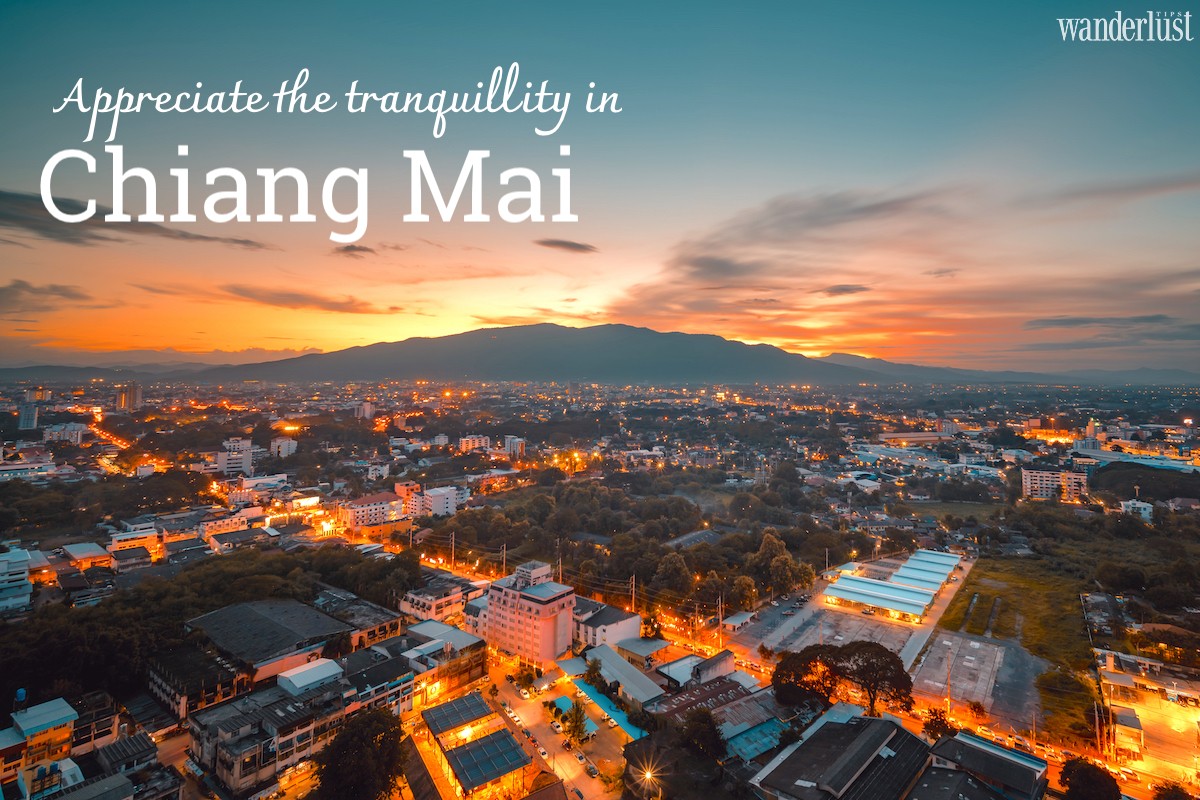
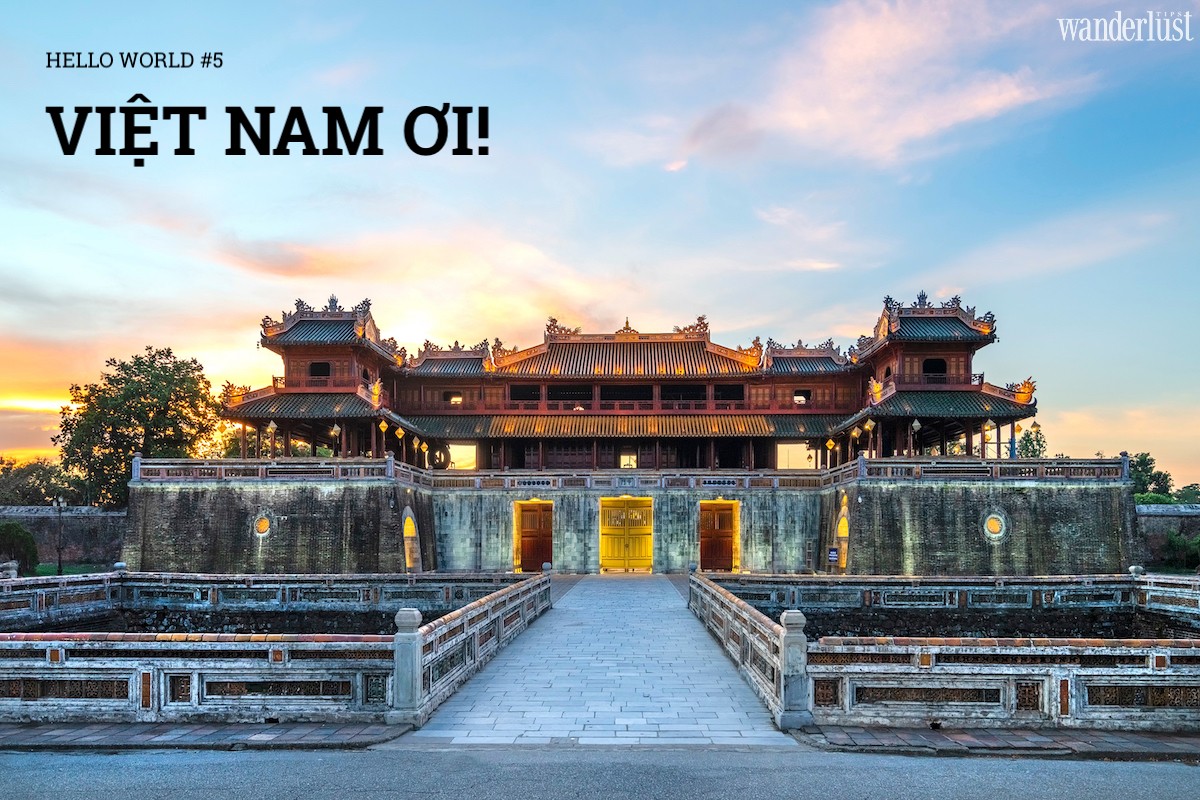


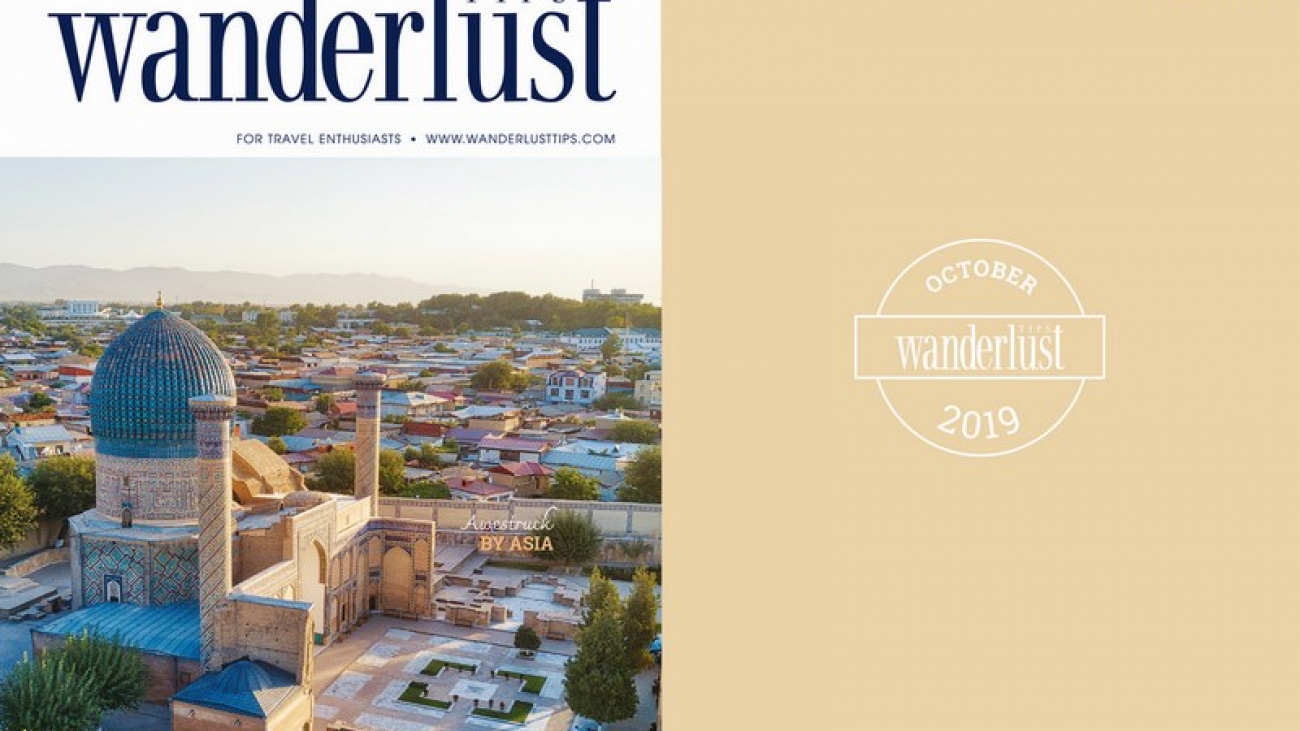
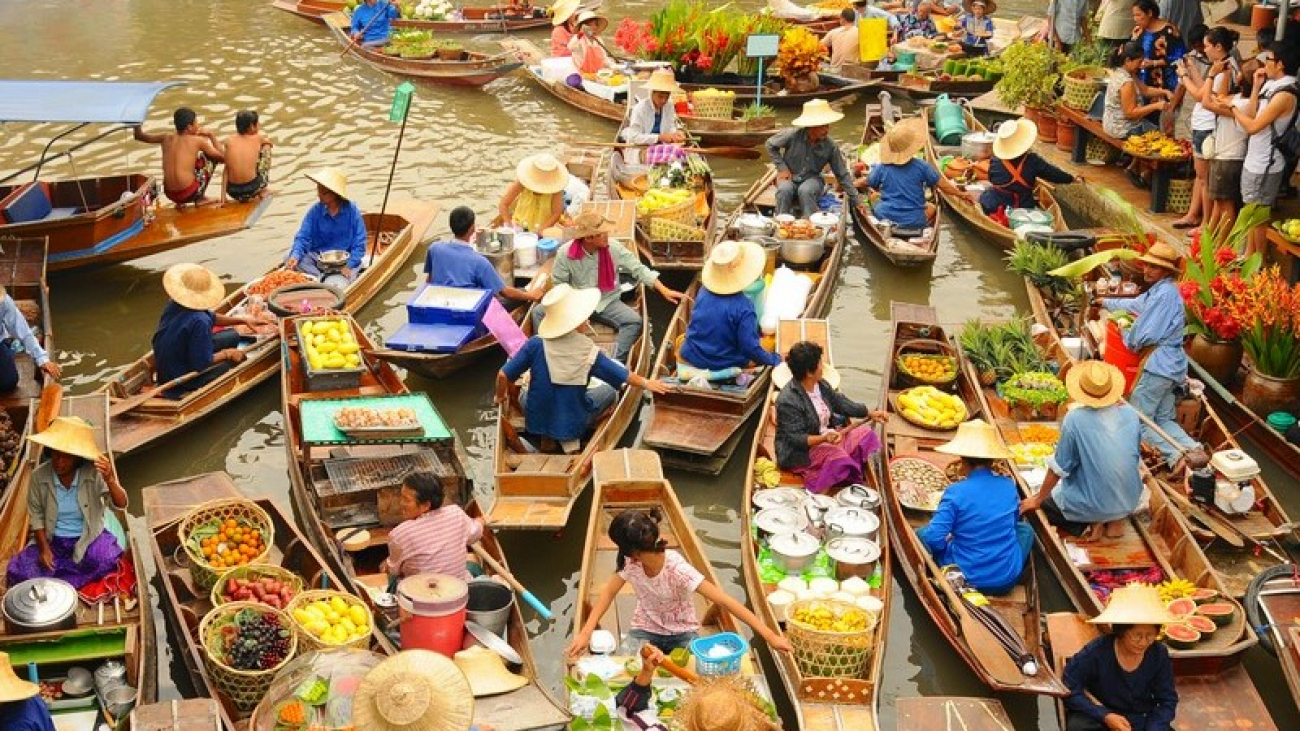
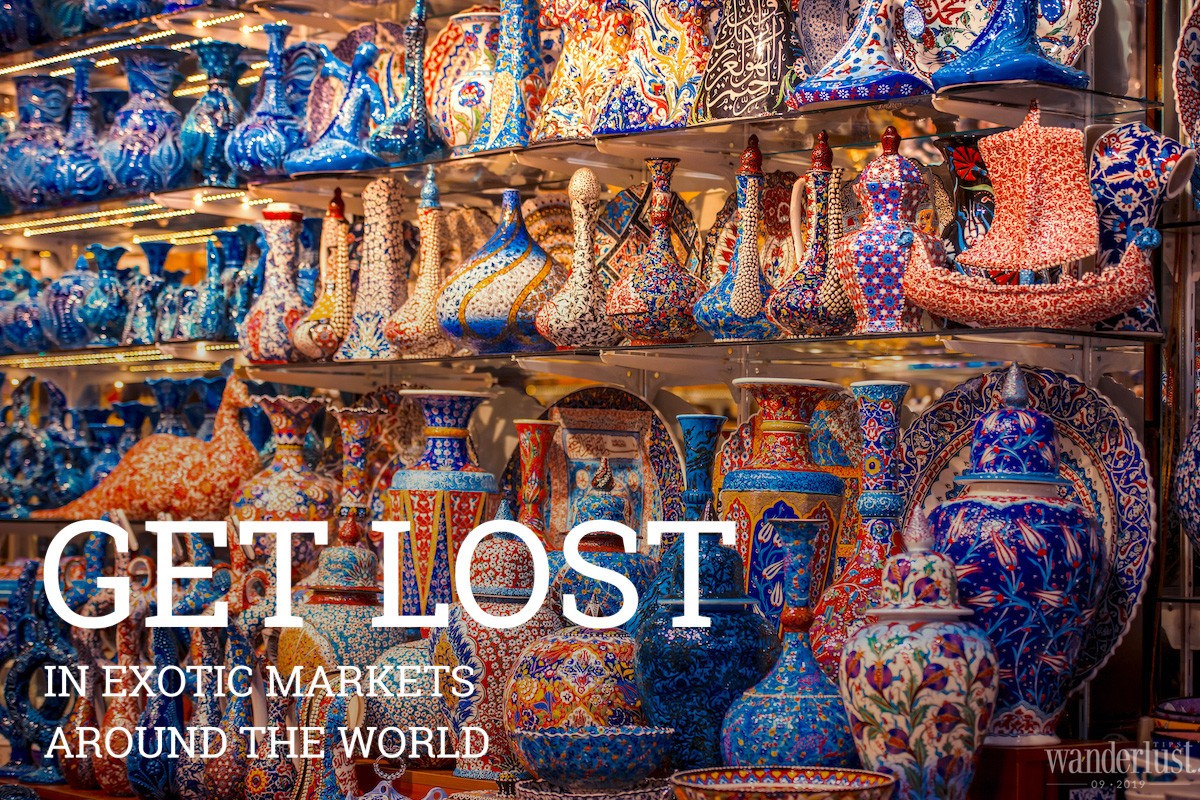
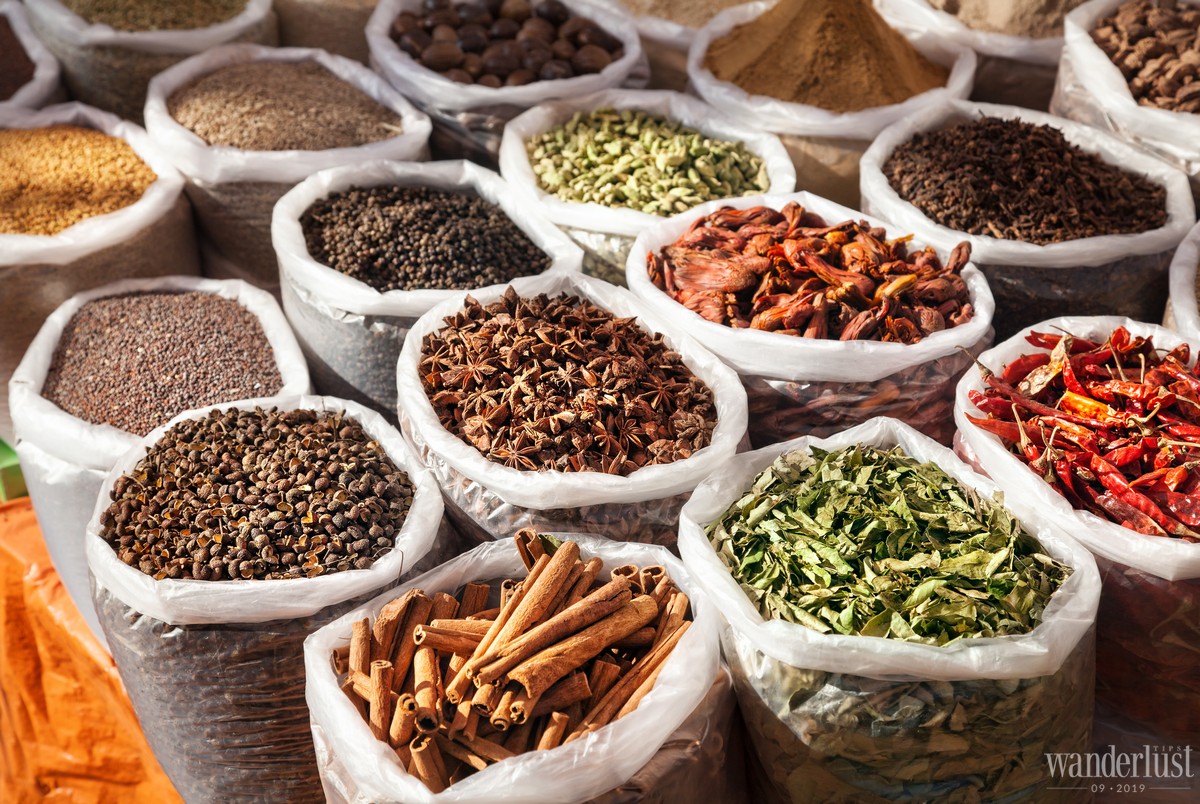
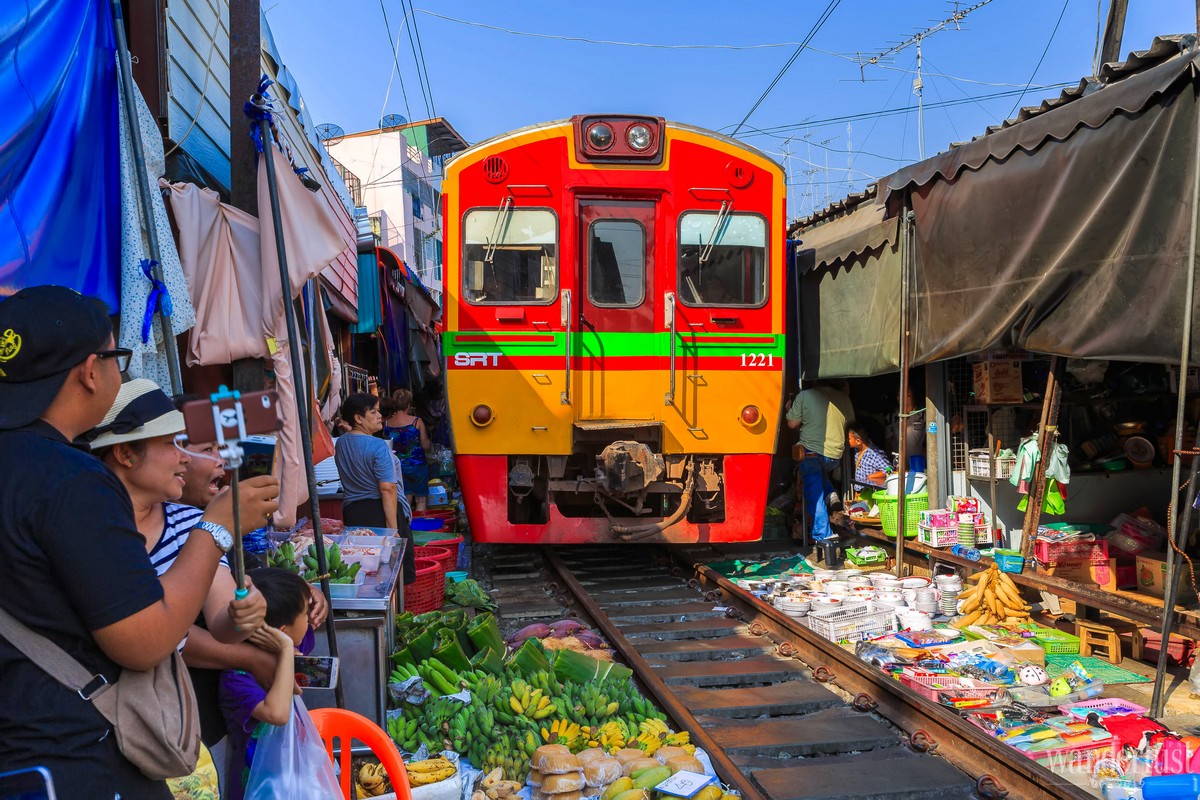
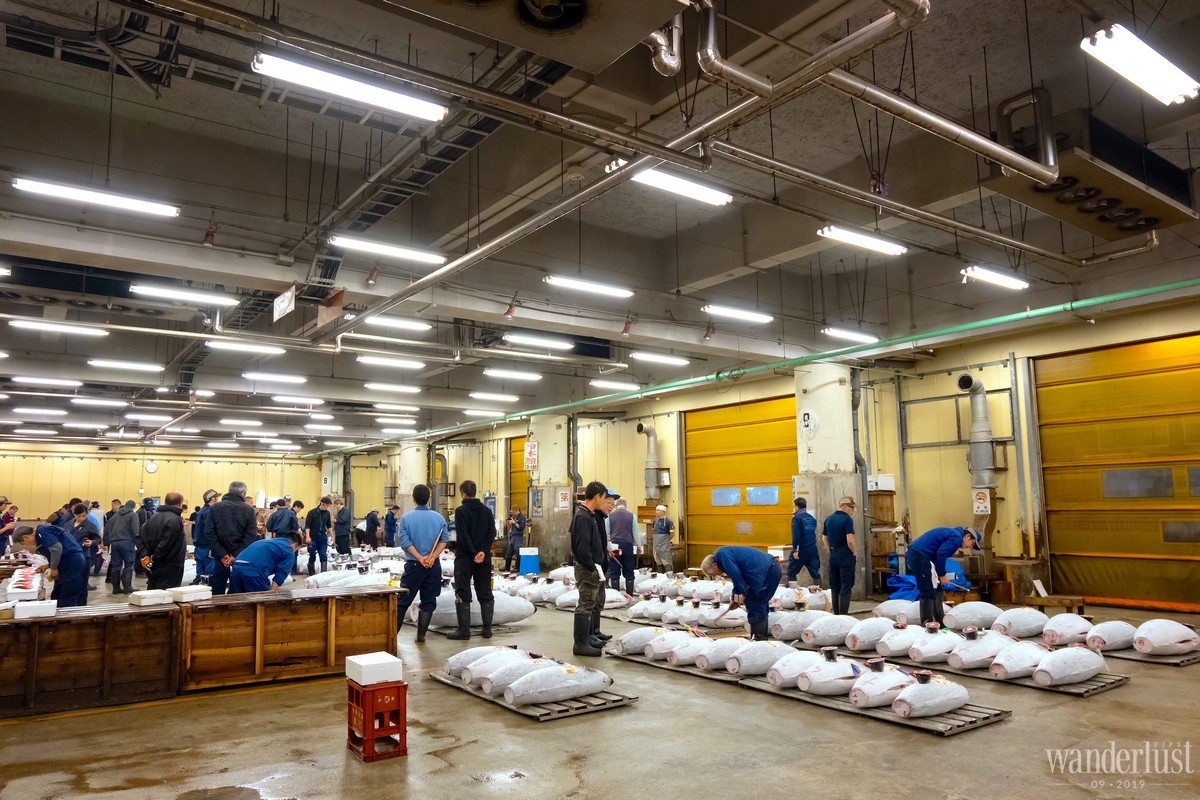
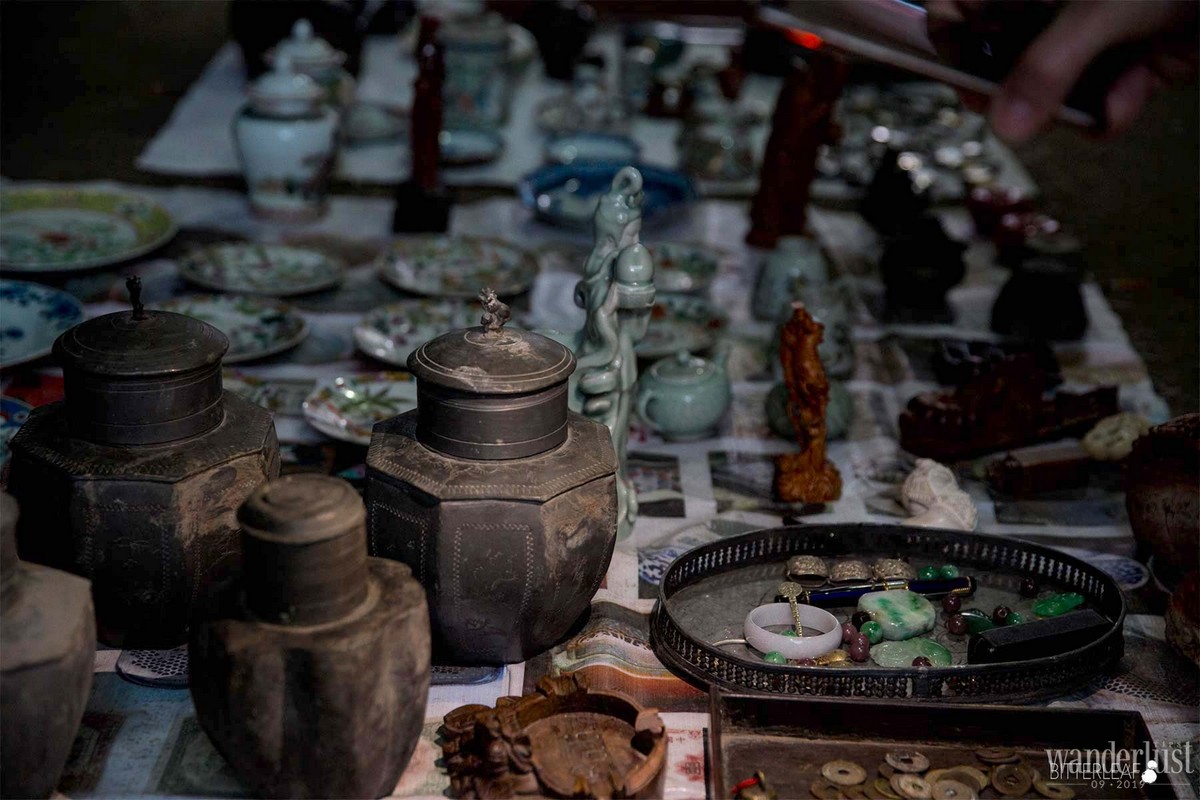
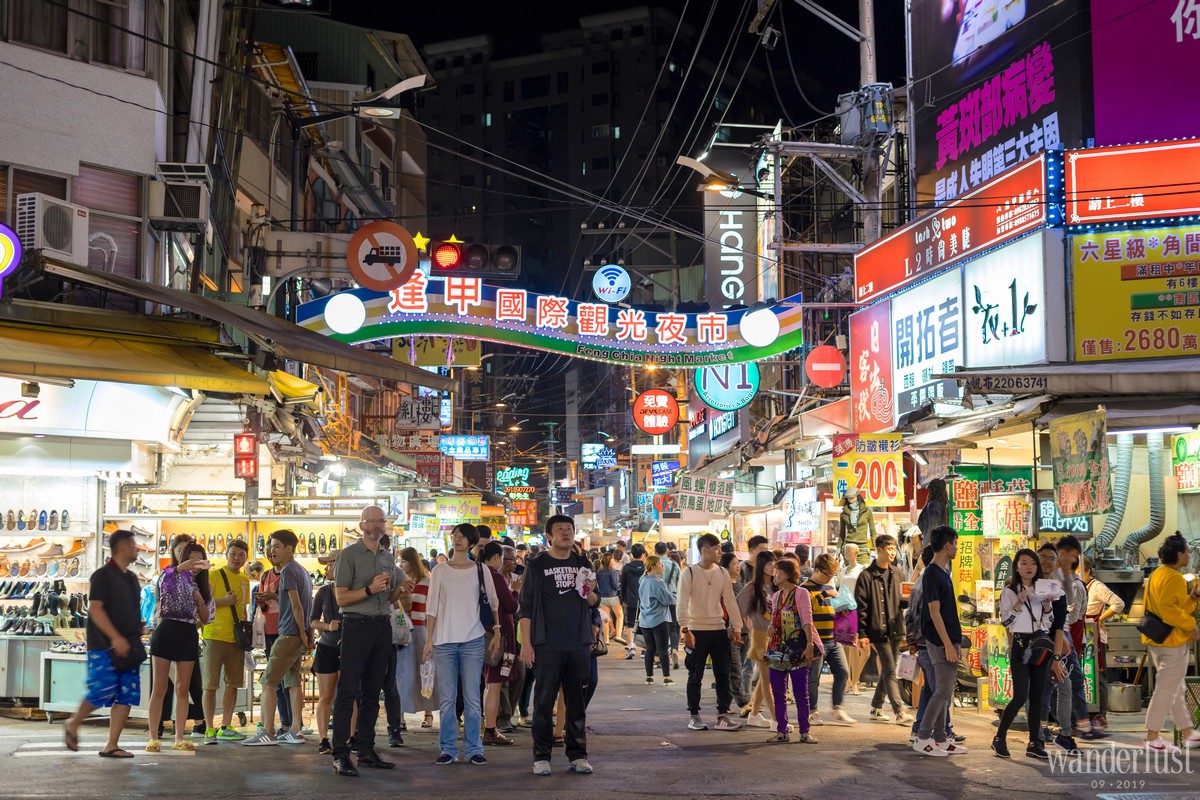
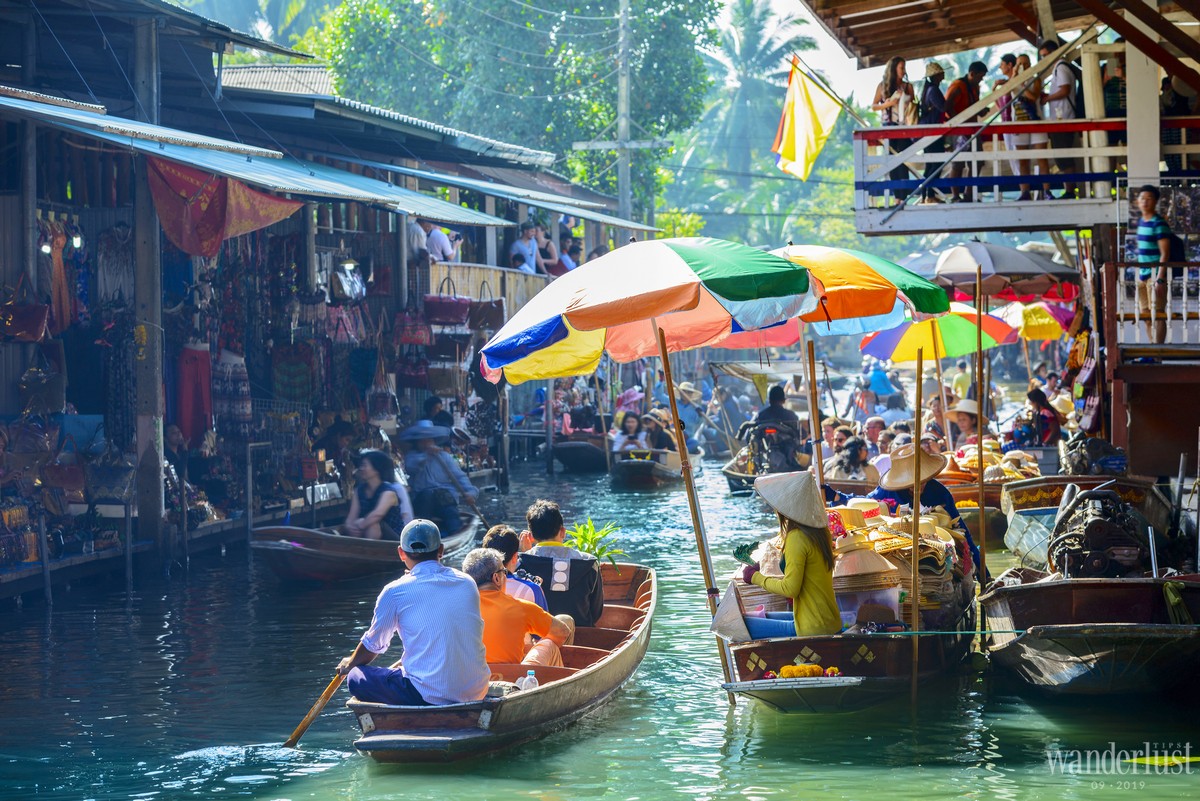
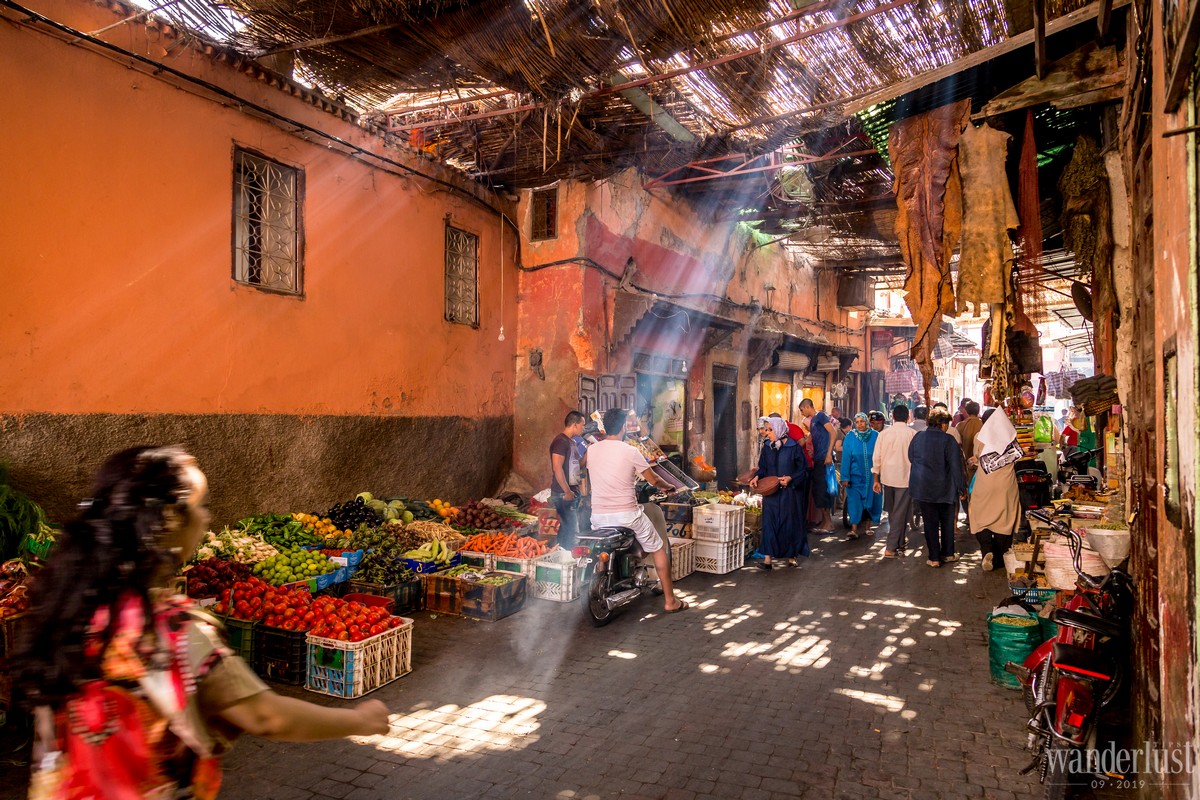
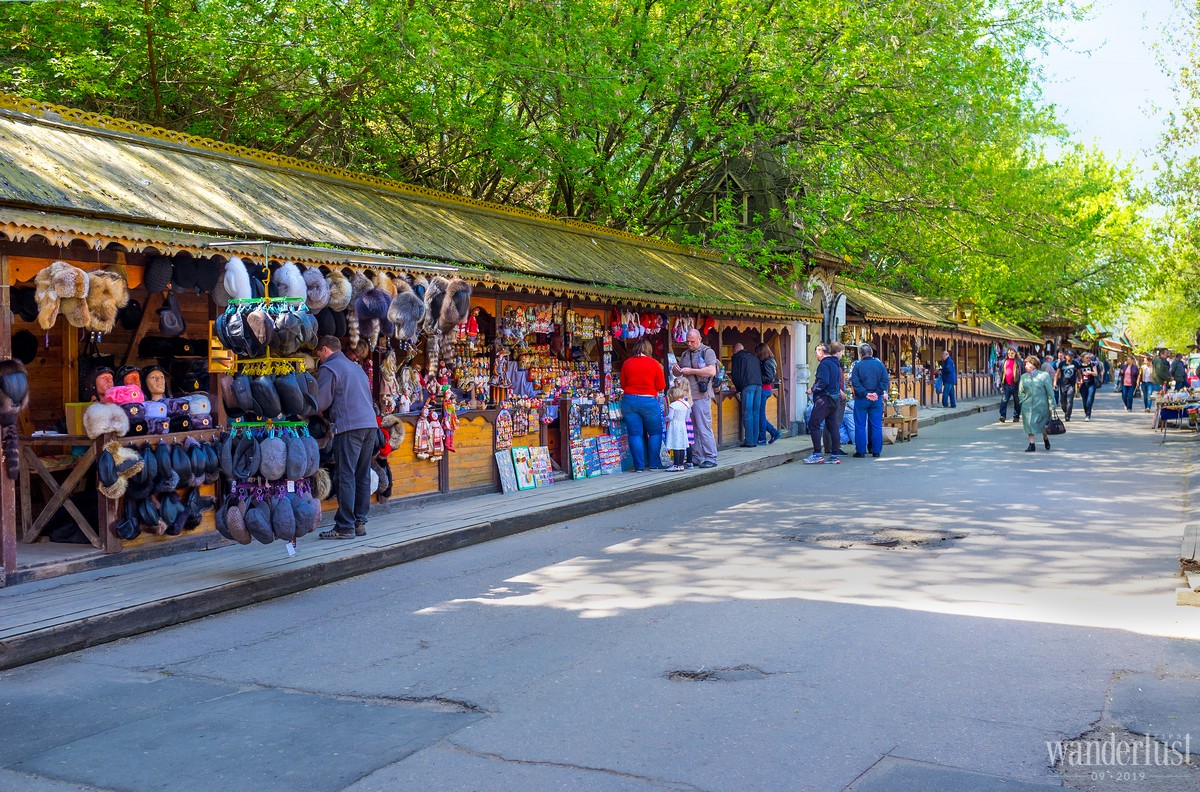
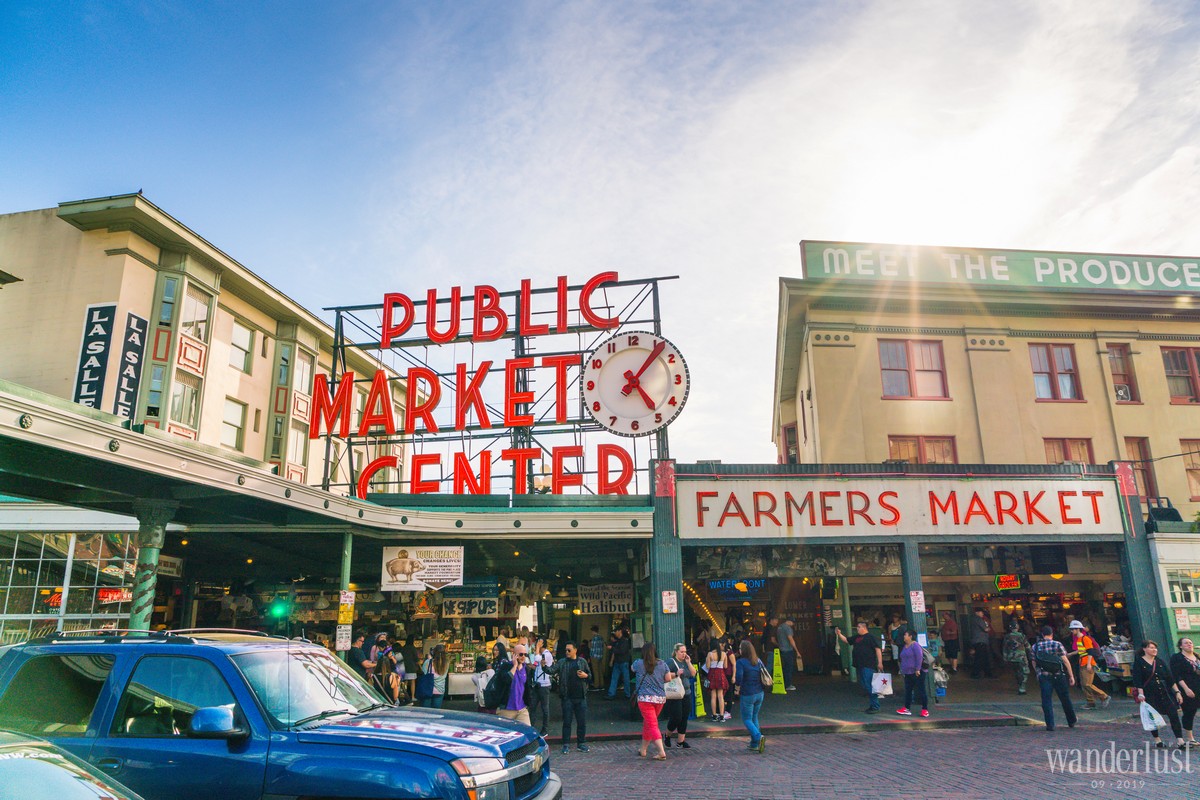
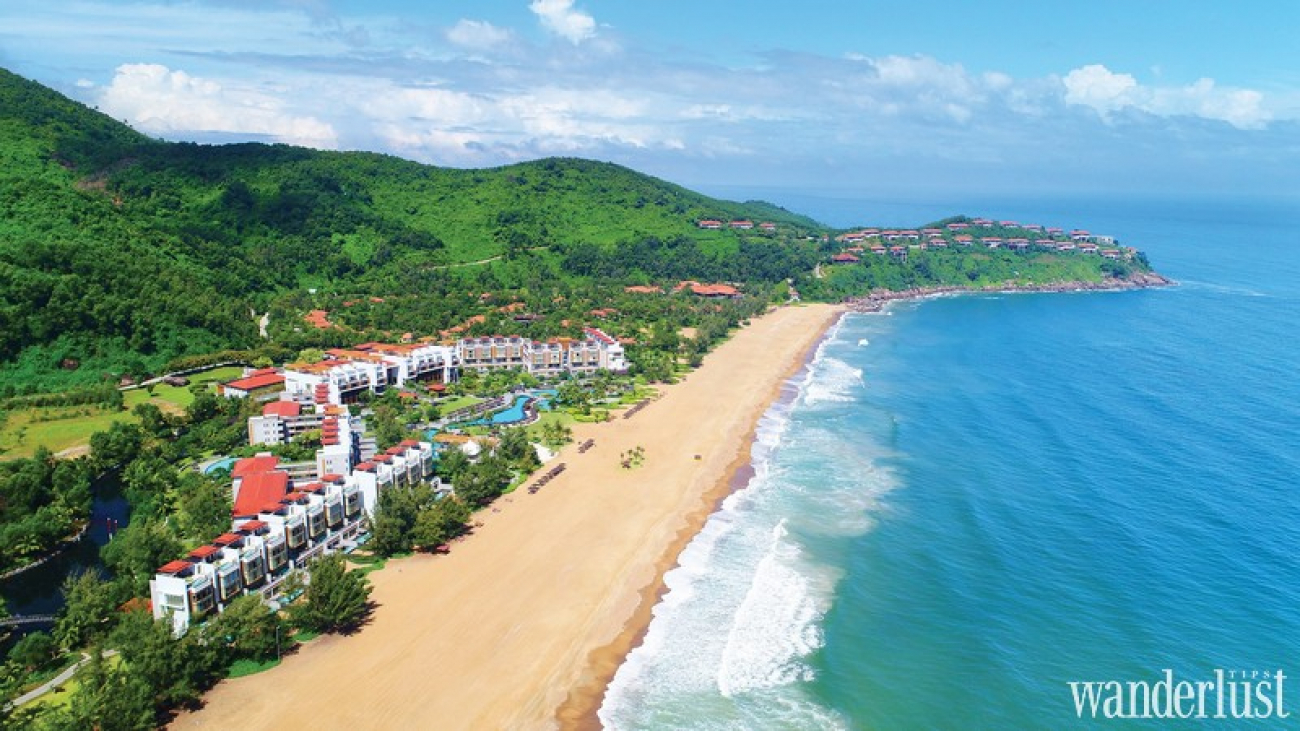
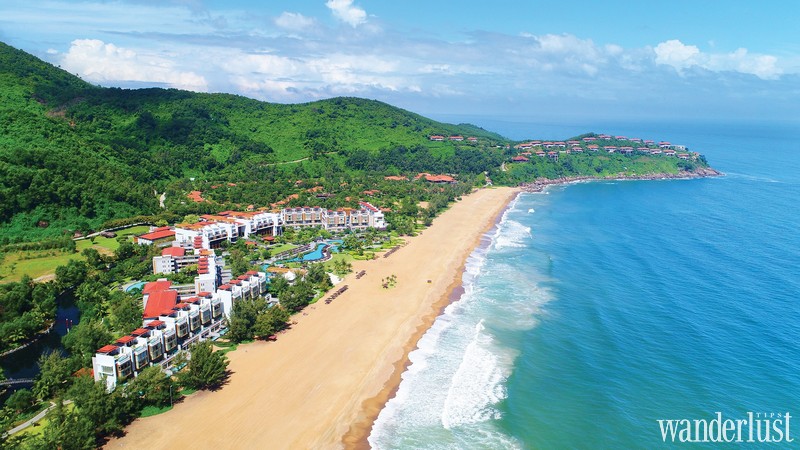
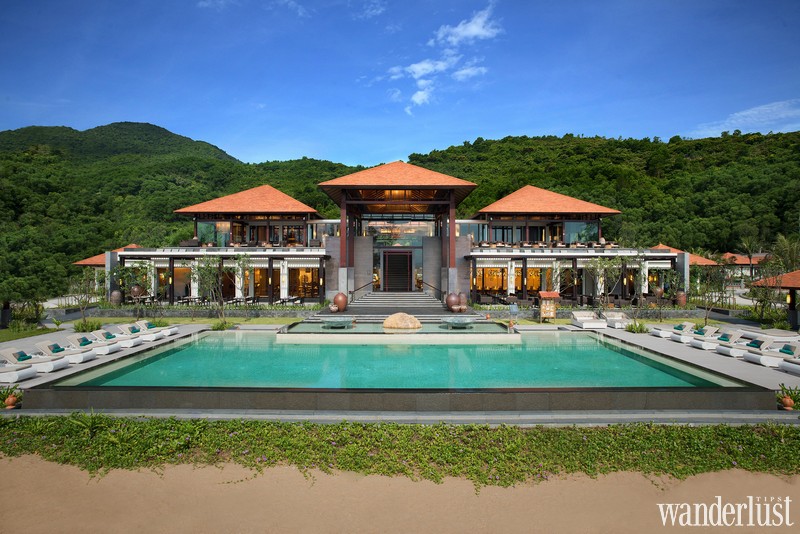
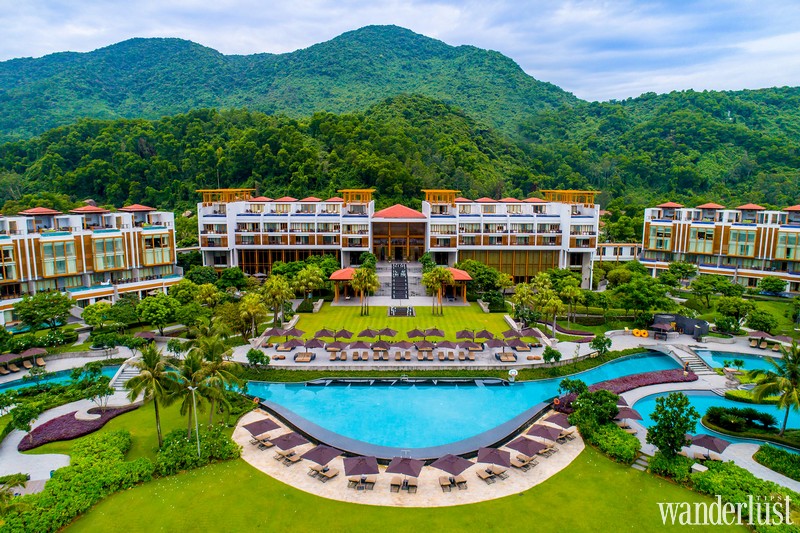
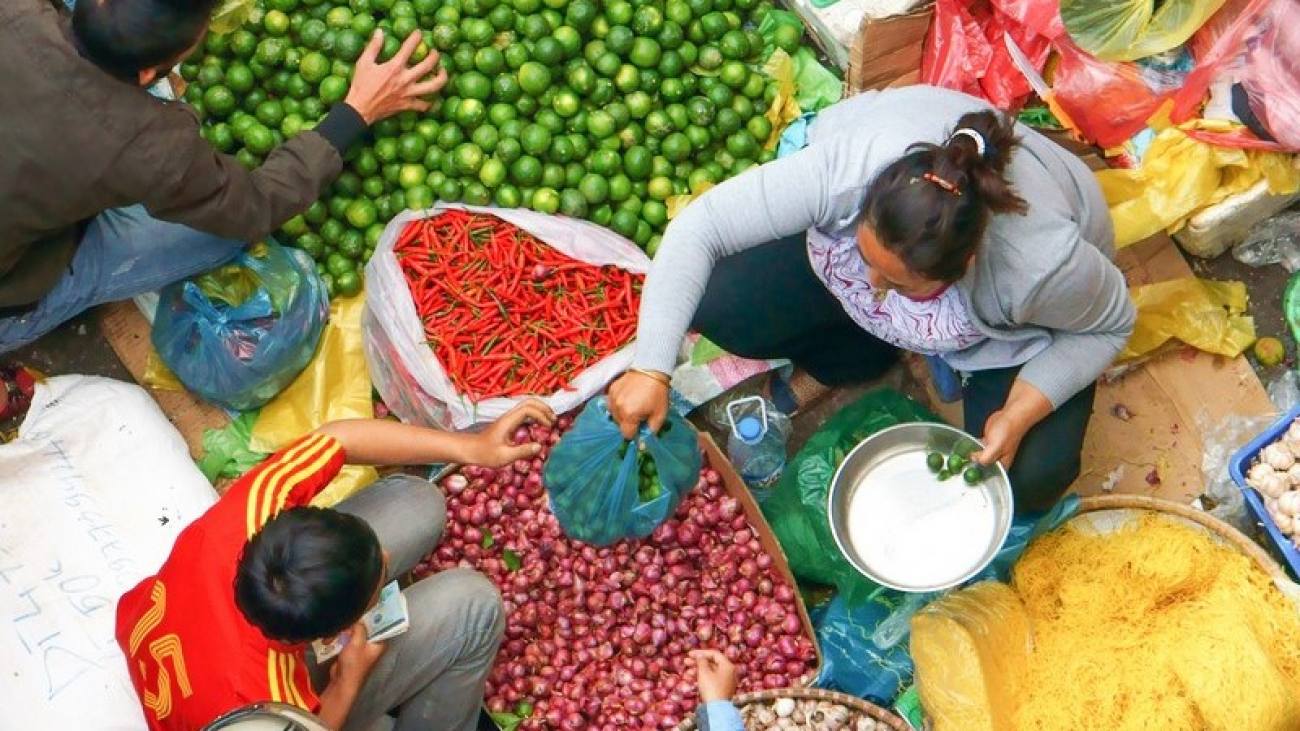












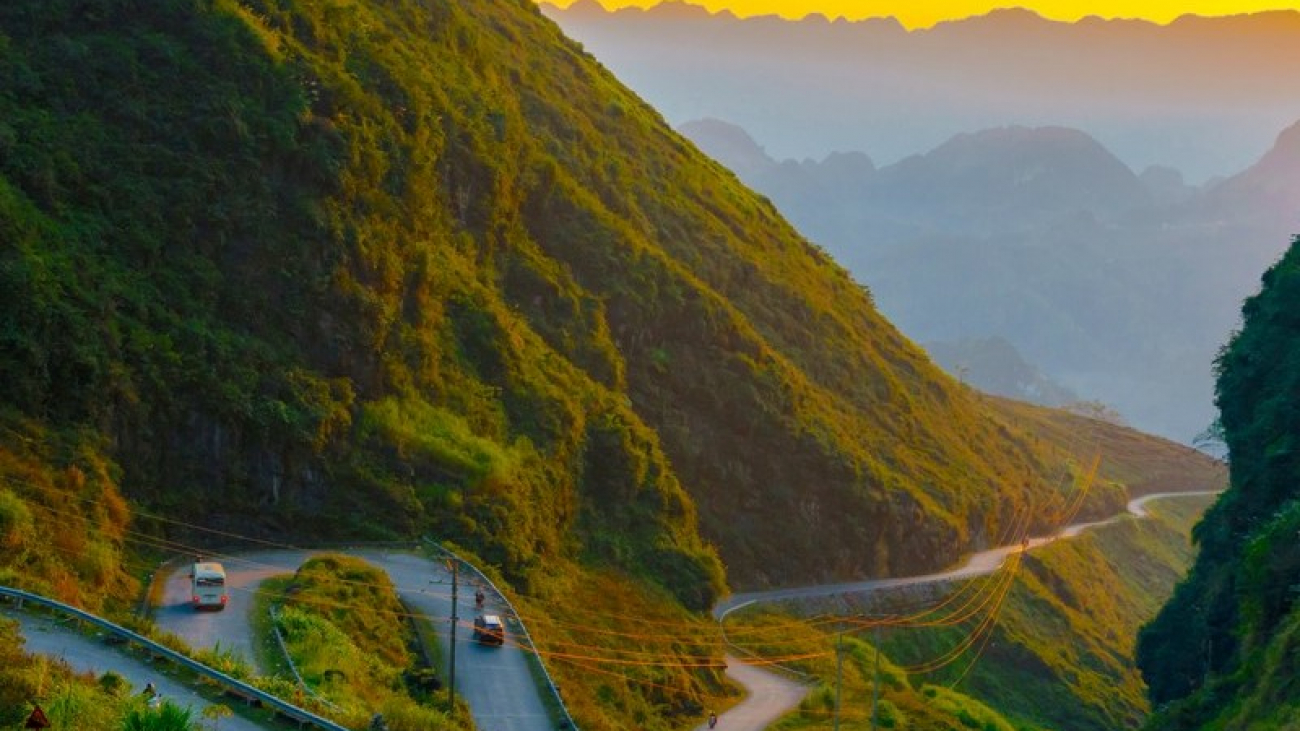
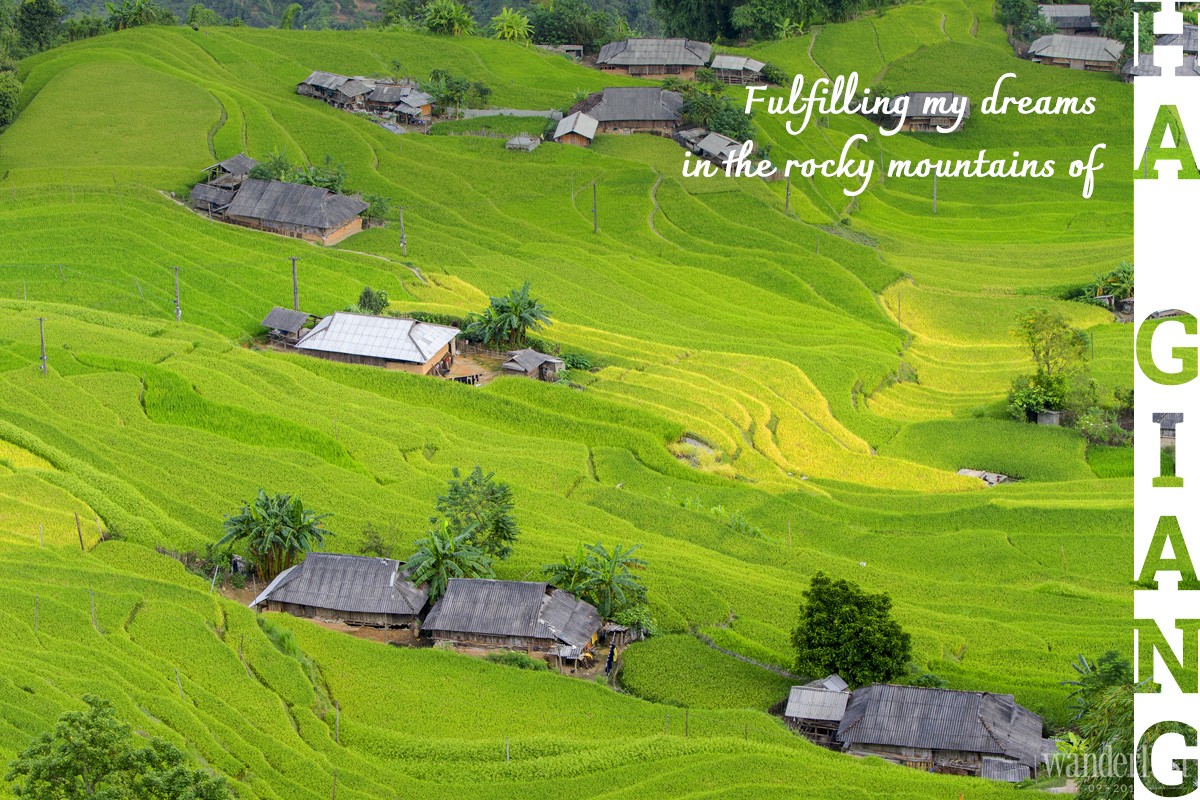
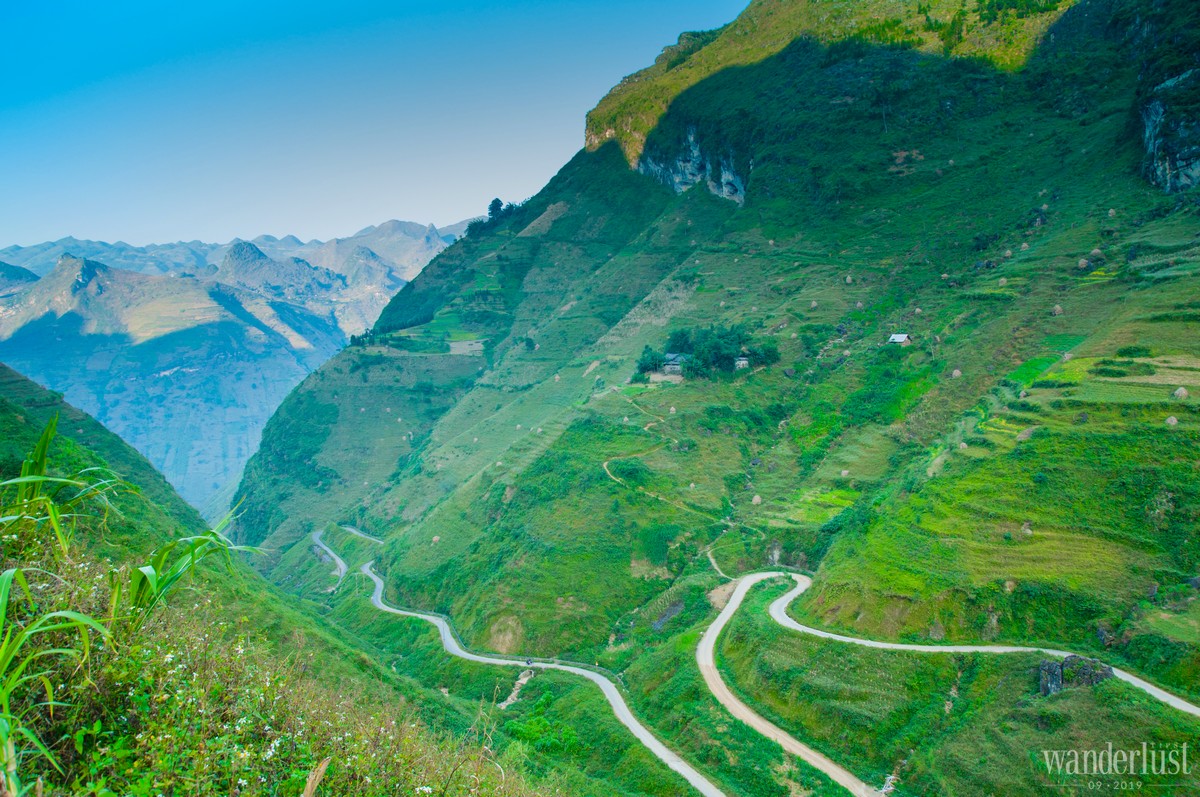
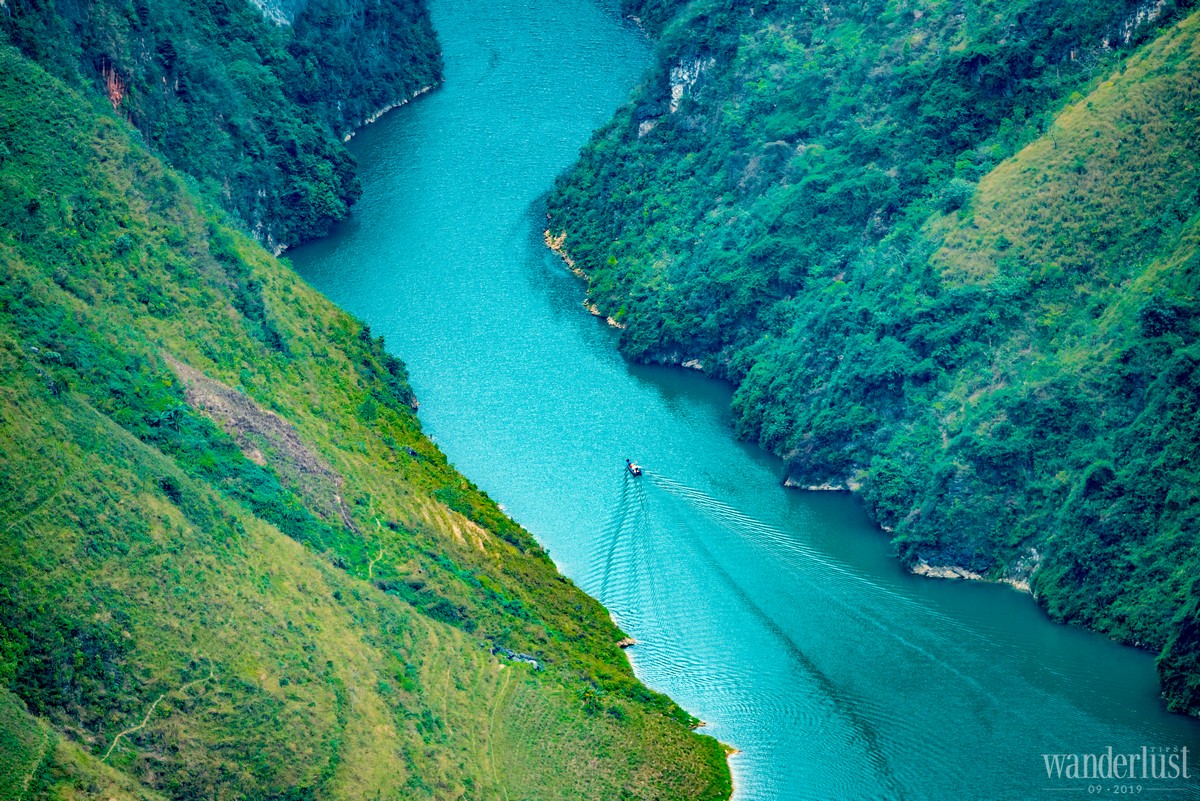
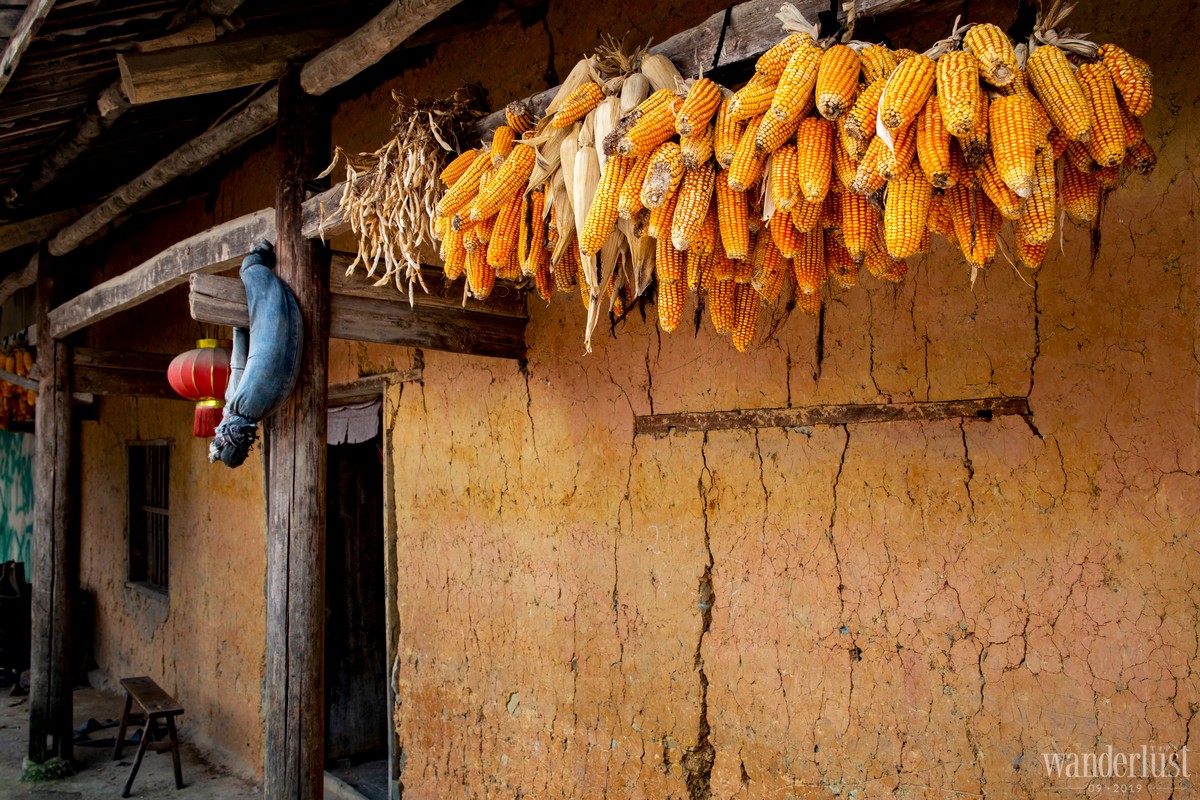
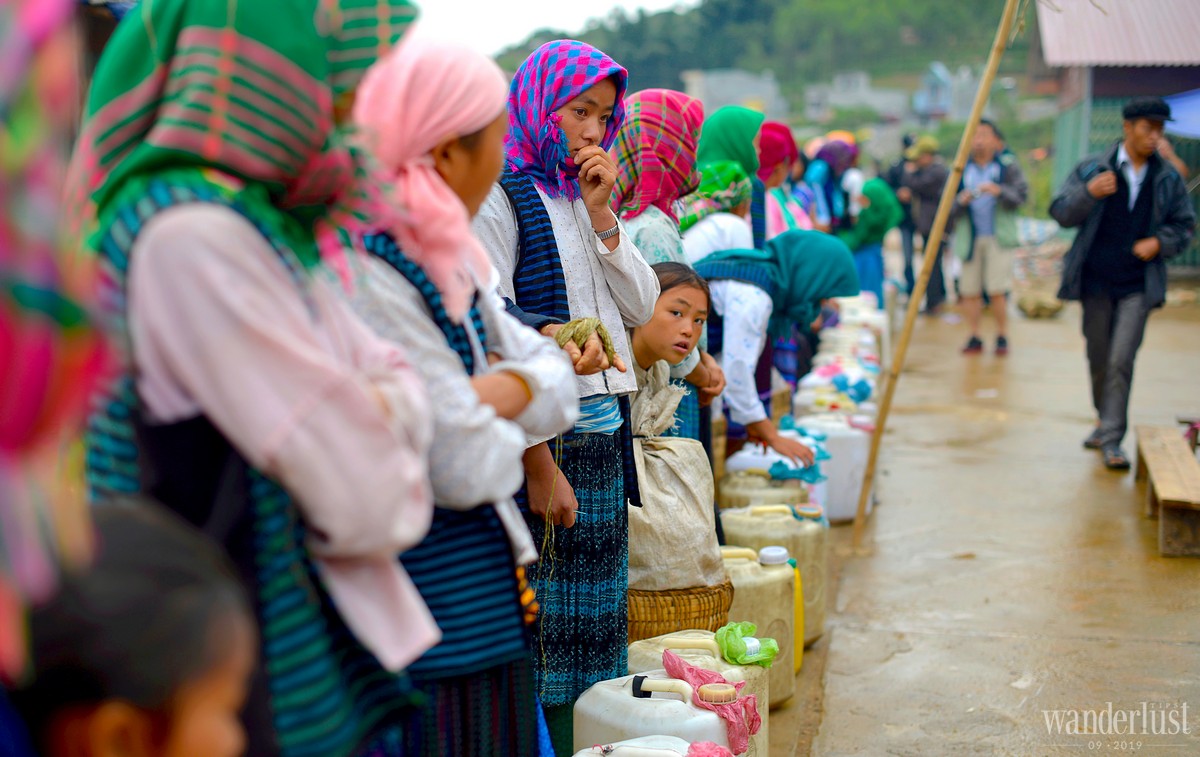
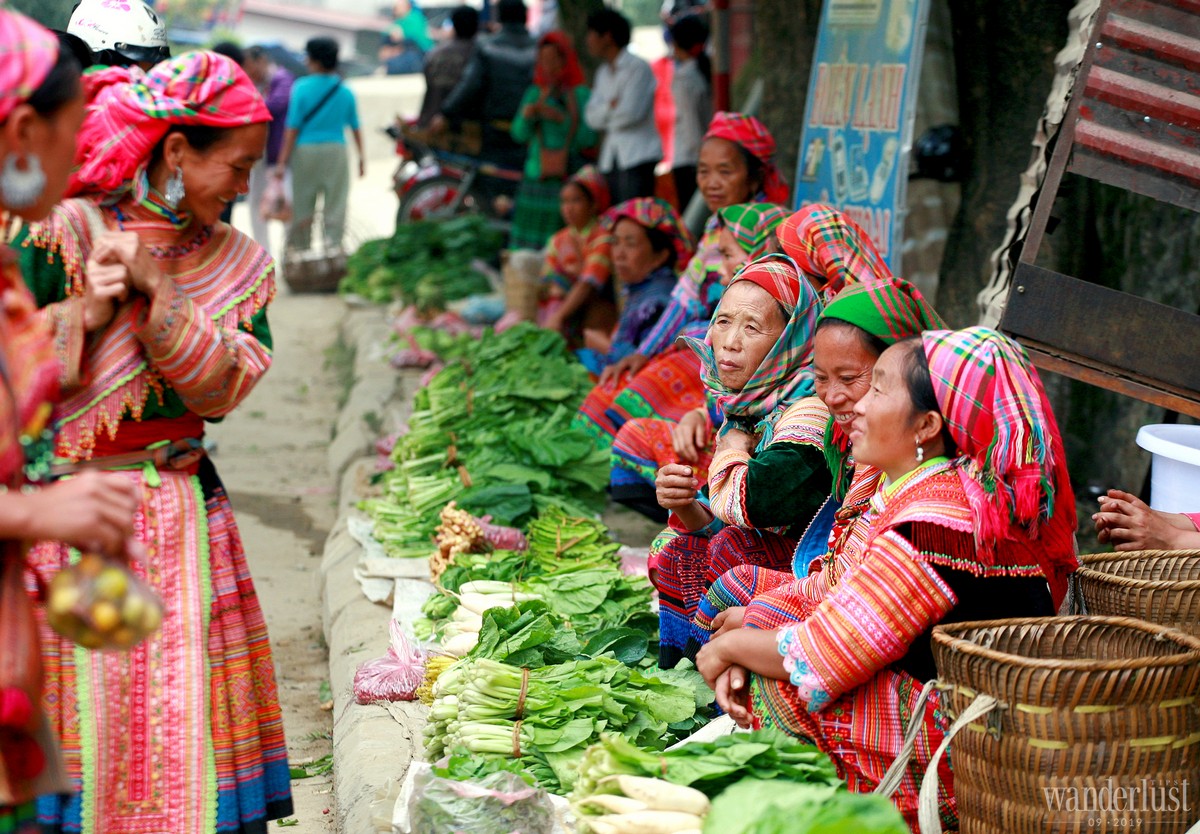
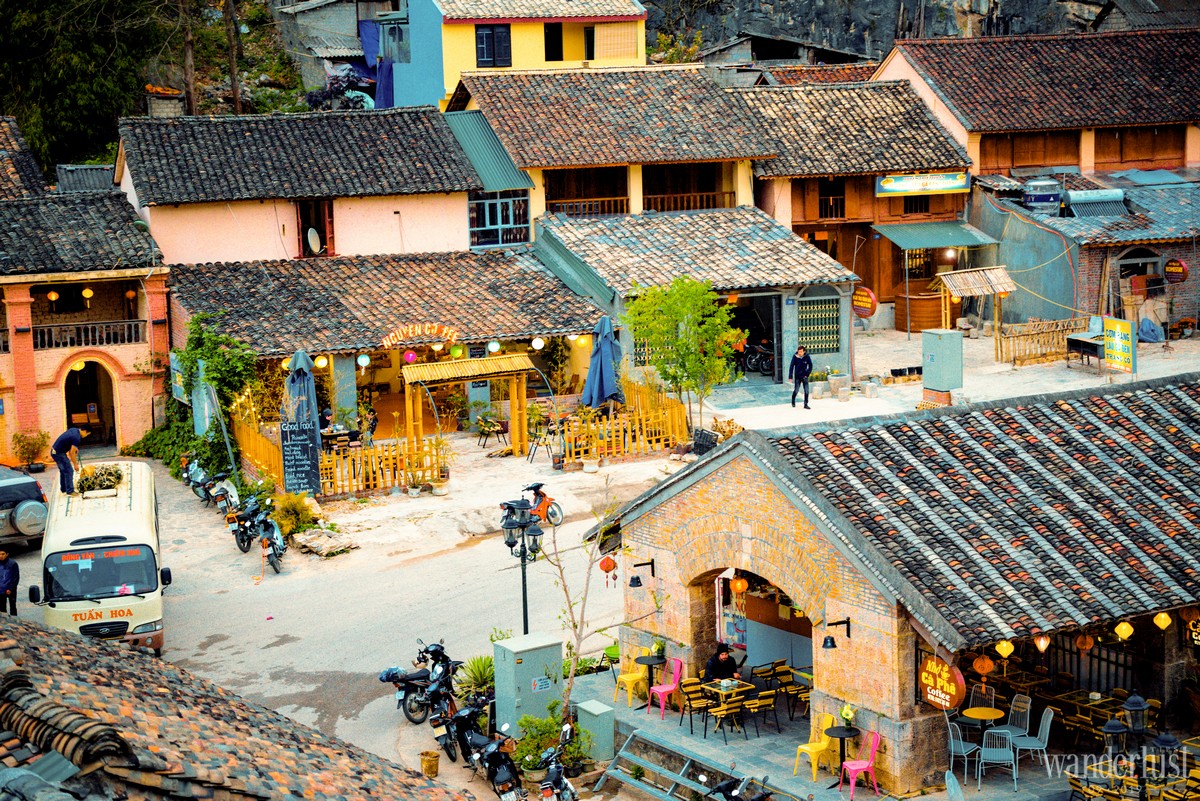
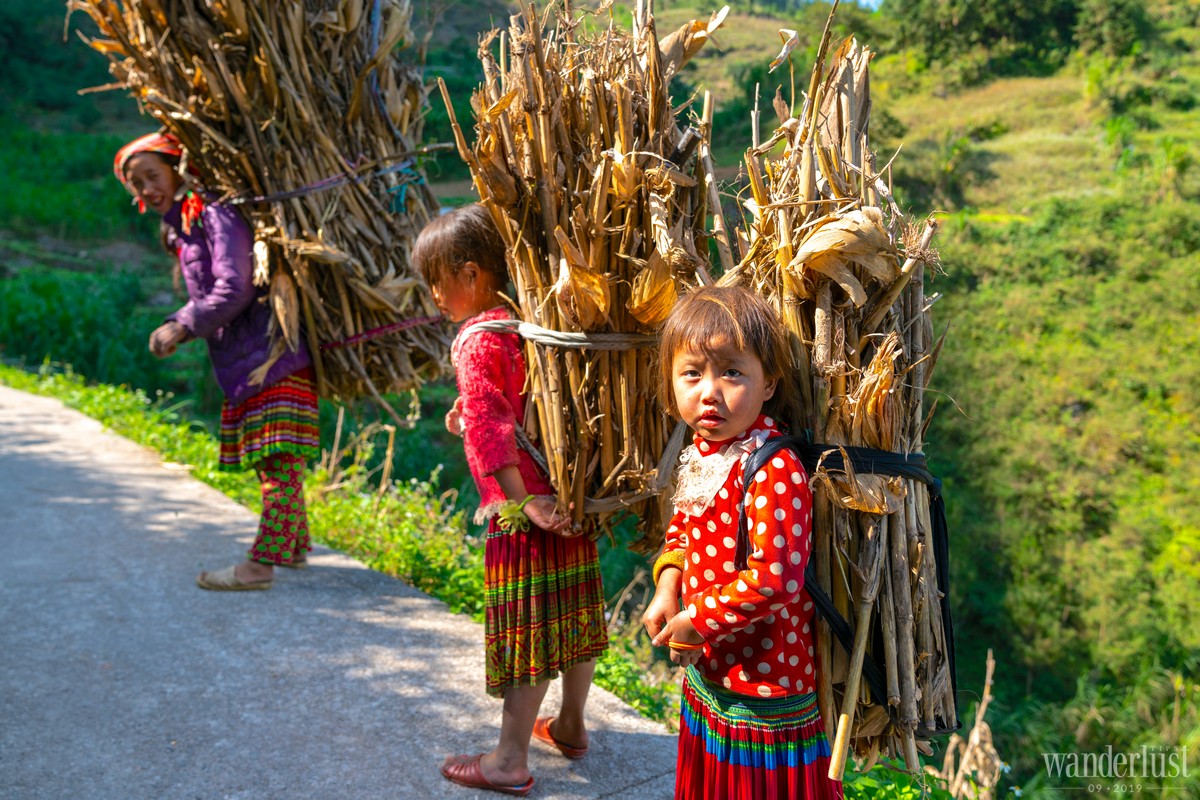
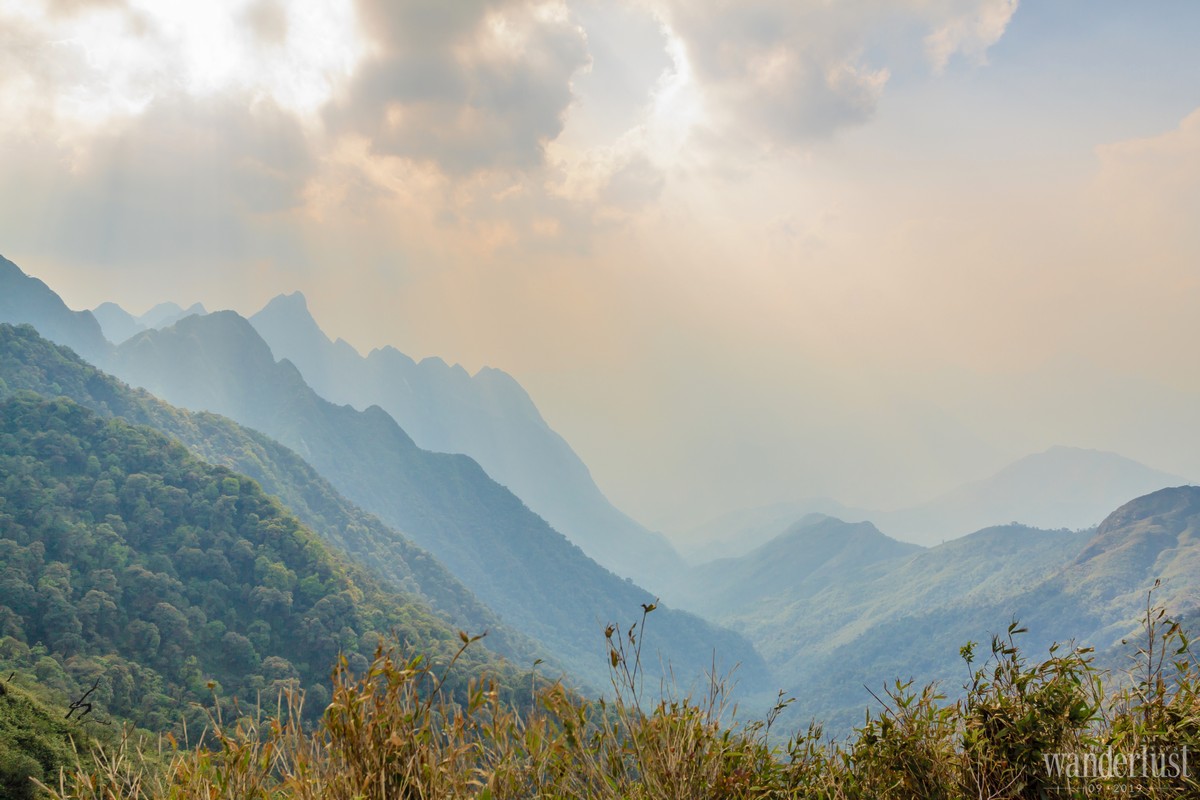
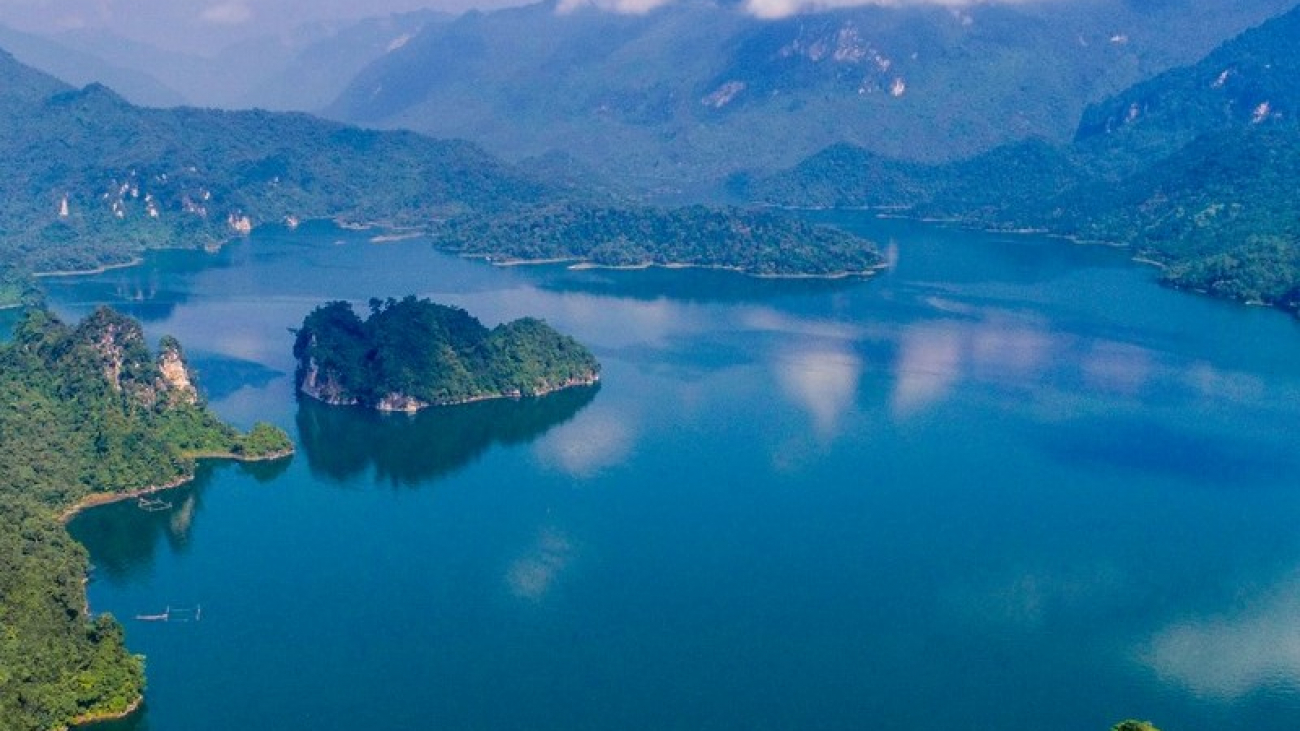
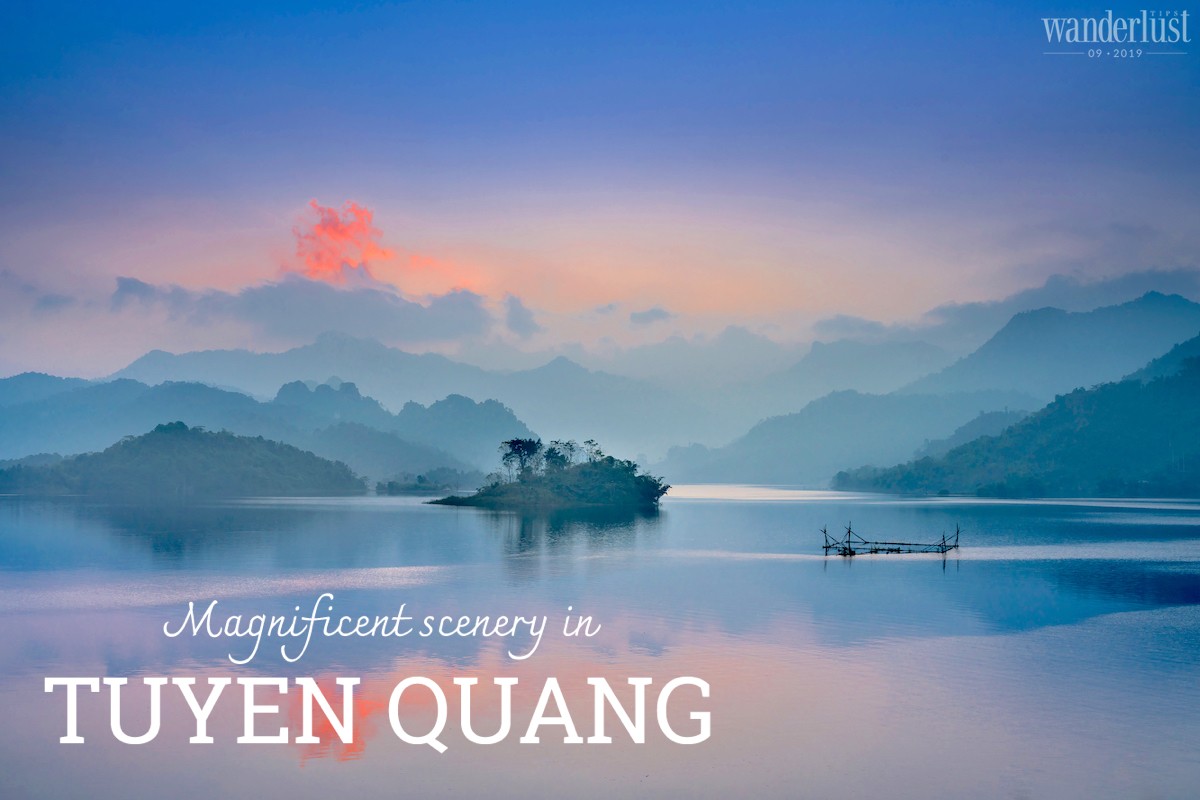
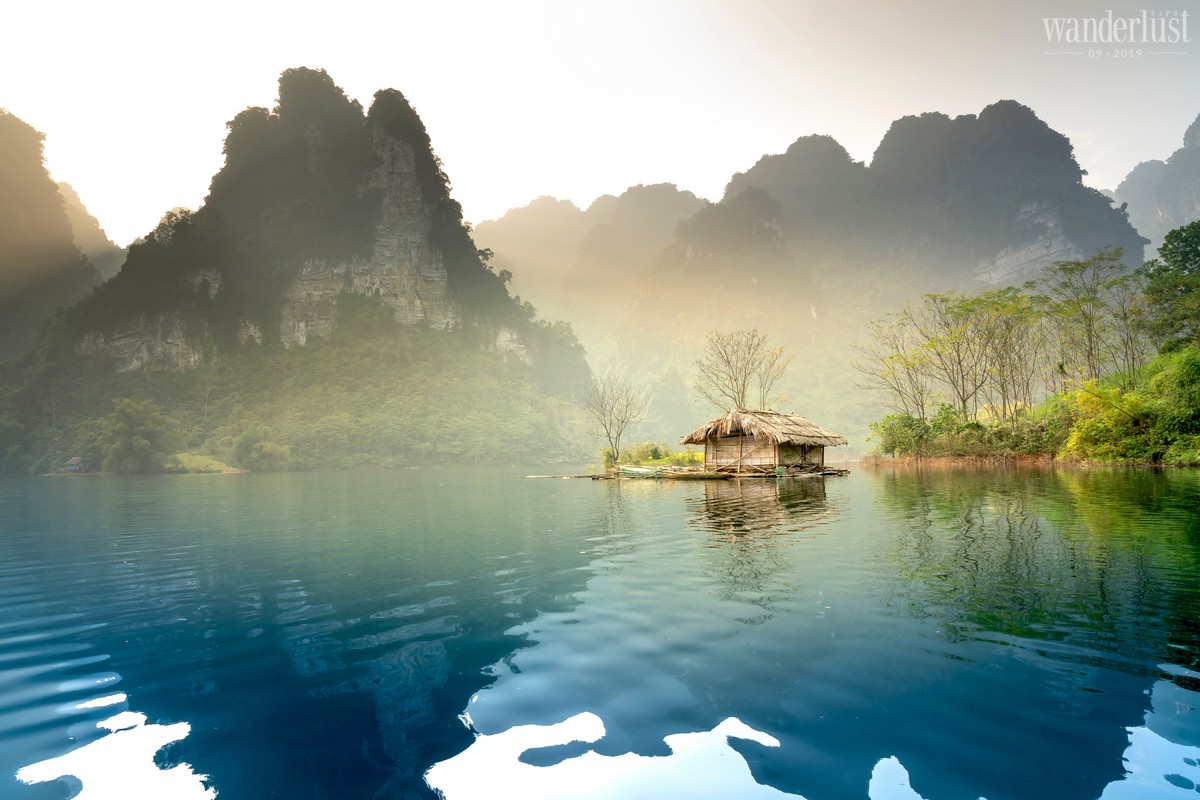
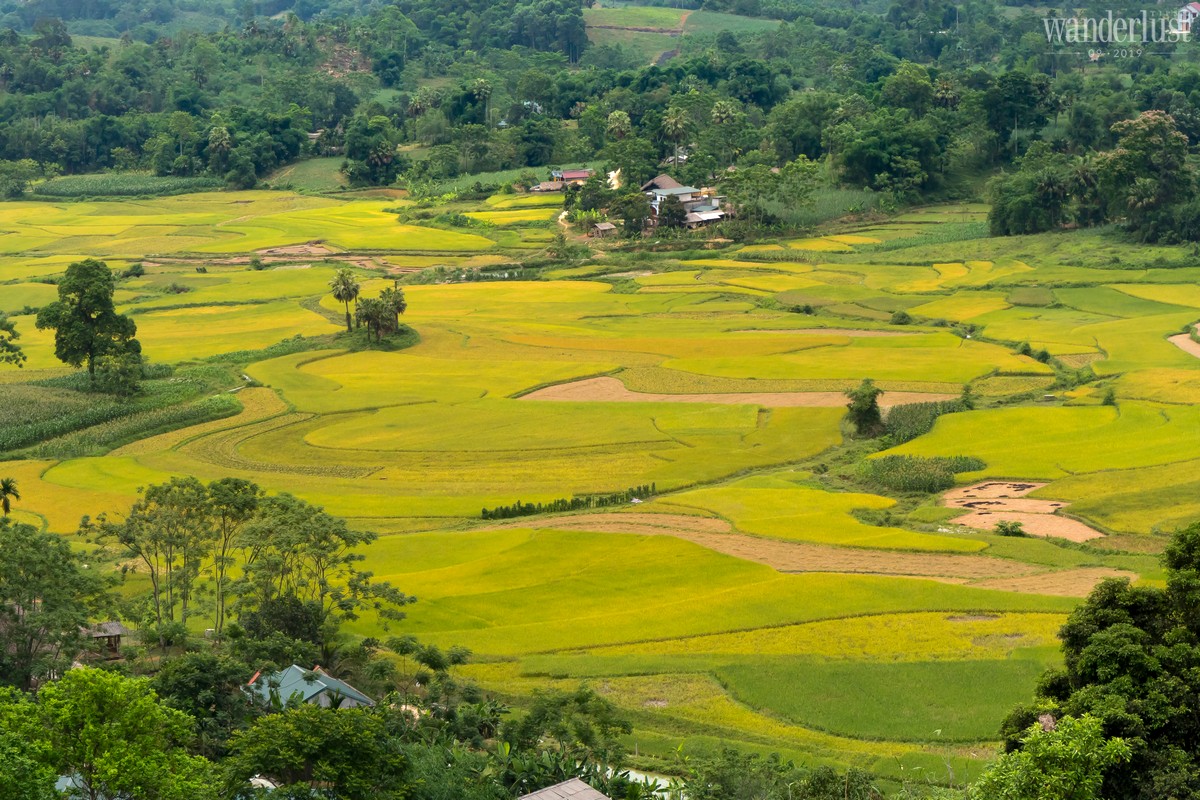
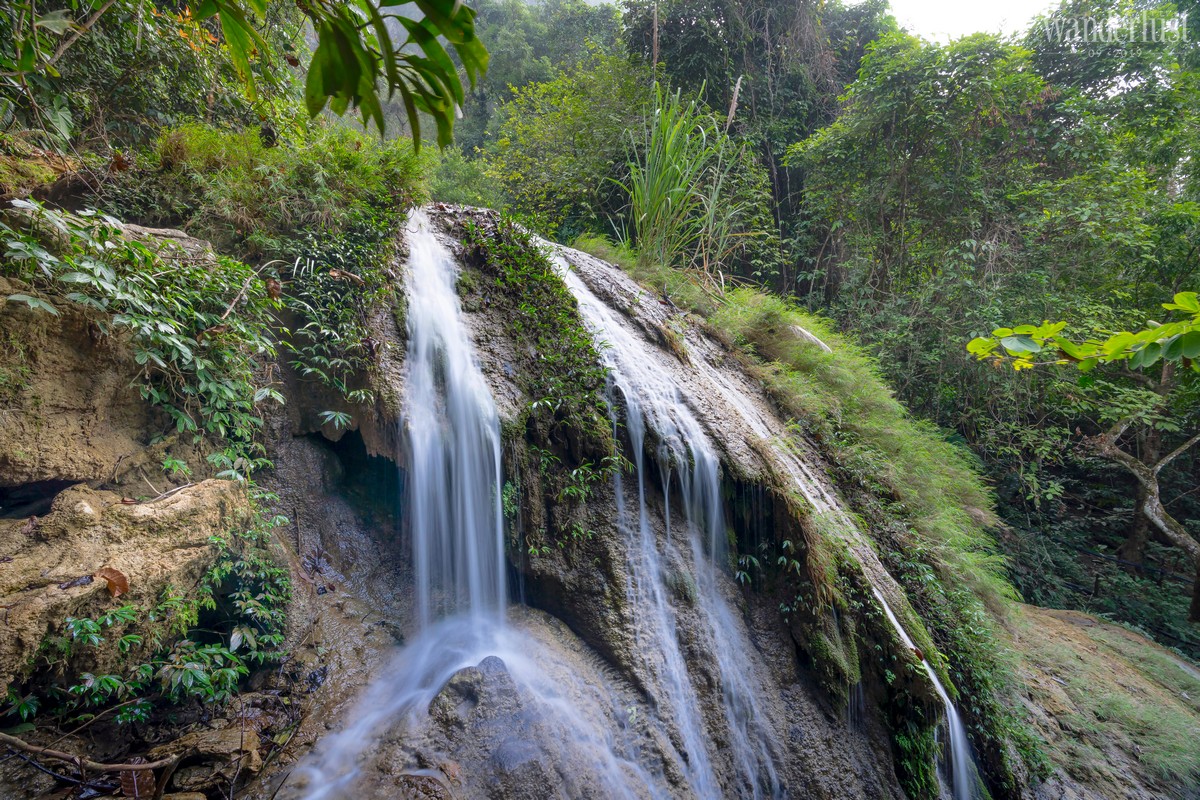
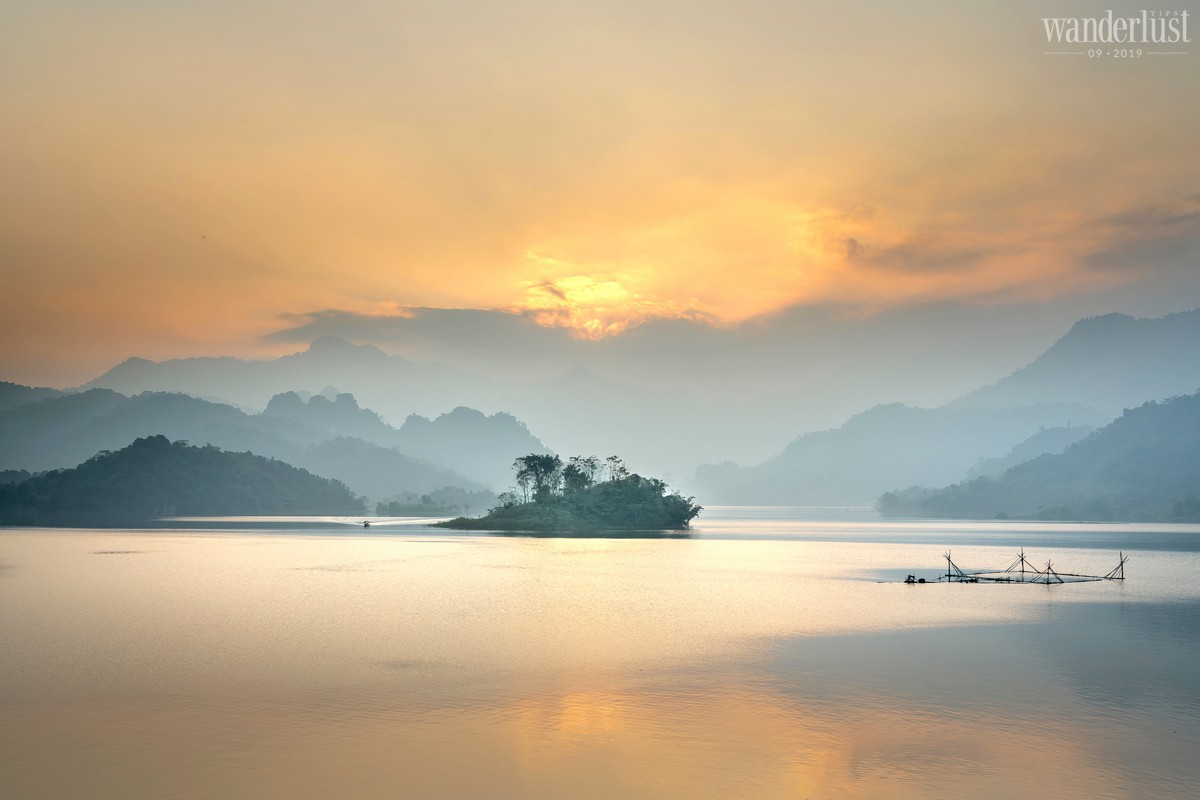
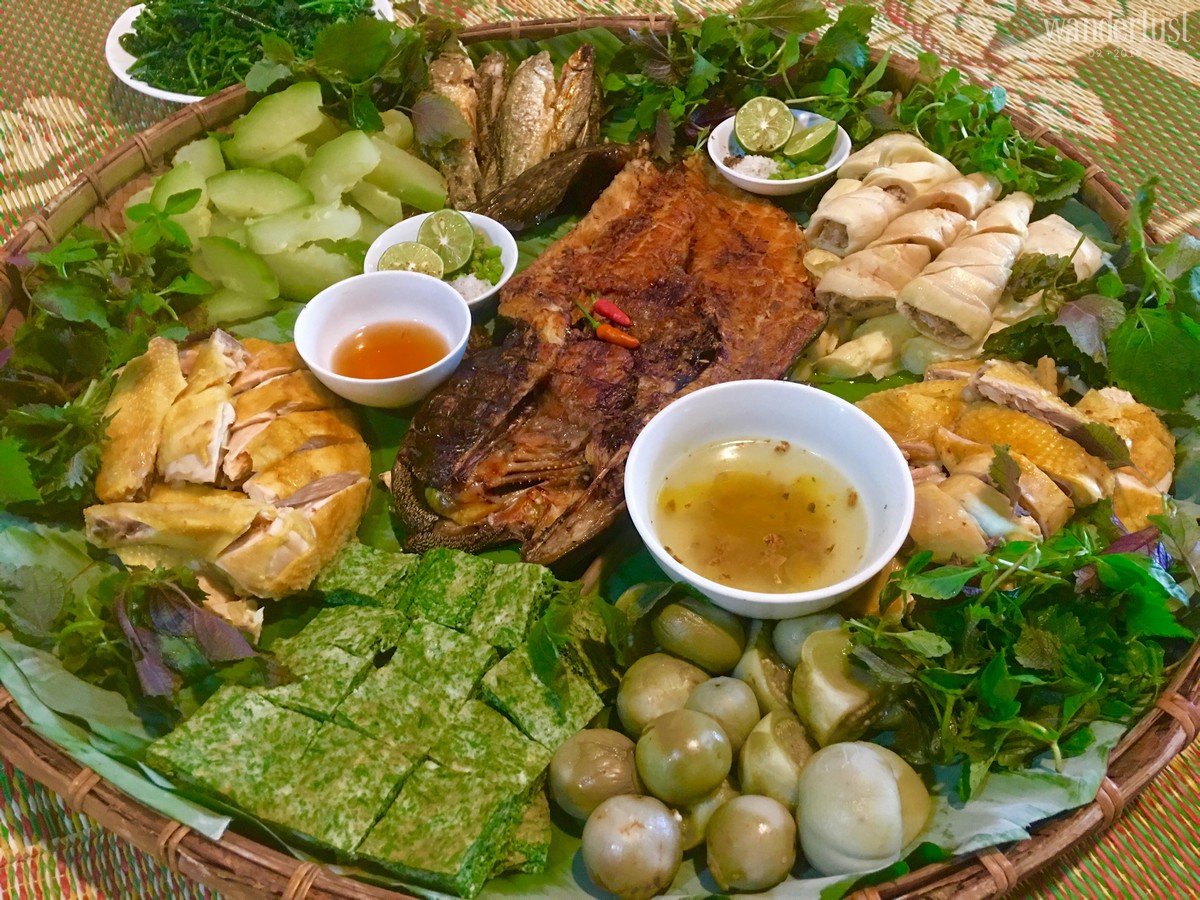
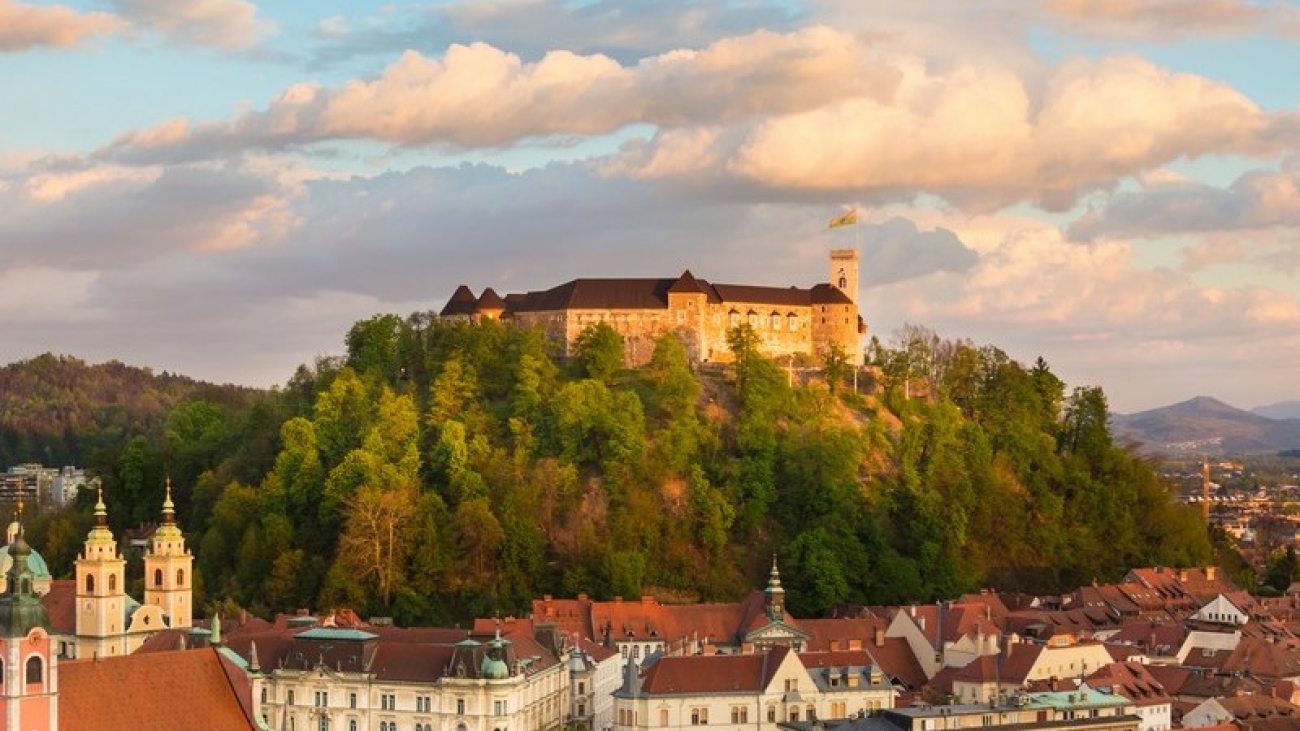
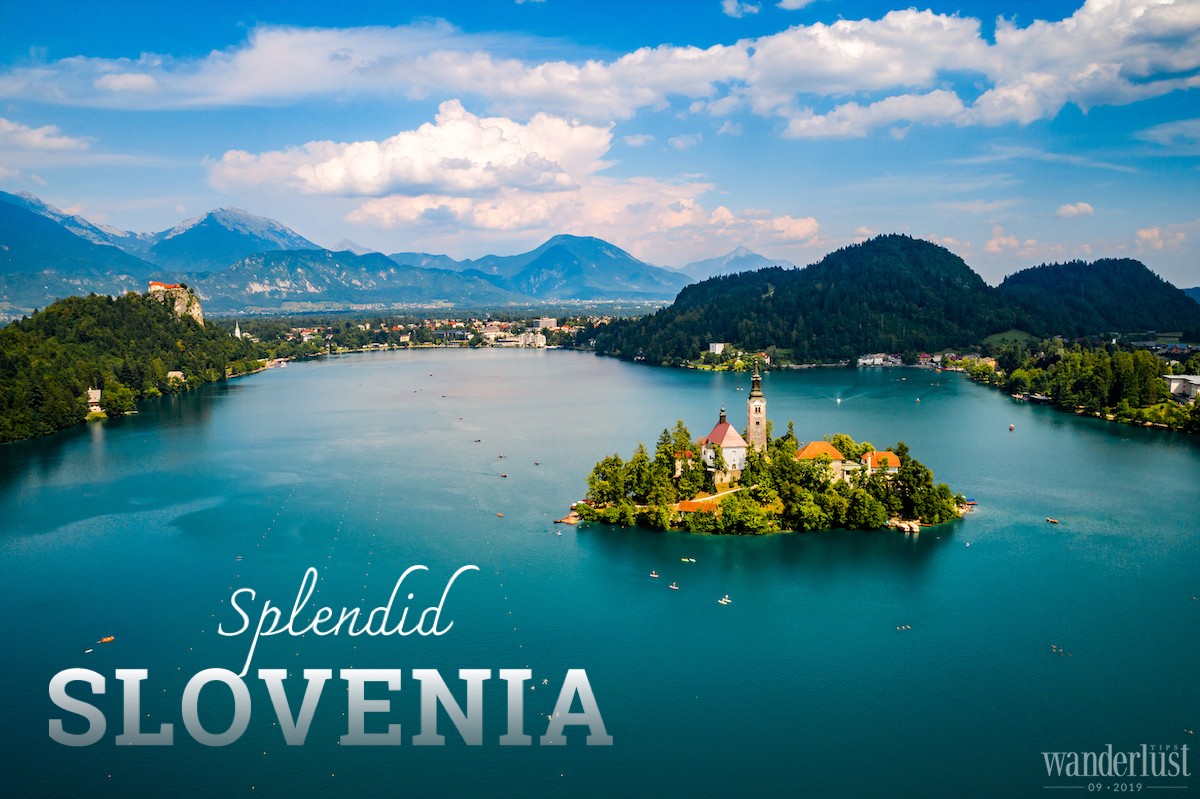
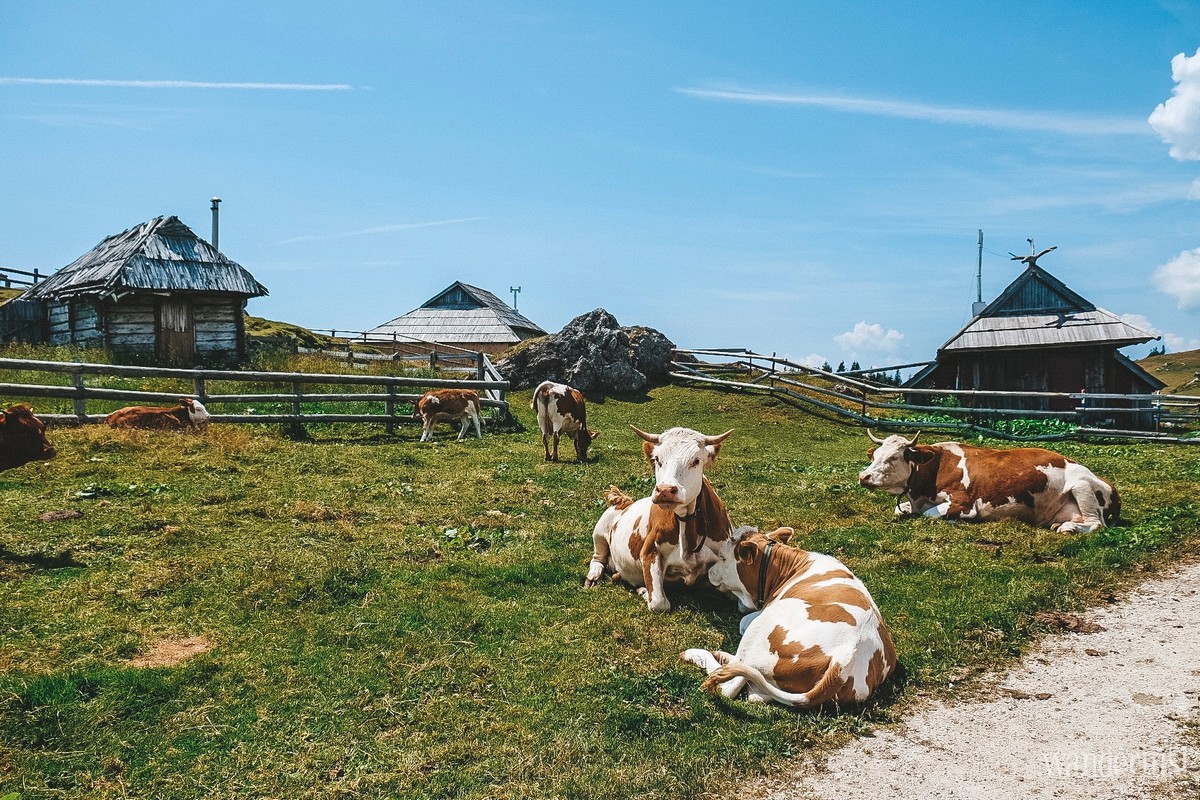
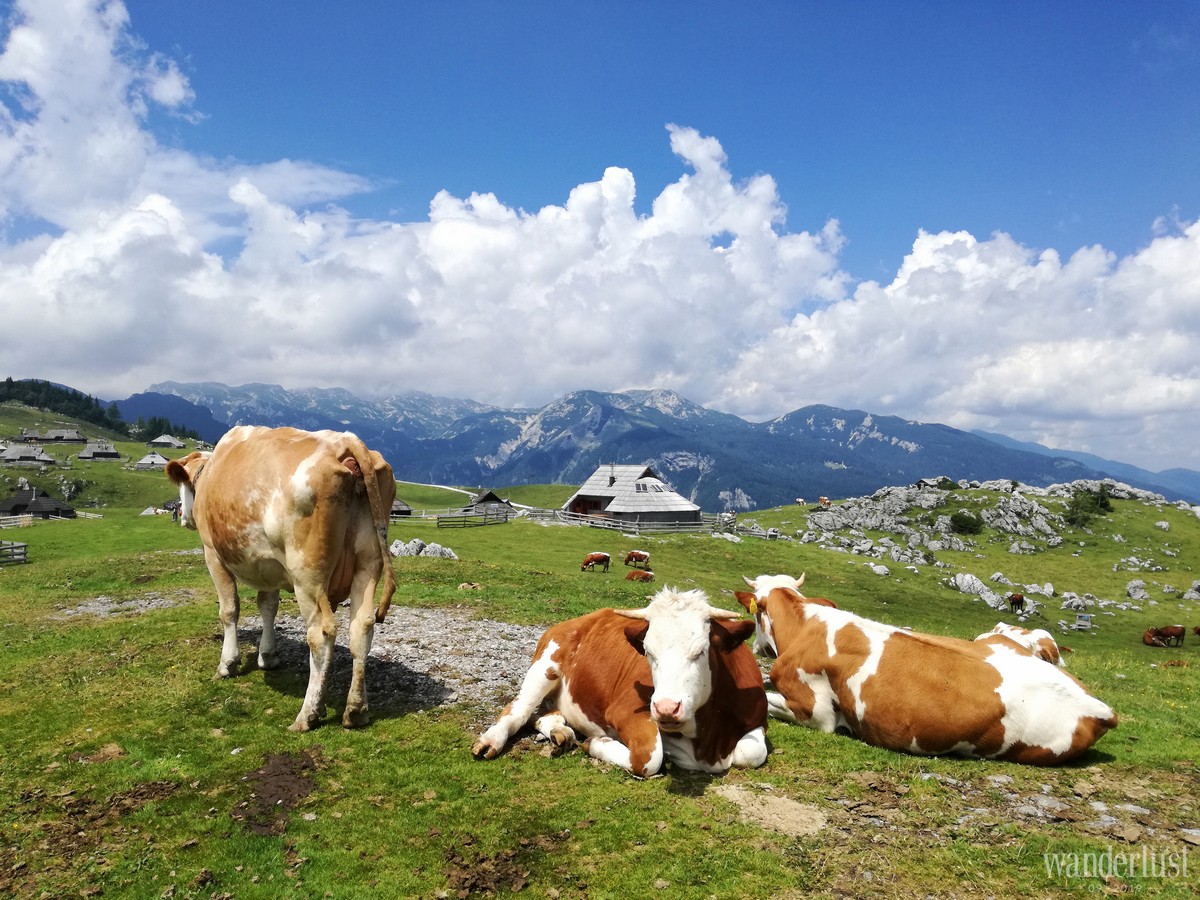
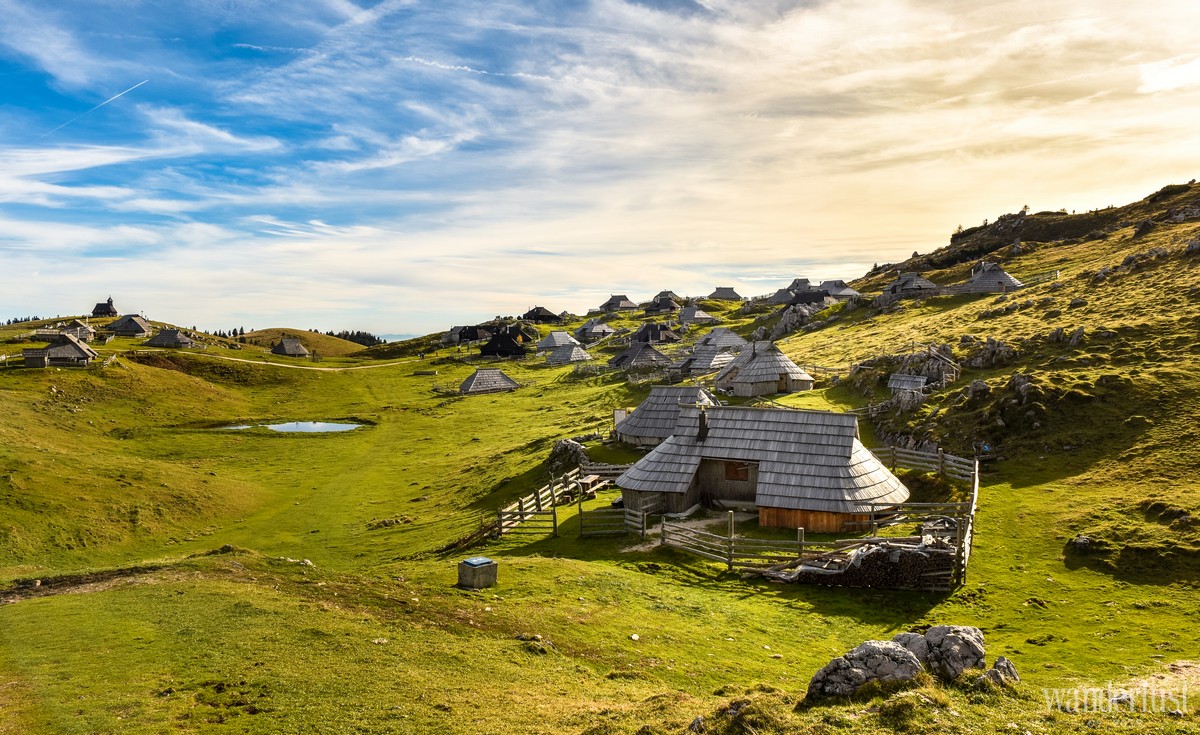 Many wooden huts in Velika Planina, including the oldest huts from the 16th century, are still being used in the summer months. To get a better understanding of this, you could visit the small museum where you will have the opportunity to listen to an introduction to the structure of the houses and take a look inside. You will be surprised to know that only men and husbands stay in huts during the summer months. Their wives and children will stay in the valley below.
Many wooden huts in Velika Planina, including the oldest huts from the 16th century, are still being used in the summer months. To get a better understanding of this, you could visit the small museum where you will have the opportunity to listen to an introduction to the structure of the houses and take a look inside. You will be surprised to know that only men and husbands stay in huts during the summer months. Their wives and children will stay in the valley below.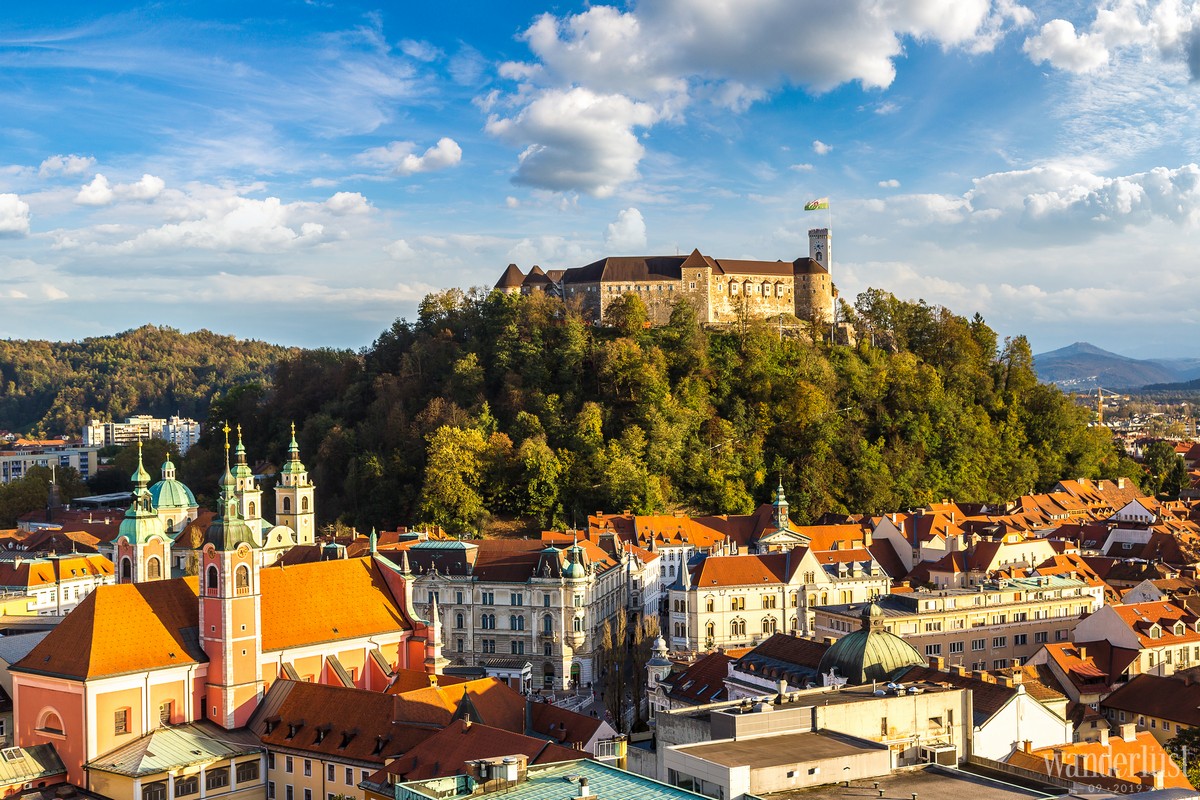
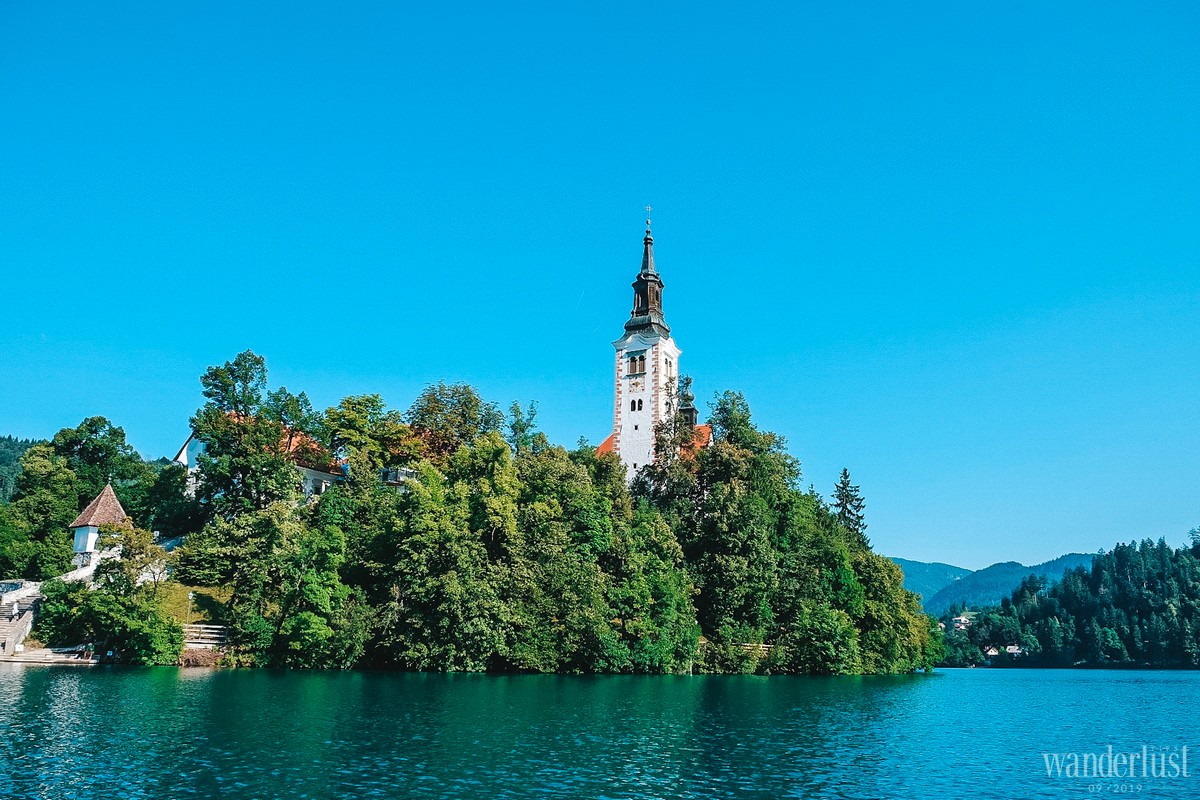 Overlooking northern Lake Bled is the medieval Bled Castle. According to official sources, Bled Castle is the oldest castle in Slovenia, first mentioned in 1011. From the high vantage window in Bled Castle, you can admire the spectacular panoramic view of Lake Bled and Bled Island. The stunningly charming landscapes are adorned with vibrant colours. Additionally, the castle has ironworks, printing works, the knights’ room and a separate chapel. Therefore, the beauty and completeness of the Bled Castle is not only the pride of the Slovenian people but also recognised worldwide. Many famous politicians visited the Bled Castle and were fascinated by the scenery here.
Overlooking northern Lake Bled is the medieval Bled Castle. According to official sources, Bled Castle is the oldest castle in Slovenia, first mentioned in 1011. From the high vantage window in Bled Castle, you can admire the spectacular panoramic view of Lake Bled and Bled Island. The stunningly charming landscapes are adorned with vibrant colours. Additionally, the castle has ironworks, printing works, the knights’ room and a separate chapel. Therefore, the beauty and completeness of the Bled Castle is not only the pride of the Slovenian people but also recognised worldwide. Many famous politicians visited the Bled Castle and were fascinated by the scenery here.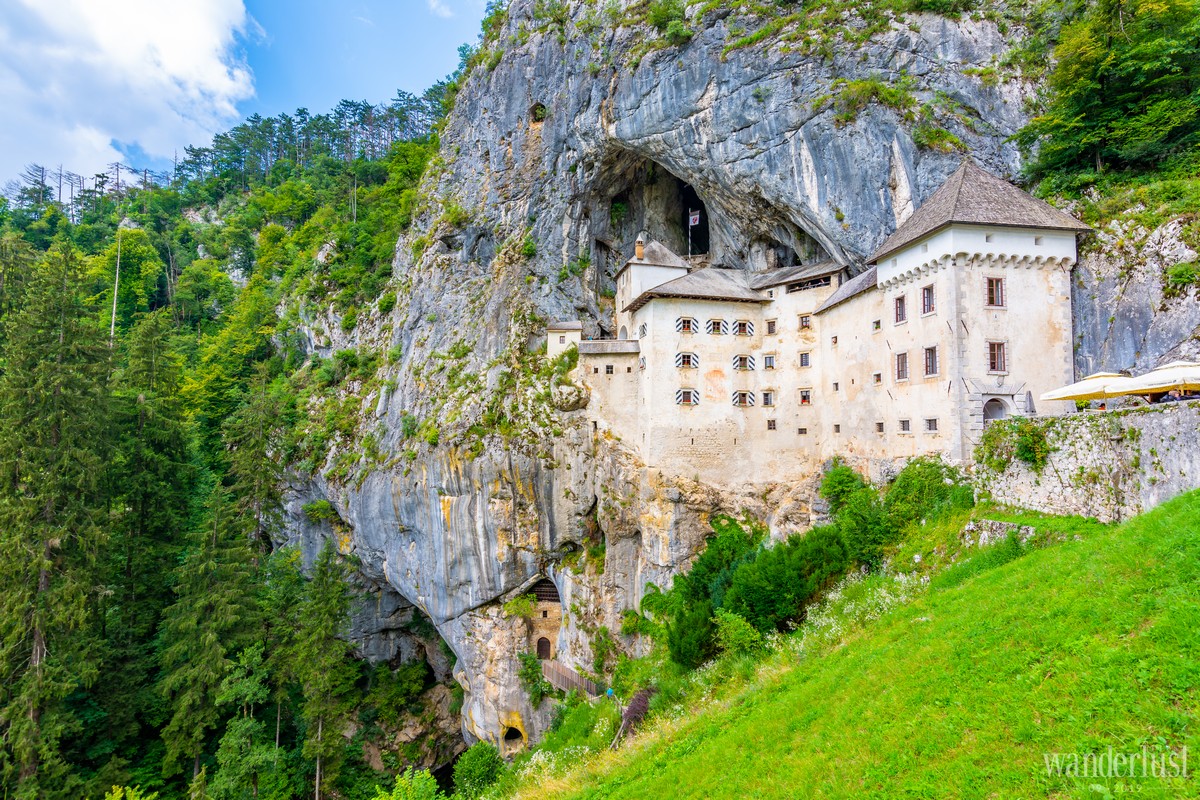
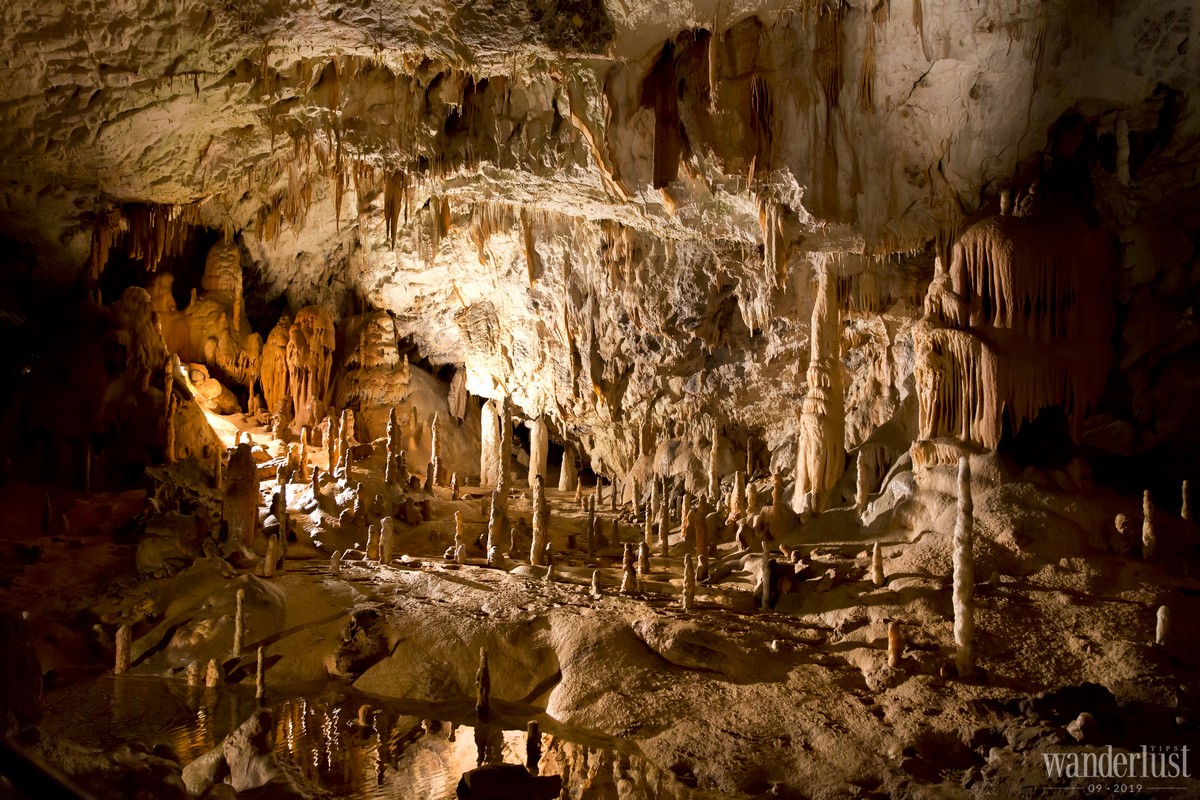

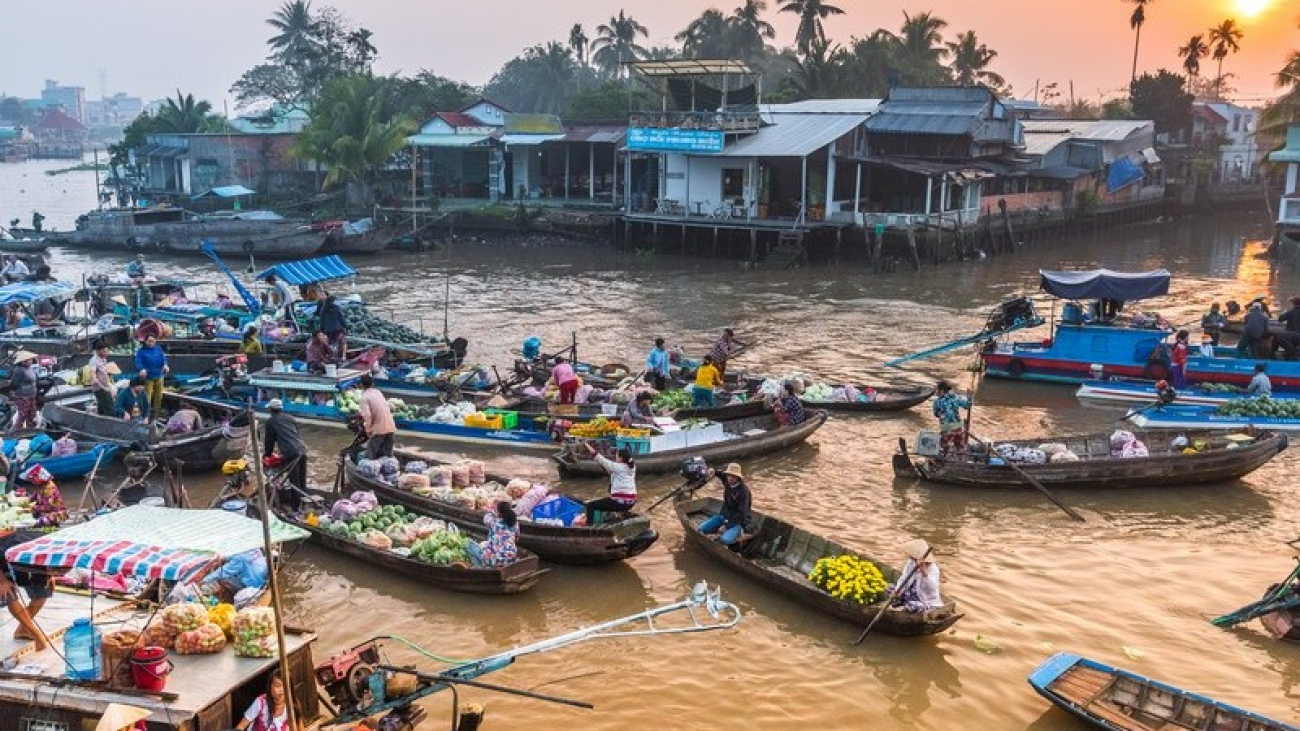
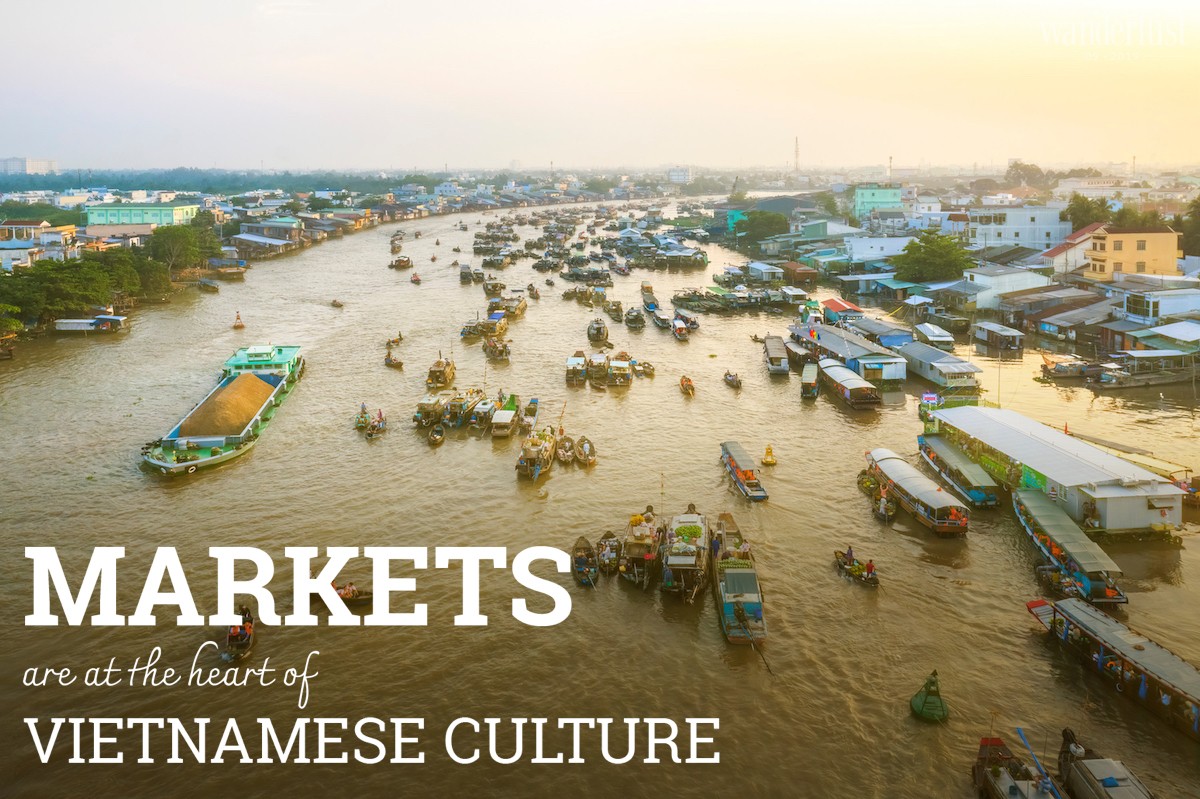 When I was a child, I always expected to receive small gifts from my mom every time she returned from the market. Sometimes, she gave me some ambarella fruits or a pack of sweet gruel made from cassava and rice flour dumplings. The markets are an important and very familiar place in the daily lives of the Vietnamese. From childhood through to adulthood, we have all visited markets at some point or another, whether that is a market in a poor village or a busy market in a vibrant city.
When I was a child, I always expected to receive small gifts from my mom every time she returned from the market. Sometimes, she gave me some ambarella fruits or a pack of sweet gruel made from cassava and rice flour dumplings. The markets are an important and very familiar place in the daily lives of the Vietnamese. From childhood through to adulthood, we have all visited markets at some point or another, whether that is a market in a poor village or a busy market in a vibrant city.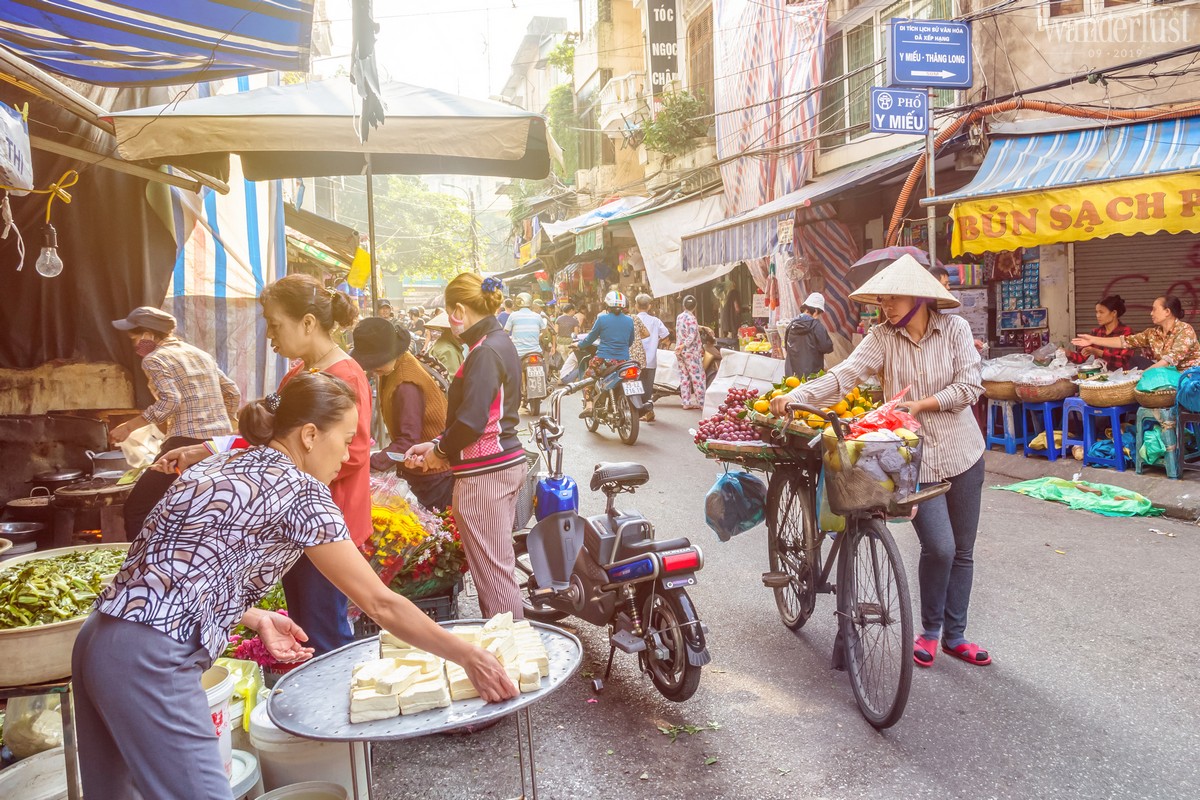 Now, if asked about the definition of a market, few people could answer assuredly. For instance, they might simply say that a market is a place to “buy or sell something”. Alternatively, you could consult academic literature for a more detailed definition, for example, “A market is an occasion of regular economic, cultural and social exchanges between localities to meet the daily needs of the people. Additionally, they have strengthened the community bond between residents from many localities in Vietnamese society for hundreds of years”.
Now, if asked about the definition of a market, few people could answer assuredly. For instance, they might simply say that a market is a place to “buy or sell something”. Alternatively, you could consult academic literature for a more detailed definition, for example, “A market is an occasion of regular economic, cultural and social exchanges between localities to meet the daily needs of the people. Additionally, they have strengthened the community bond between residents from many localities in Vietnamese society for hundreds of years”.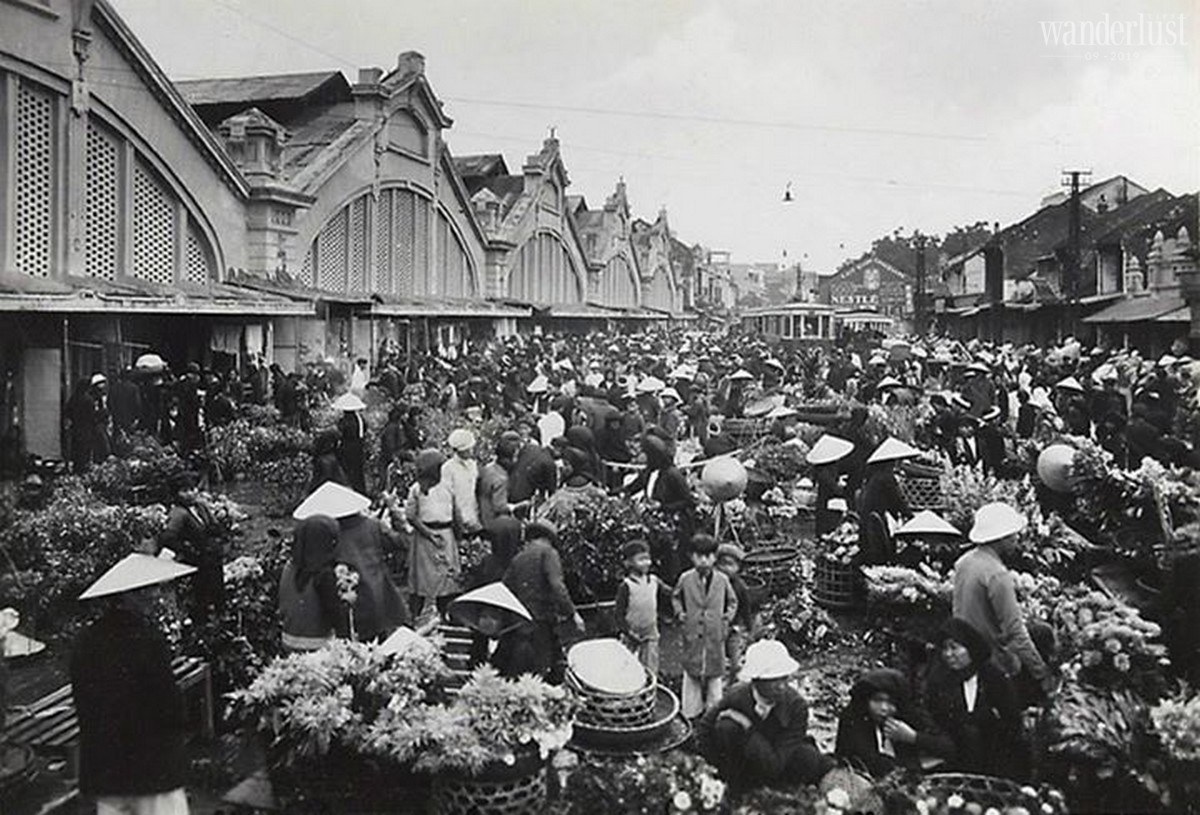
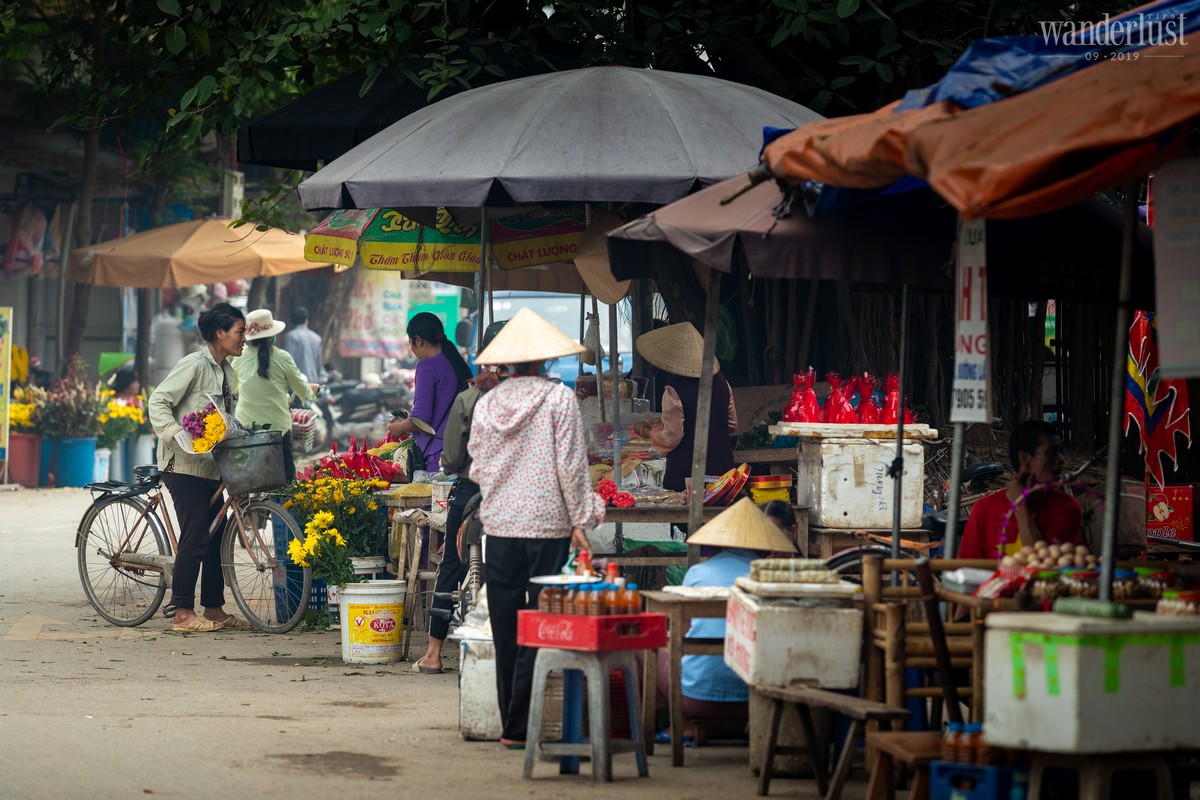
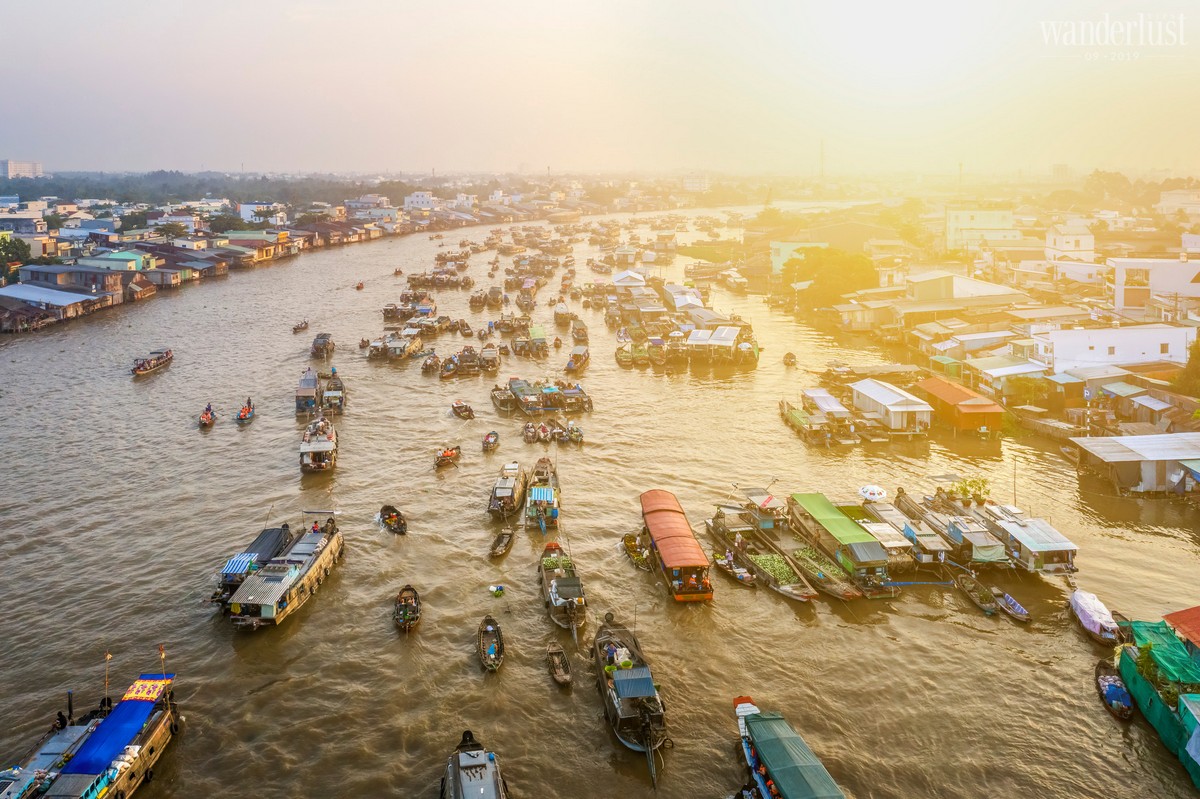
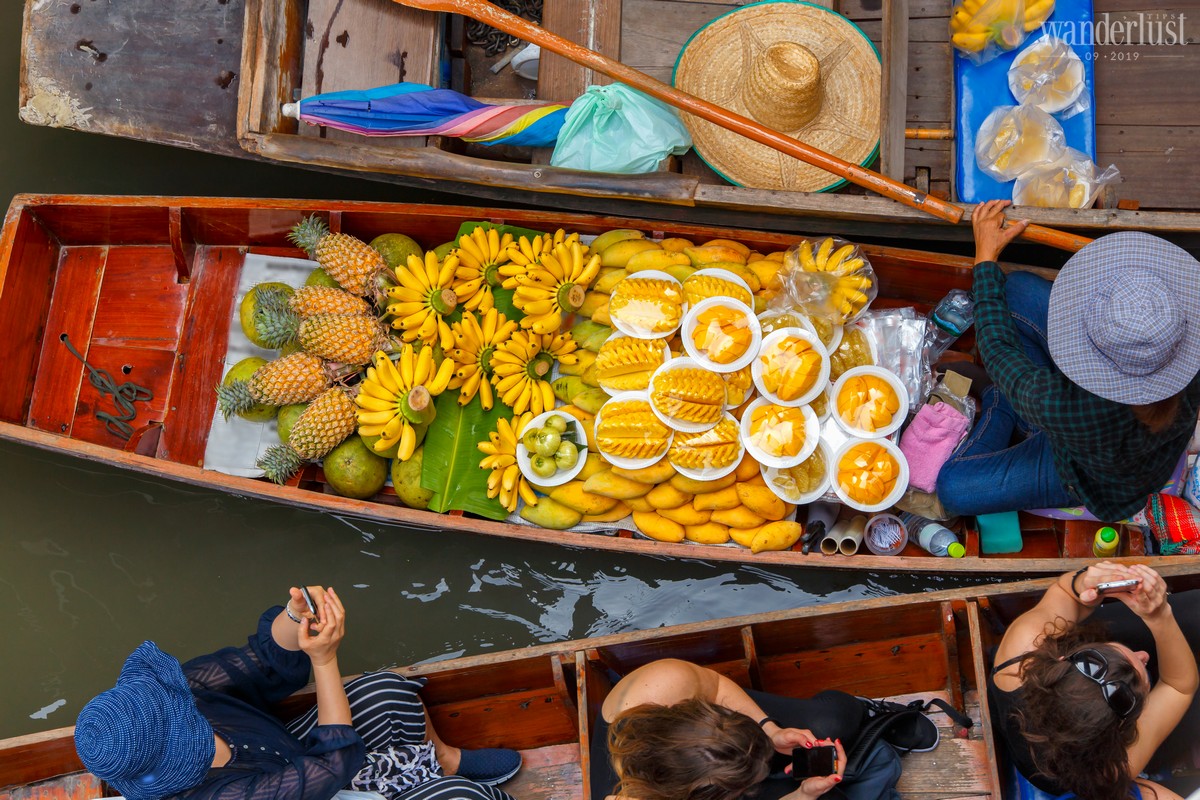
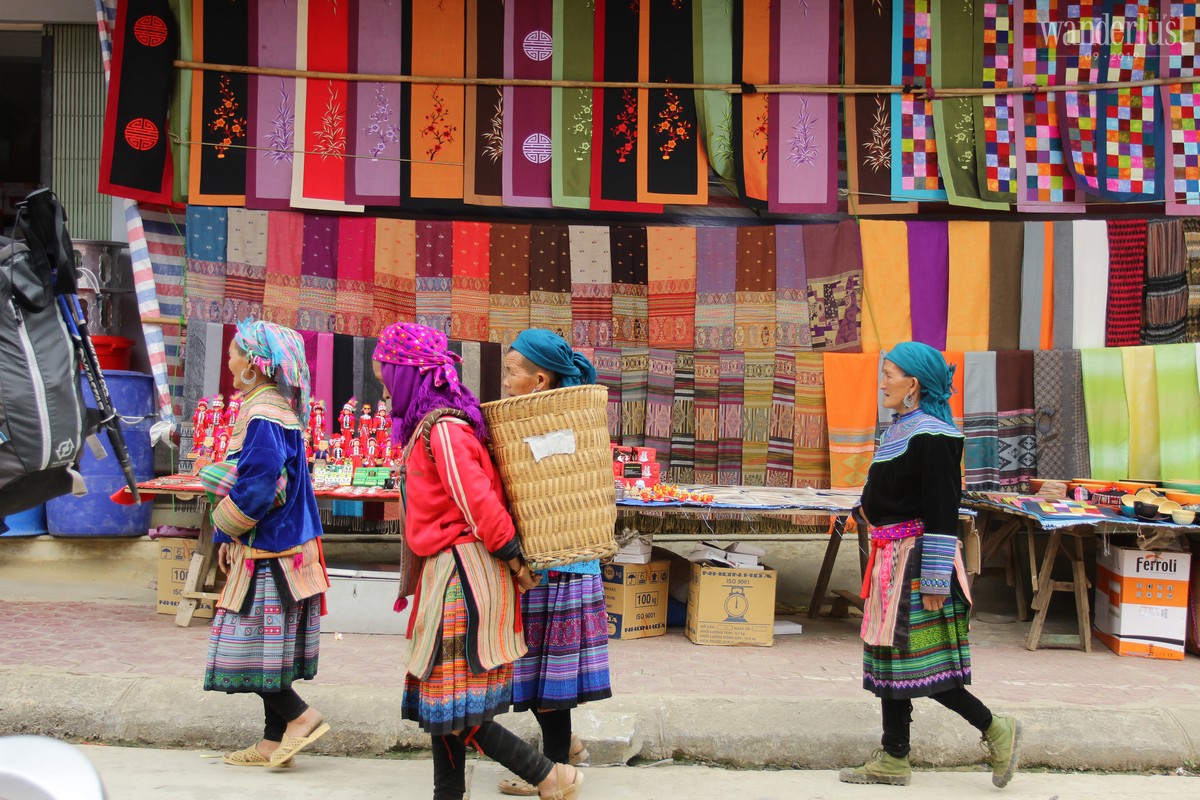
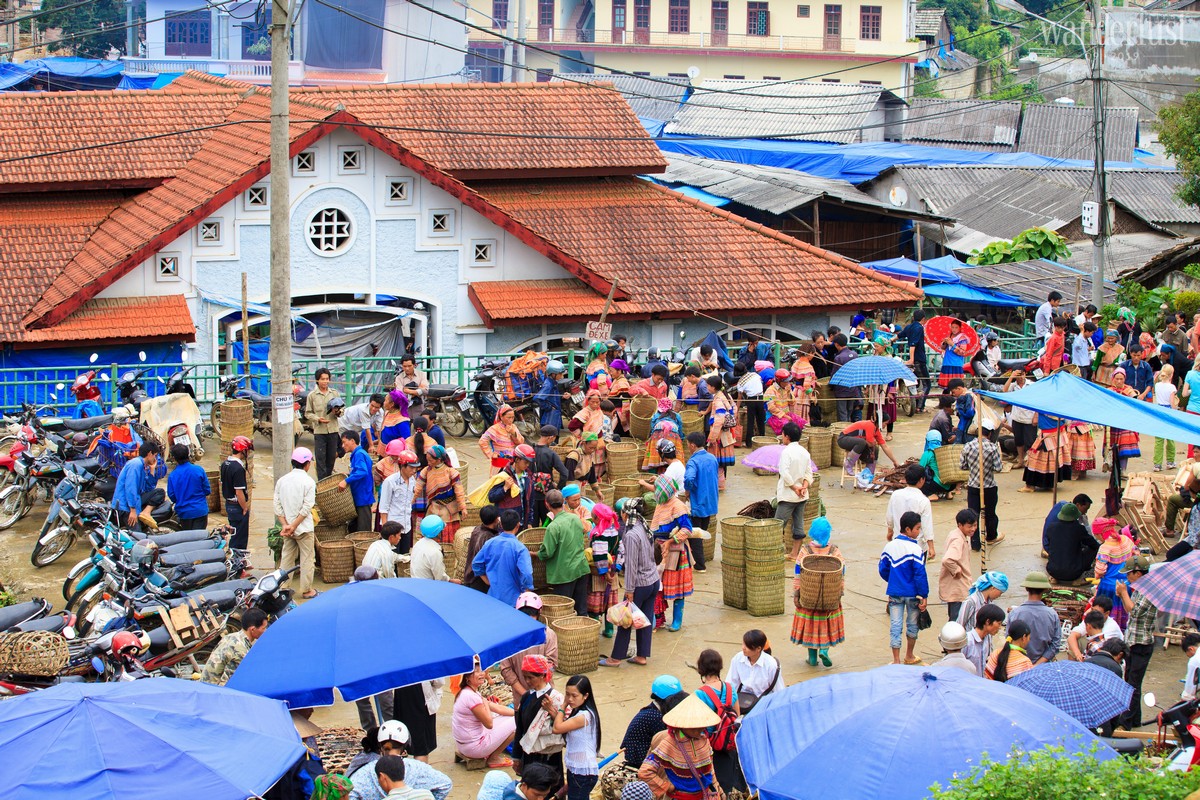
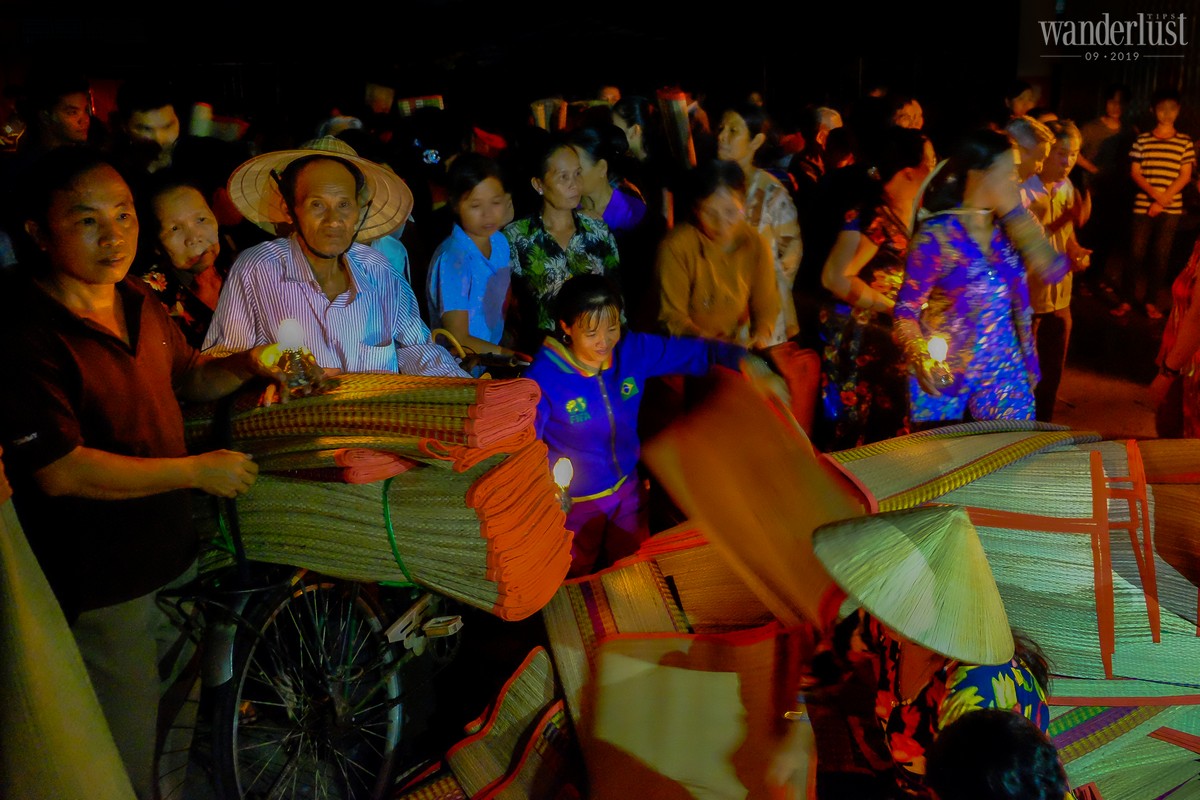
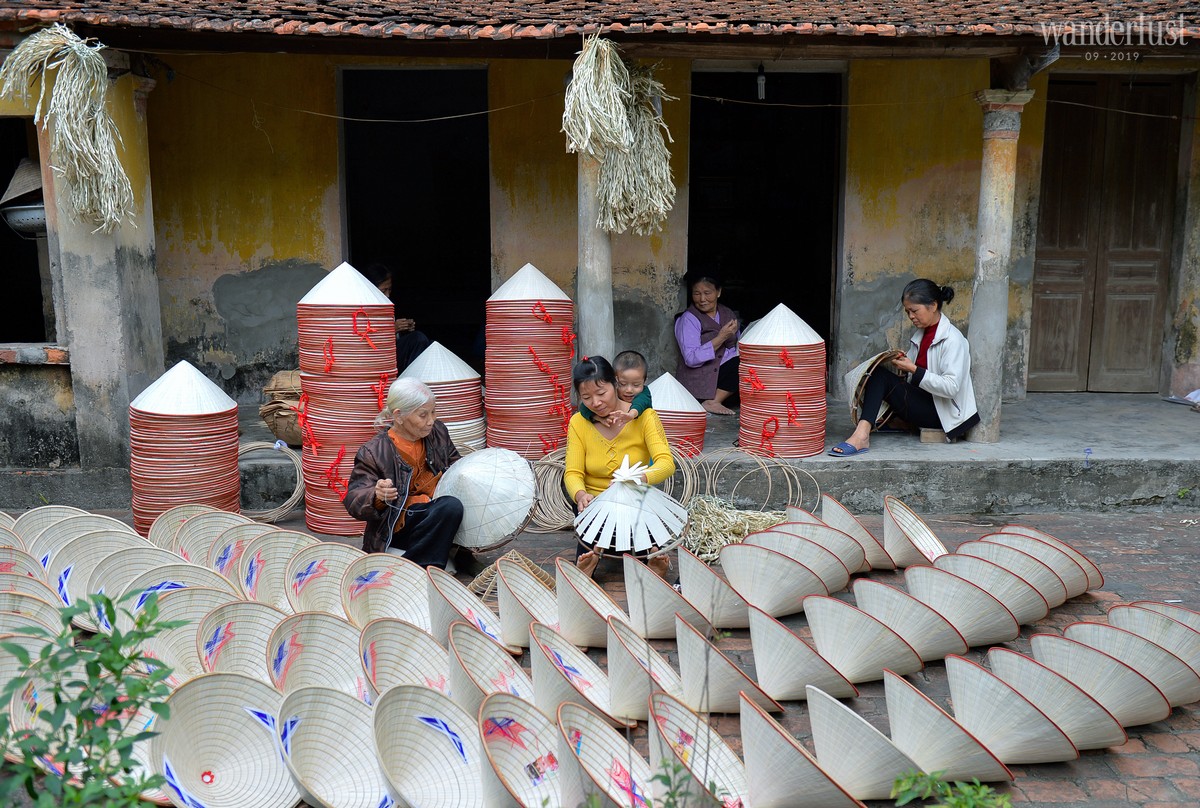
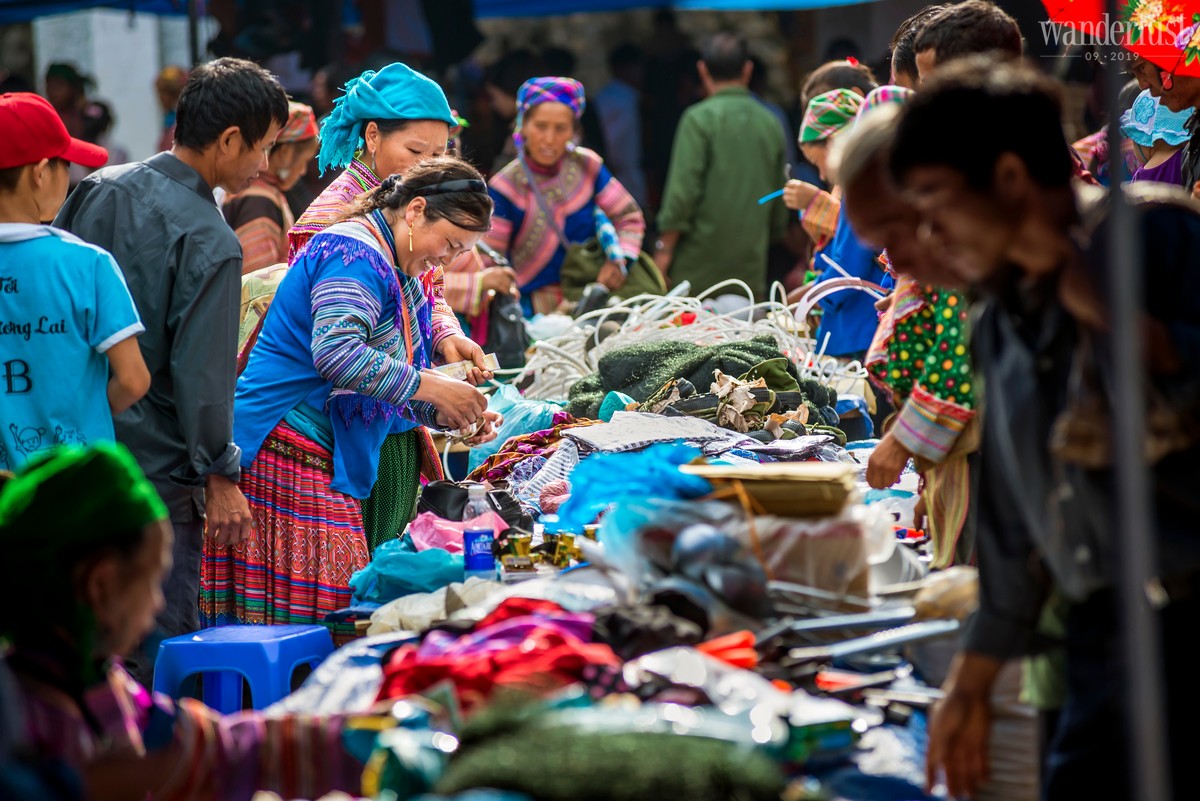
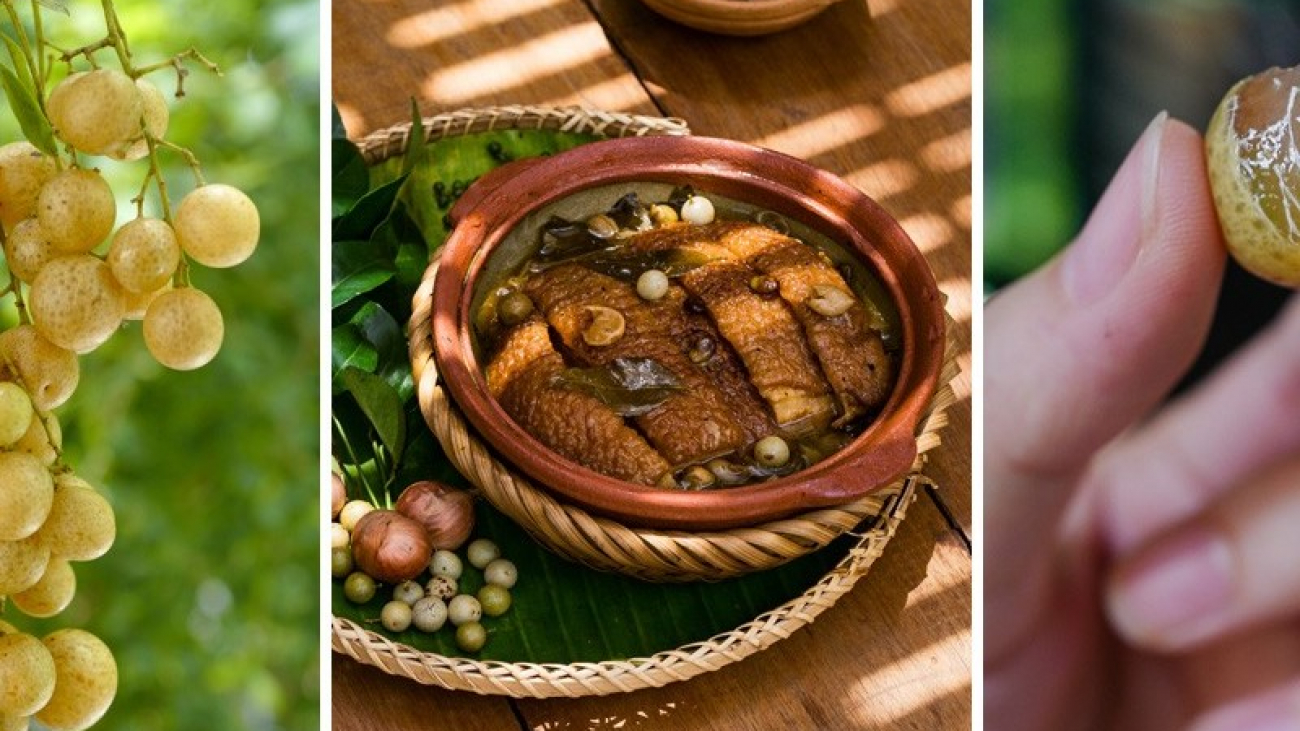
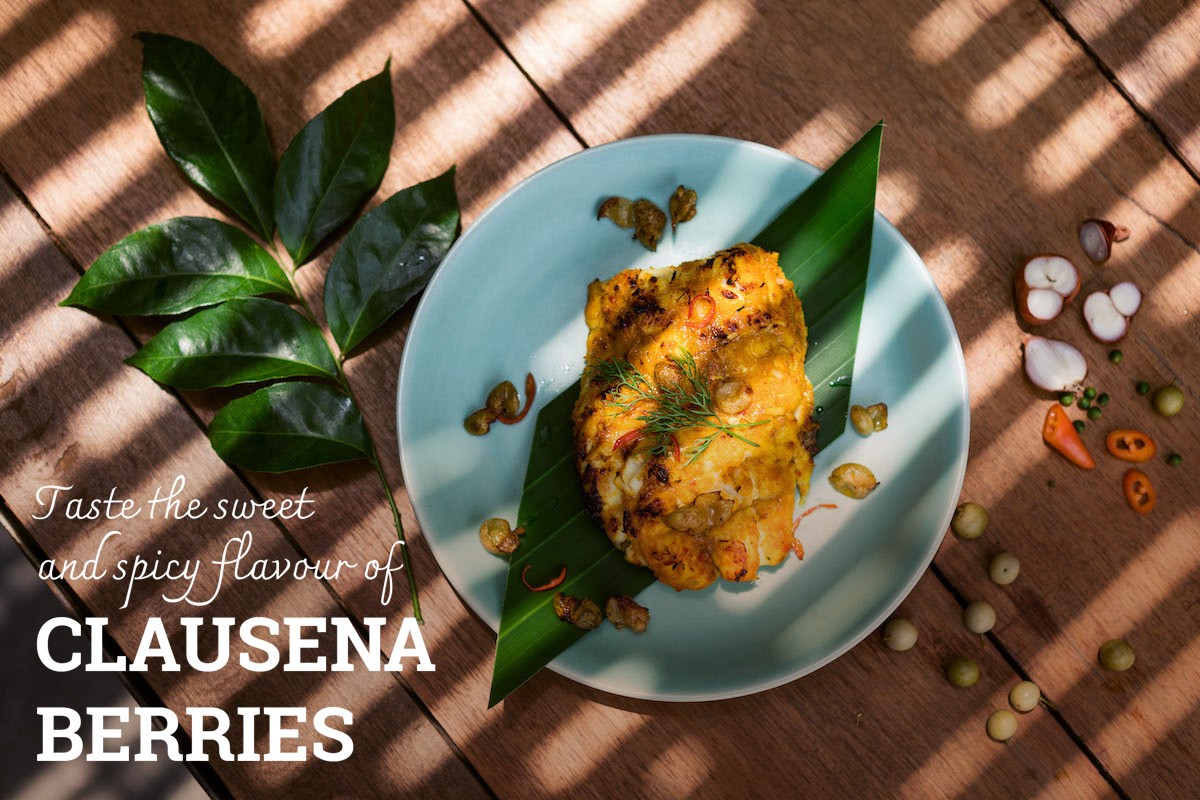
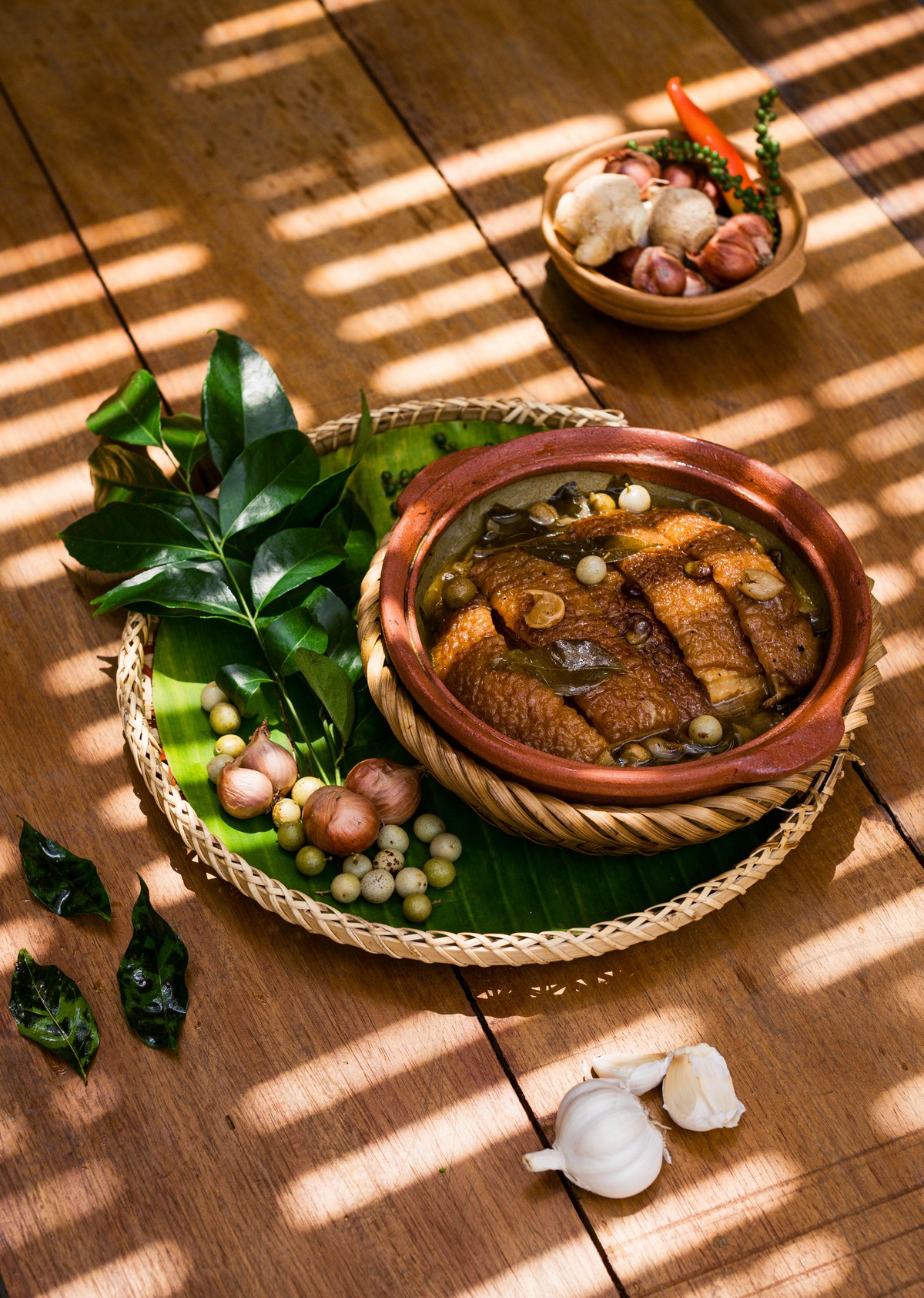 Khau Nhuc flavoured with clausena berries seeds is not as greasy as the original recipe. People make many holes in the pork belly skin and then fry until the skin turns a crisp golden brown. However, interestingly, the unique sweetness of the fresh berries blended with the meaty aromas of braised pork belly has brought diners a rich flavour of wild nature. The dish is glorious with a sprinkle of milled pepper and best enjoyed with a bowl of white rice.
Khau Nhuc flavoured with clausena berries seeds is not as greasy as the original recipe. People make many holes in the pork belly skin and then fry until the skin turns a crisp golden brown. However, interestingly, the unique sweetness of the fresh berries blended with the meaty aromas of braised pork belly has brought diners a rich flavour of wild nature. The dish is glorious with a sprinkle of milled pepper and best enjoyed with a bowl of white rice.